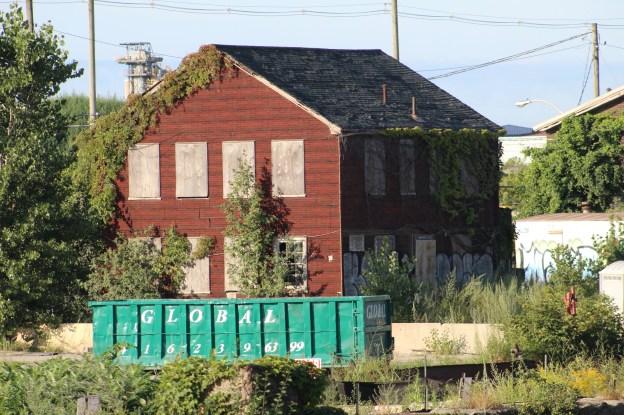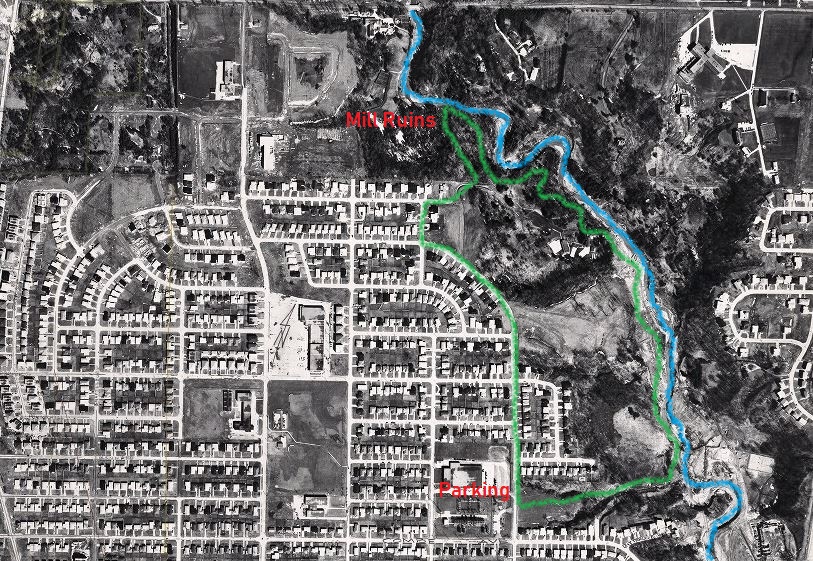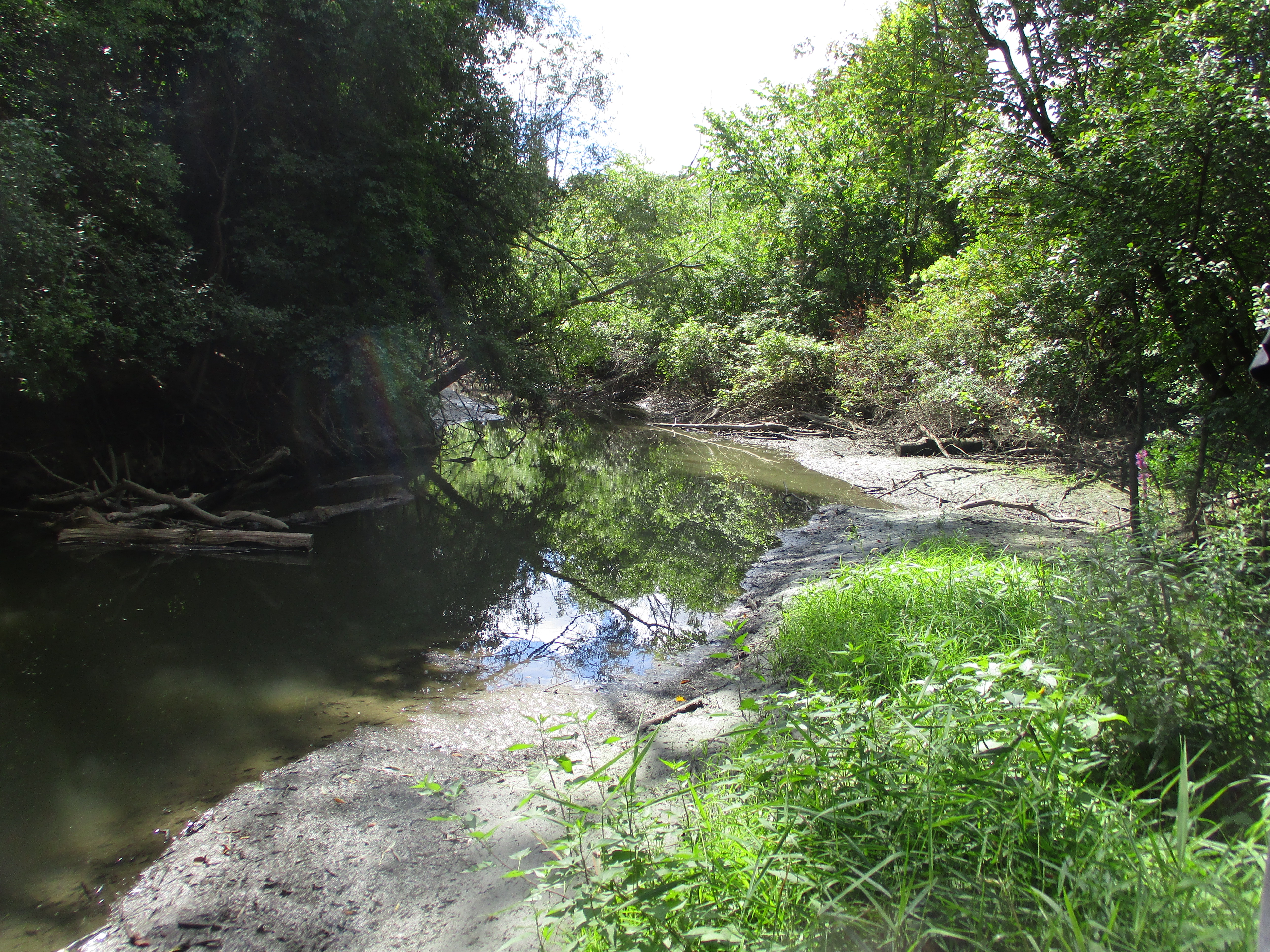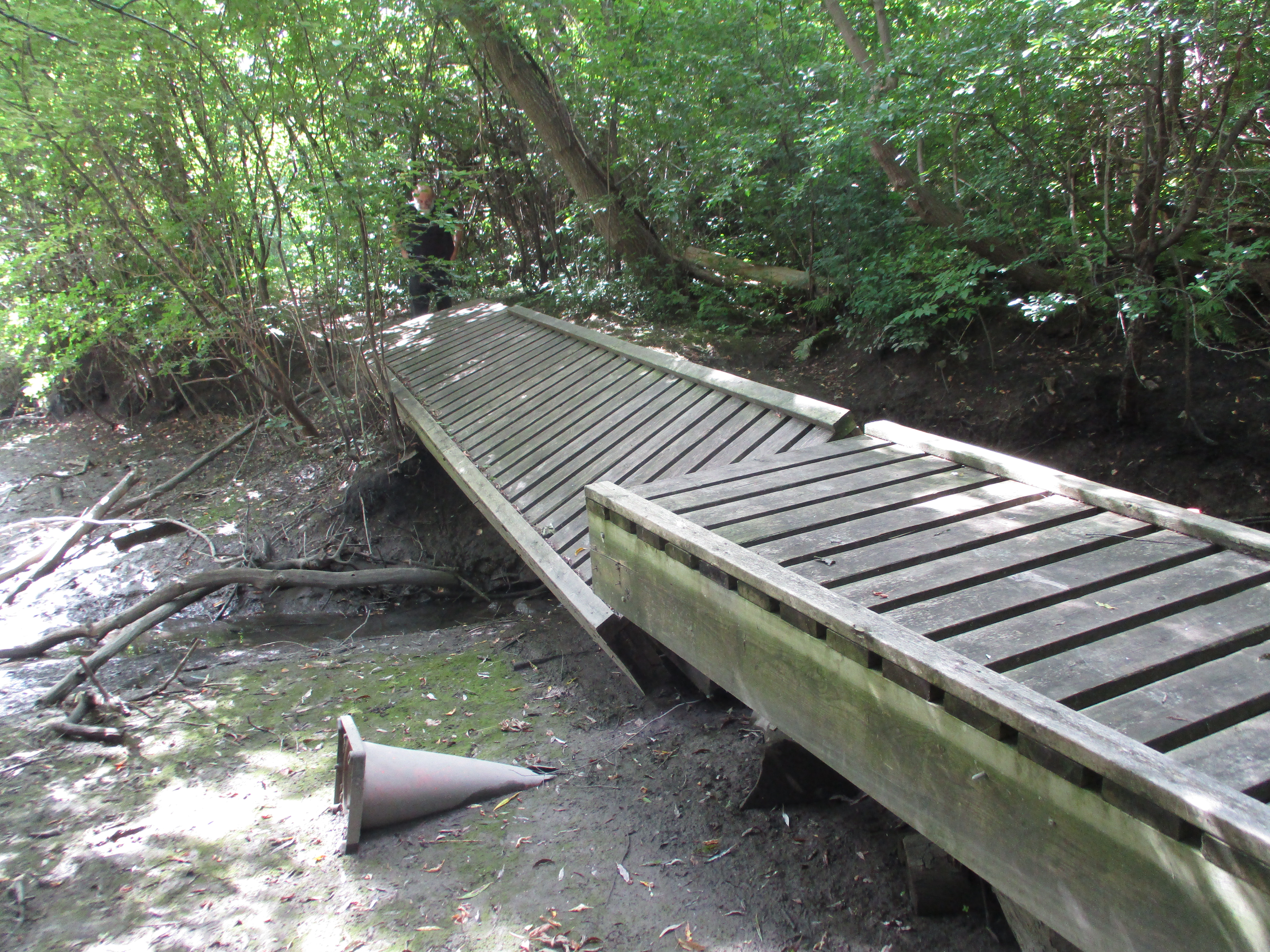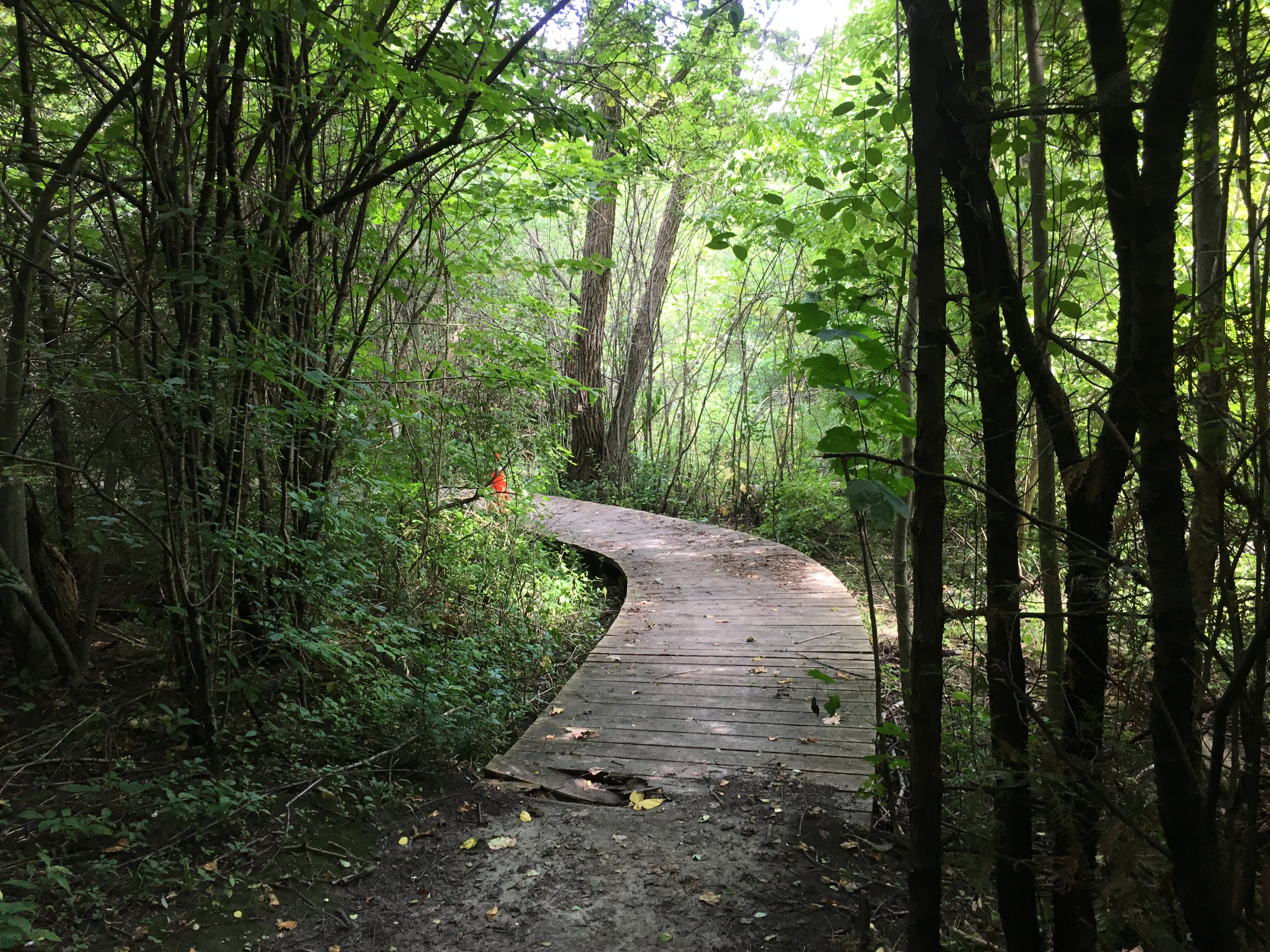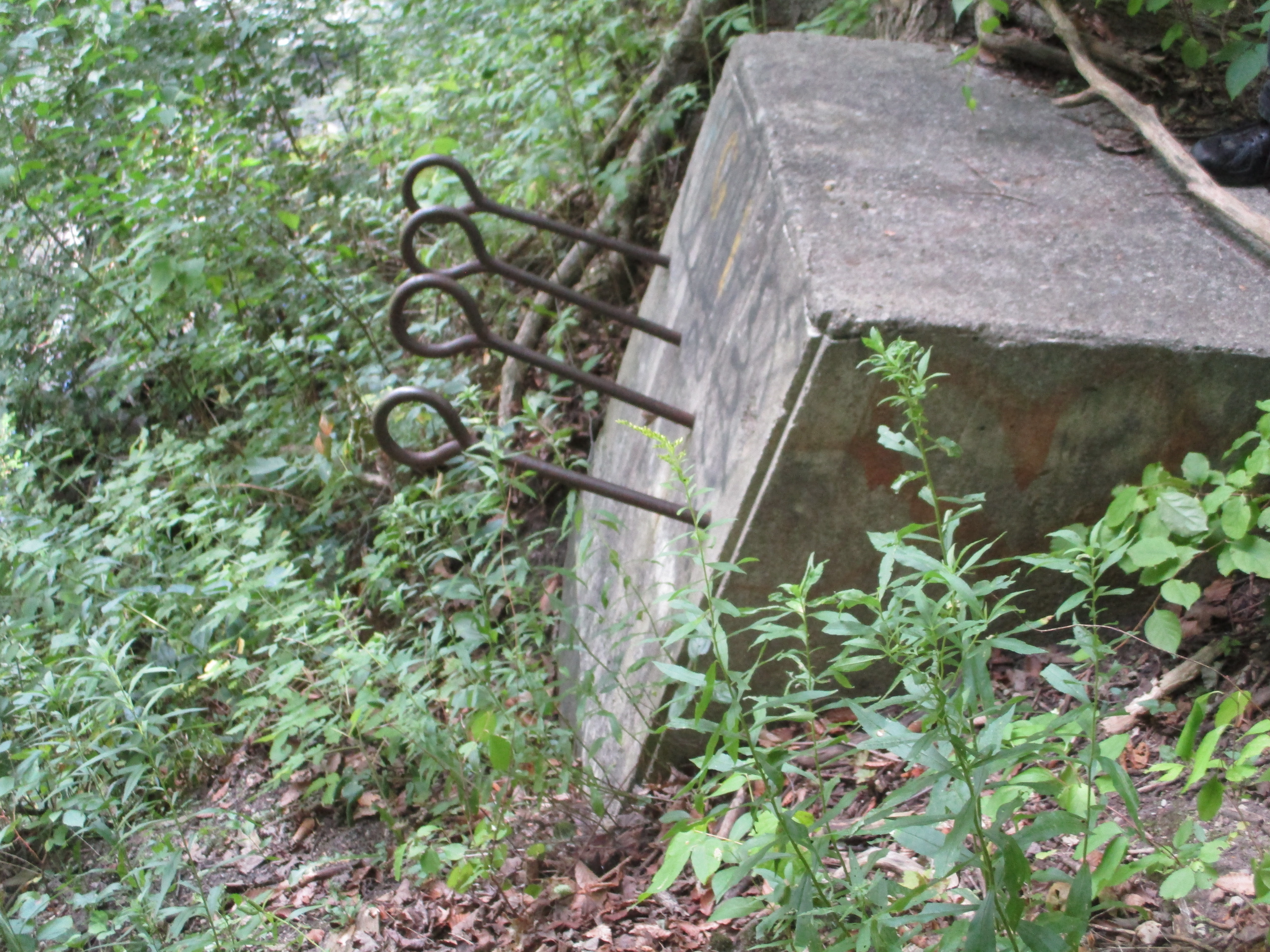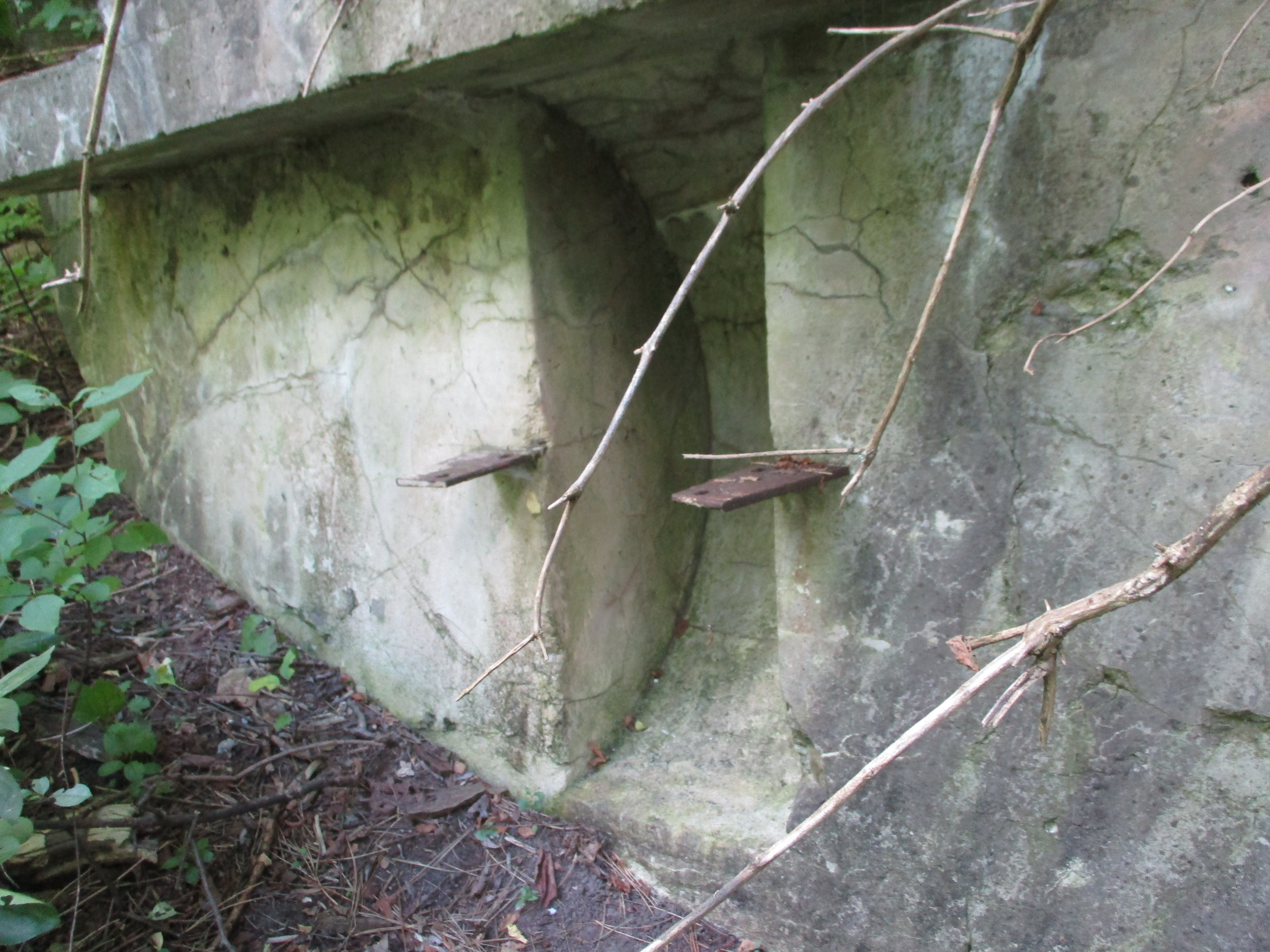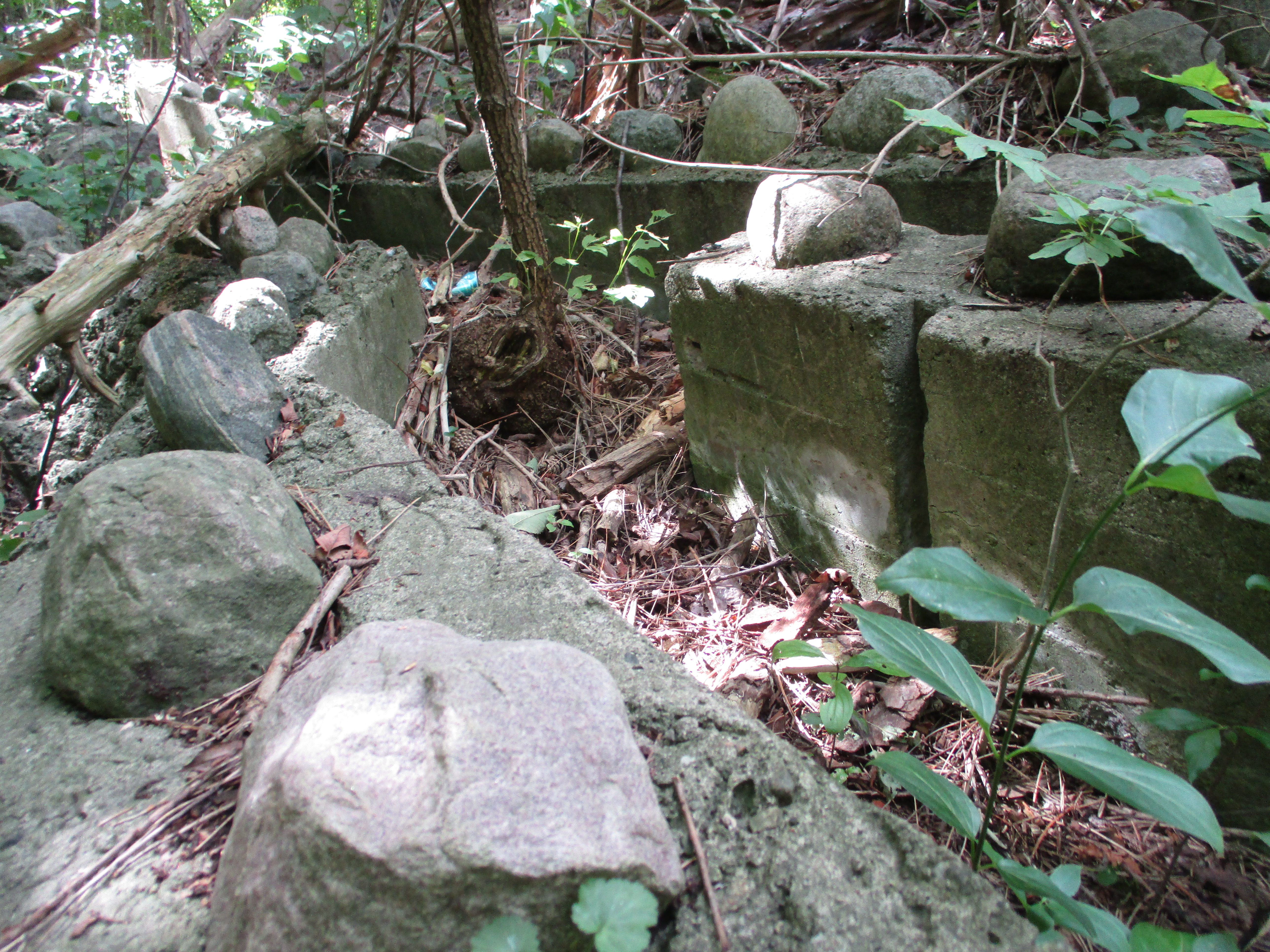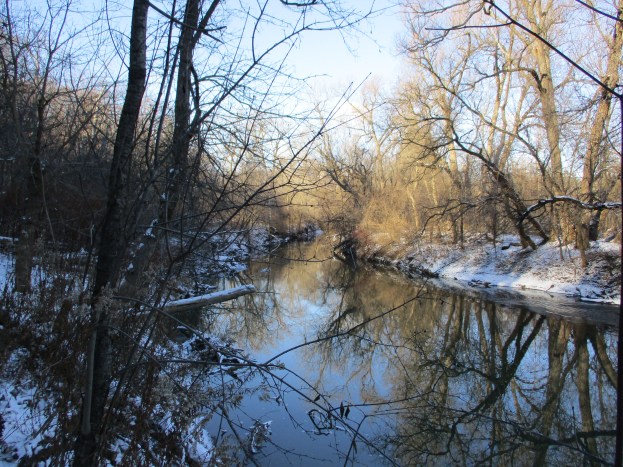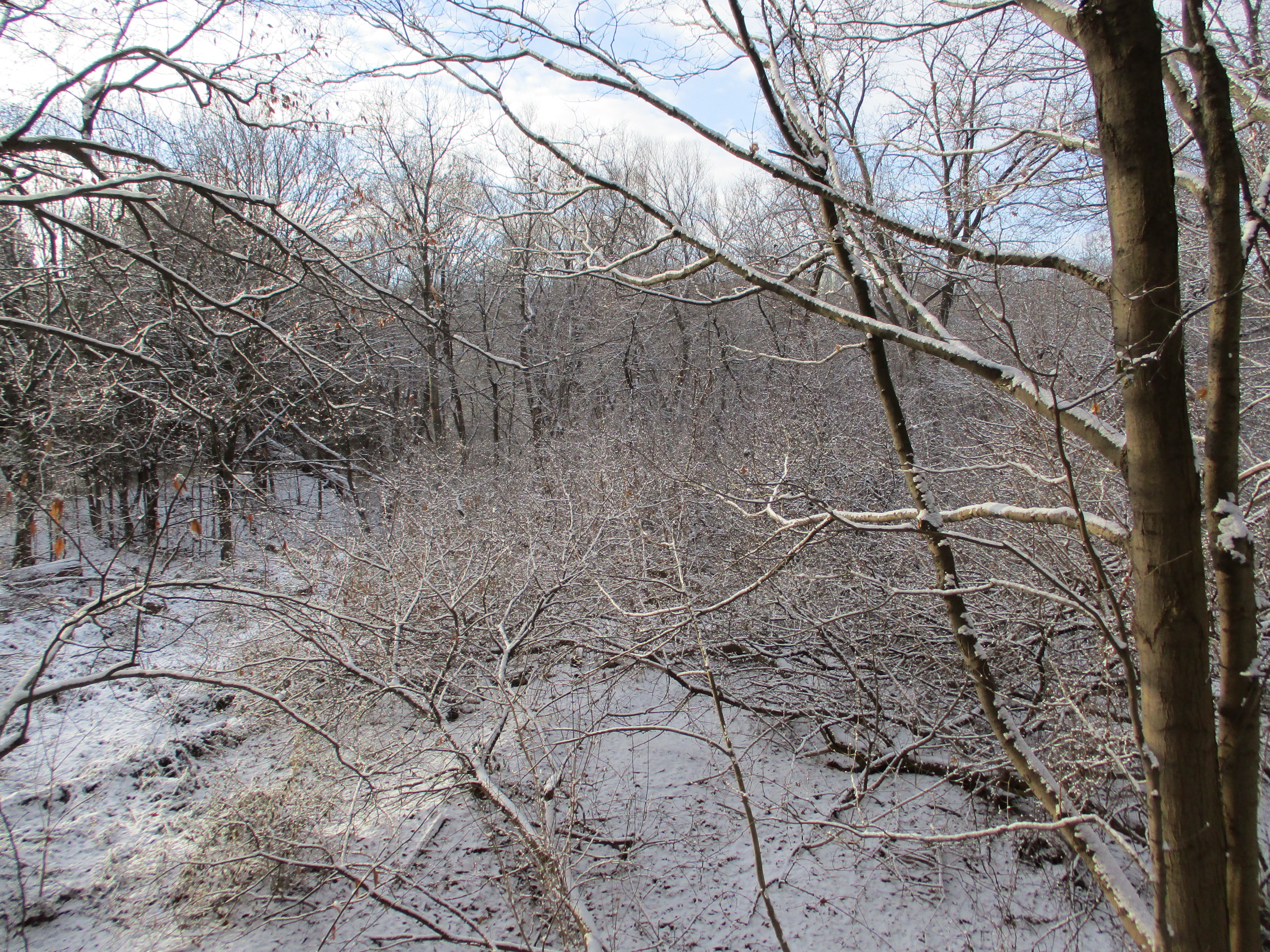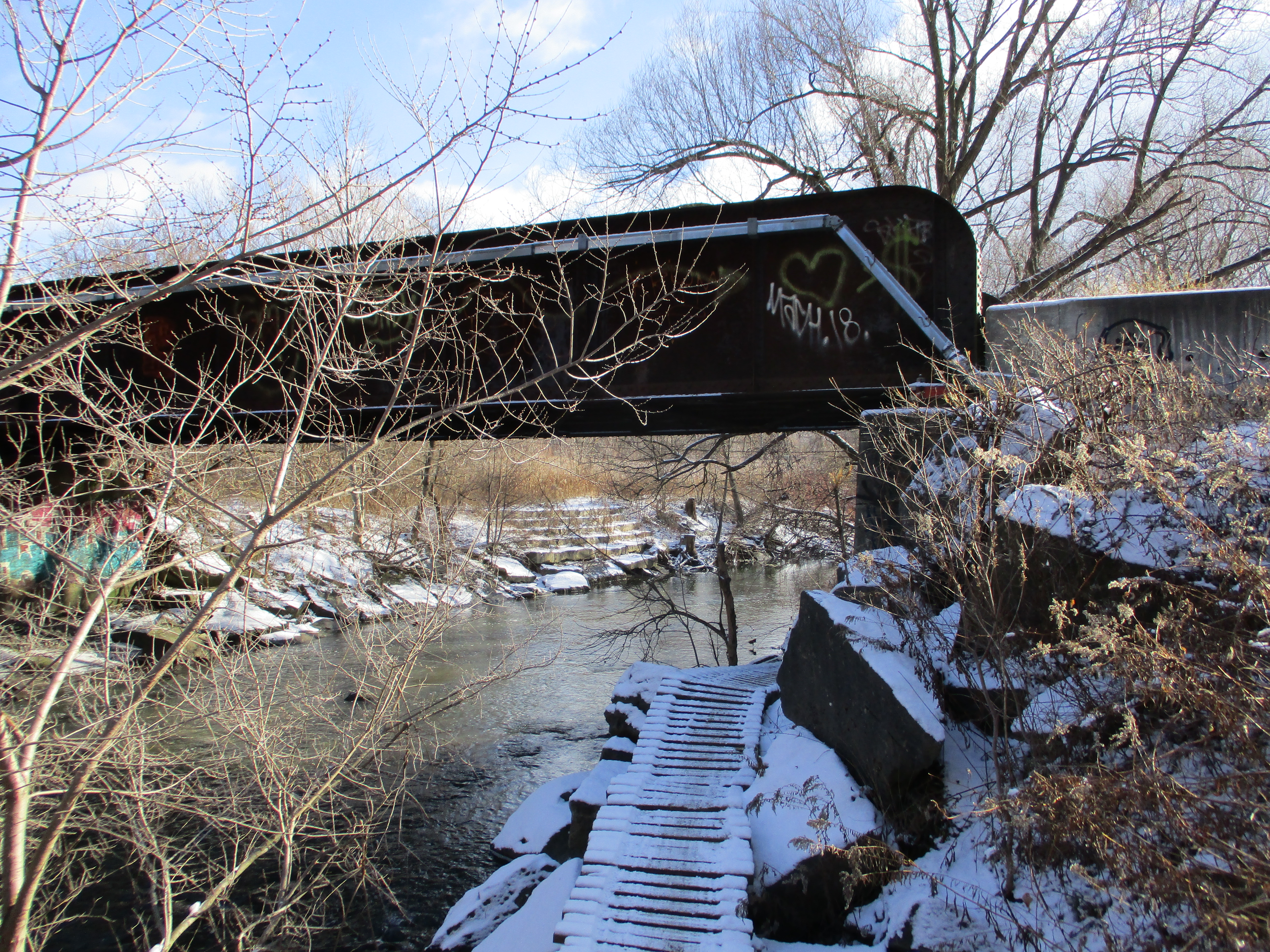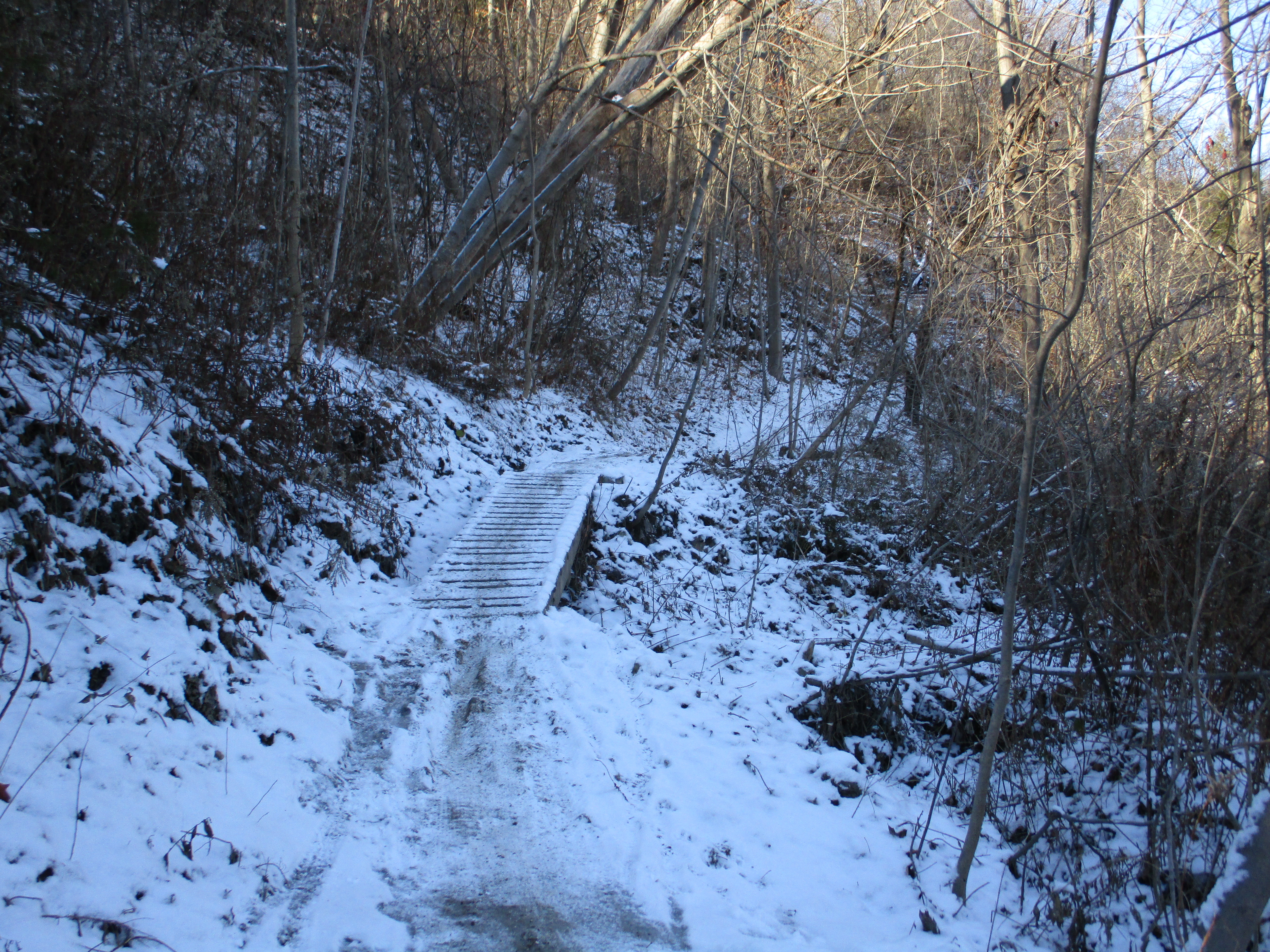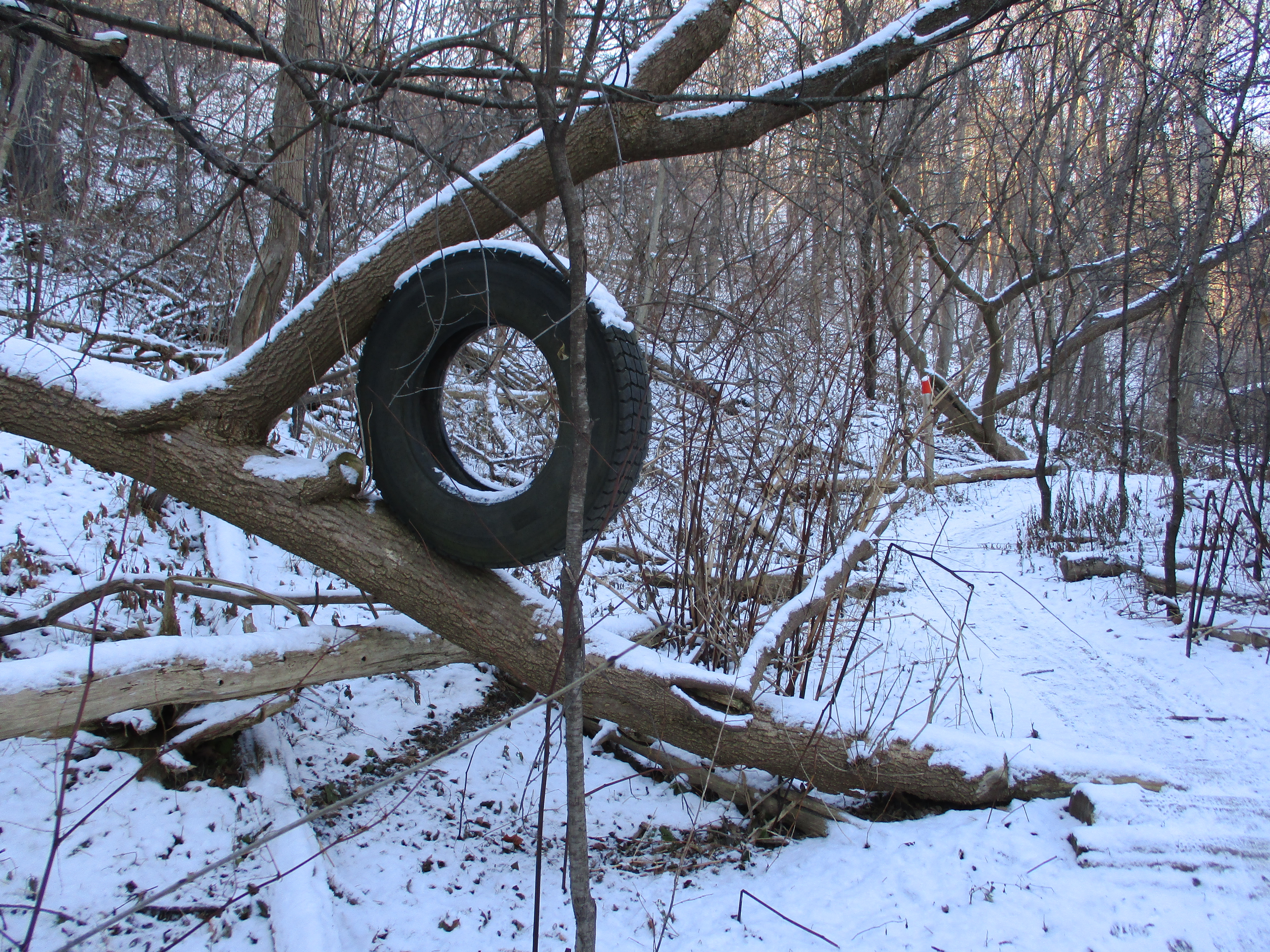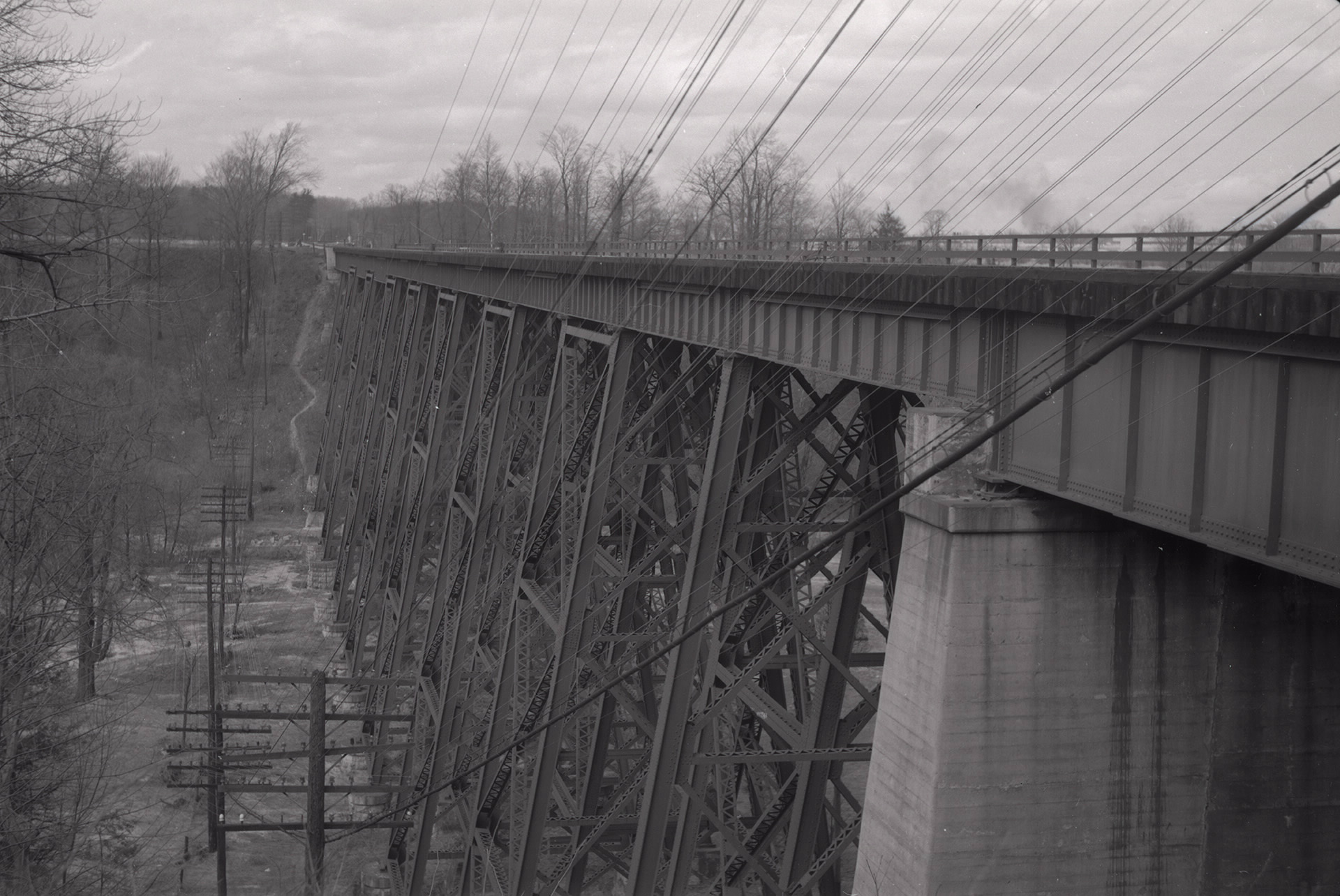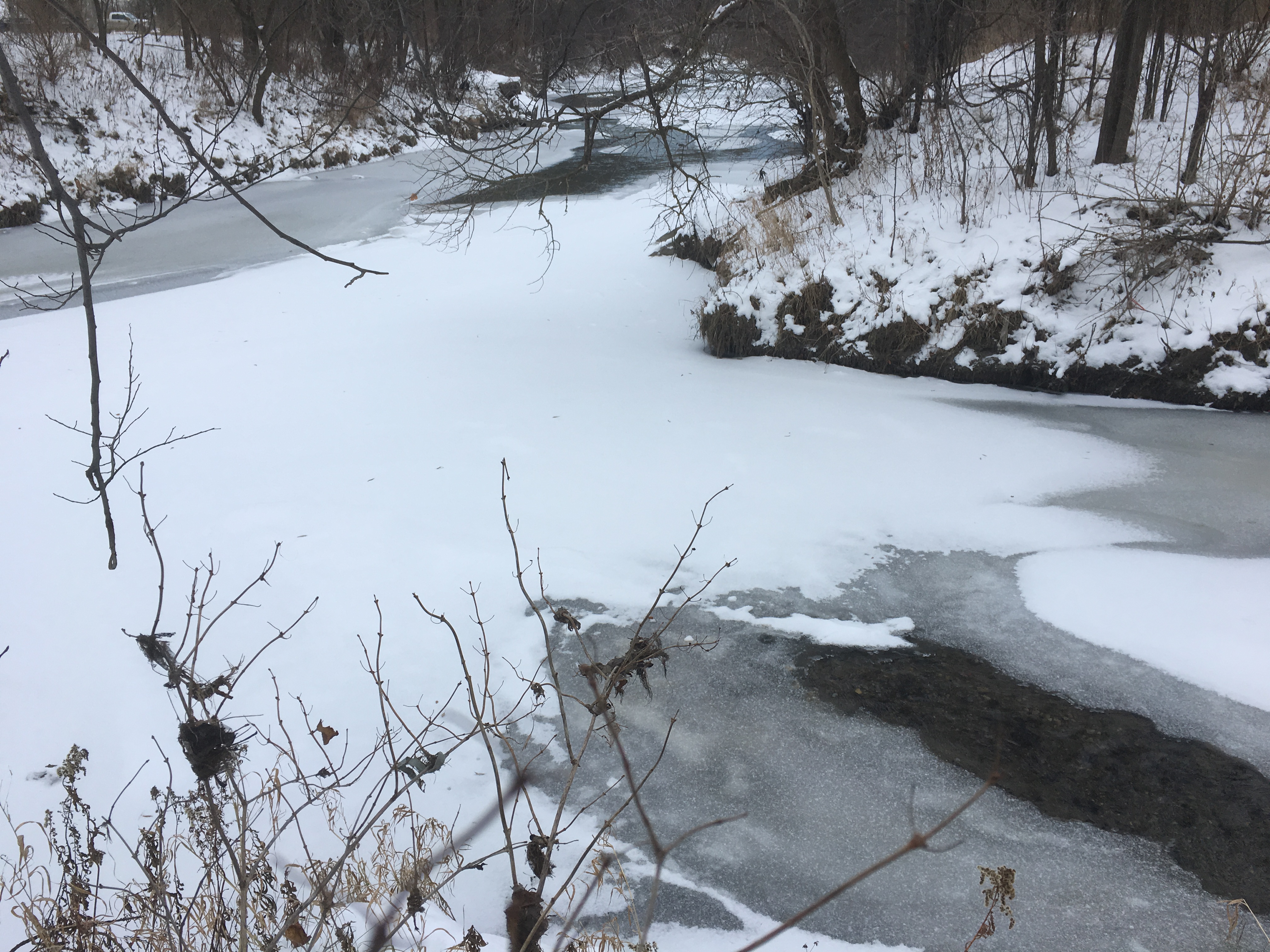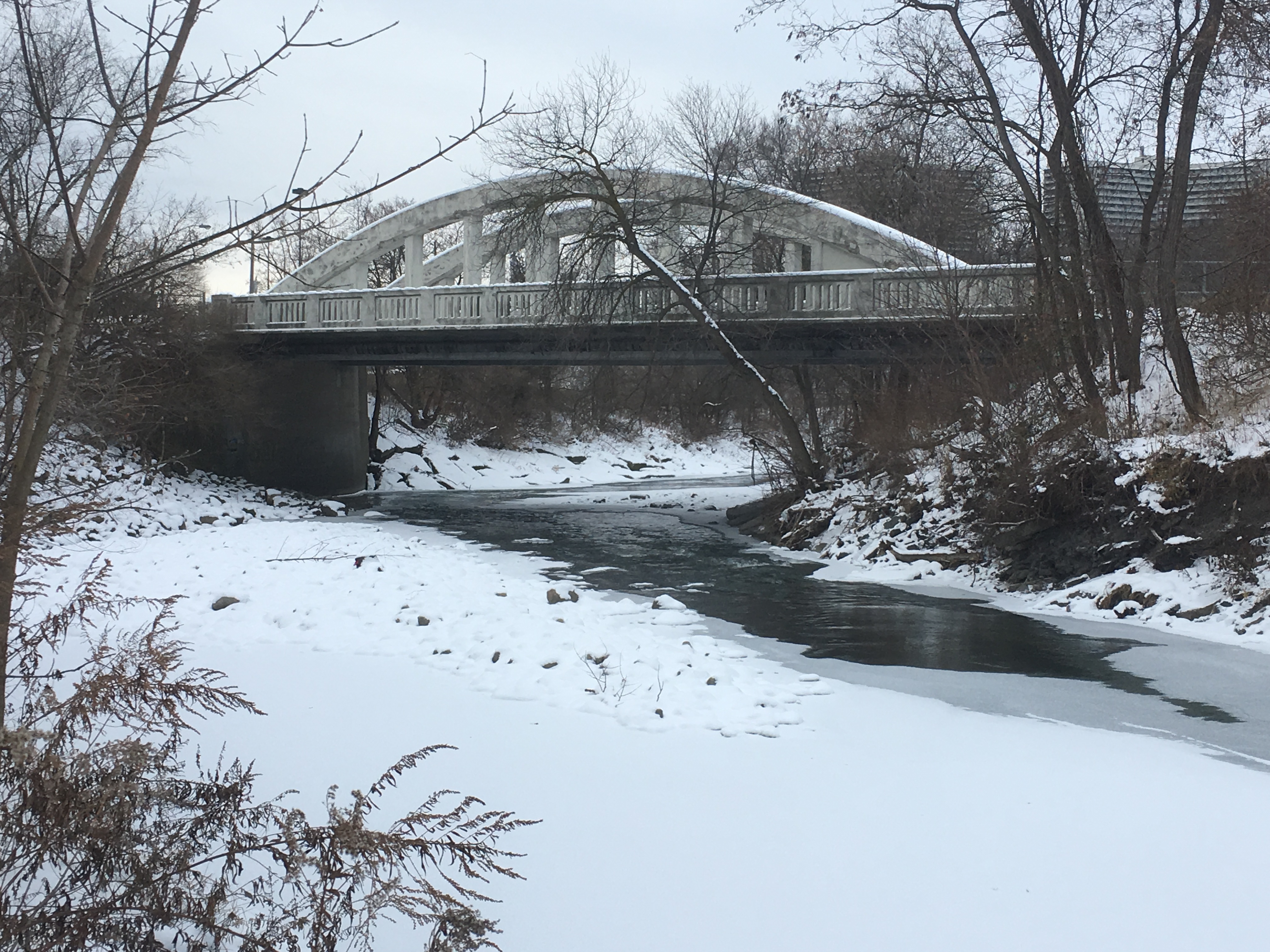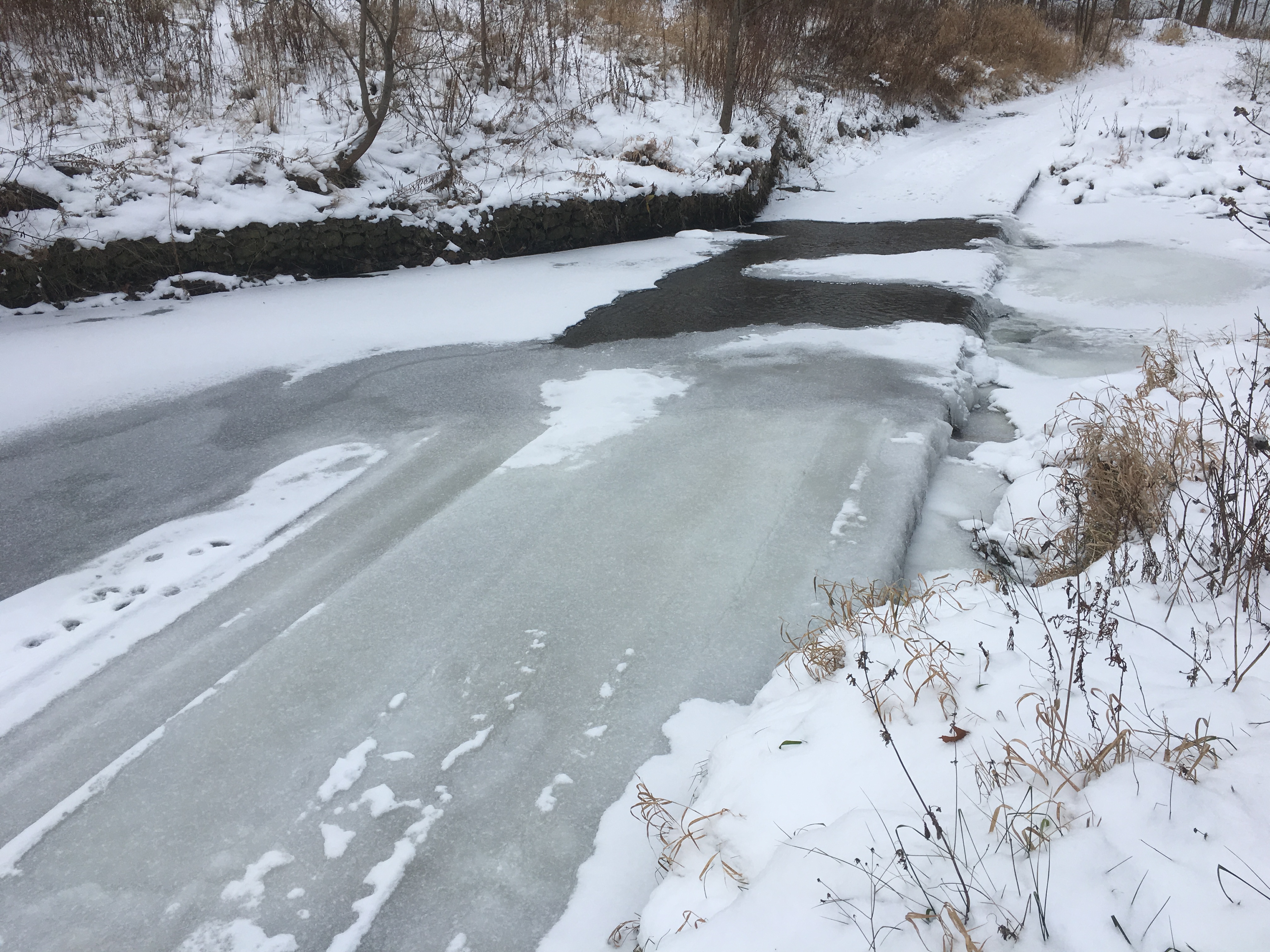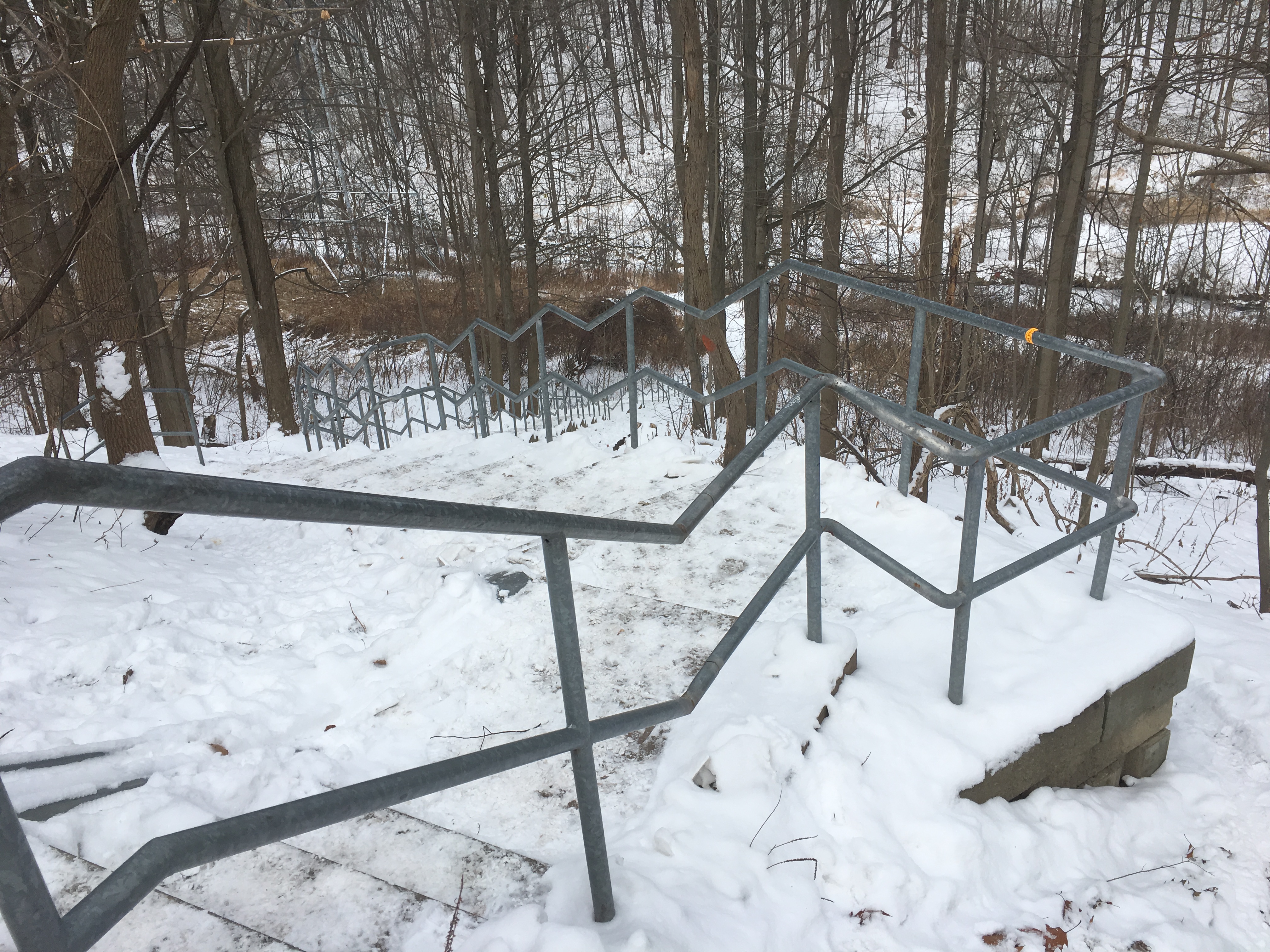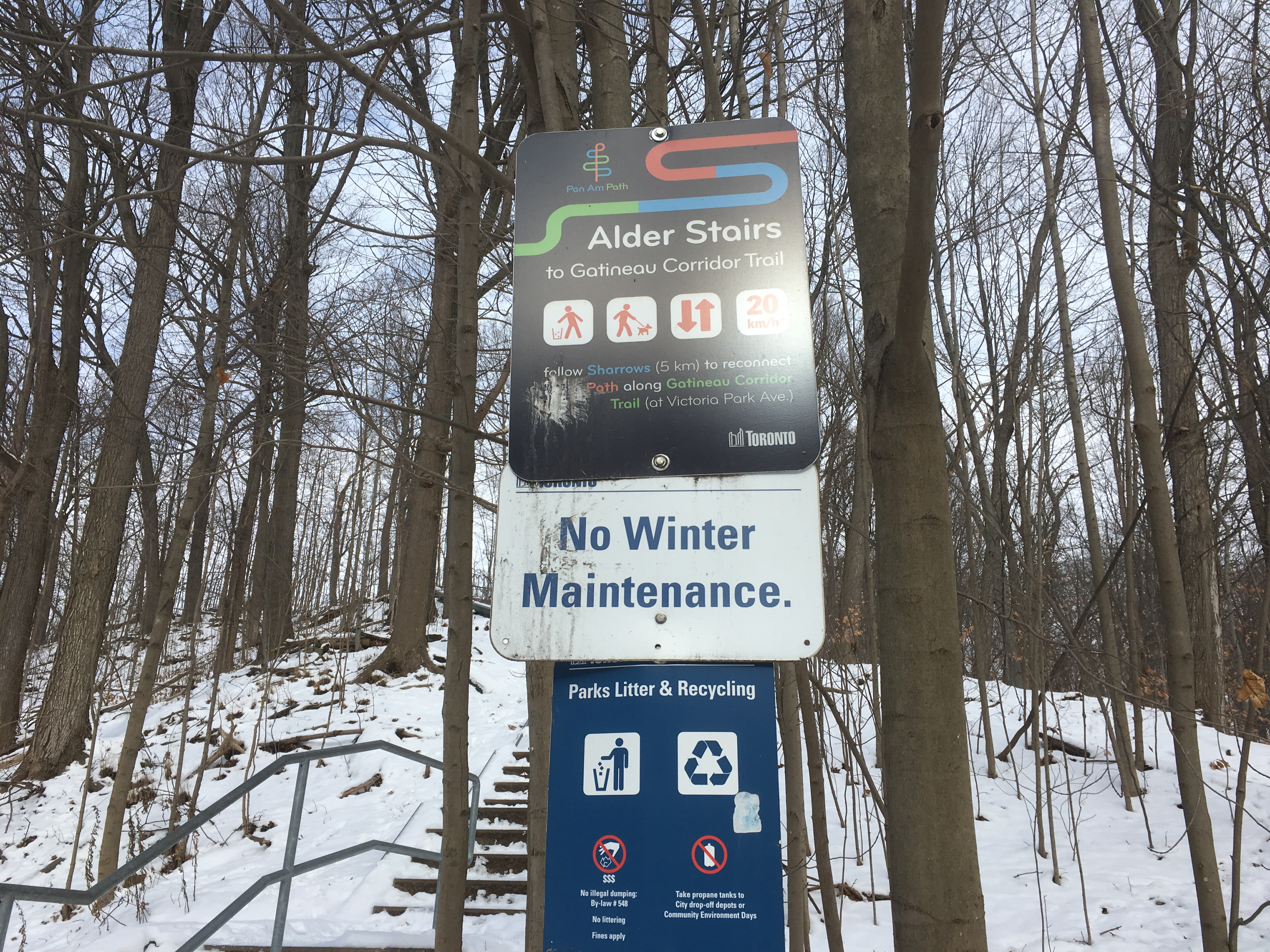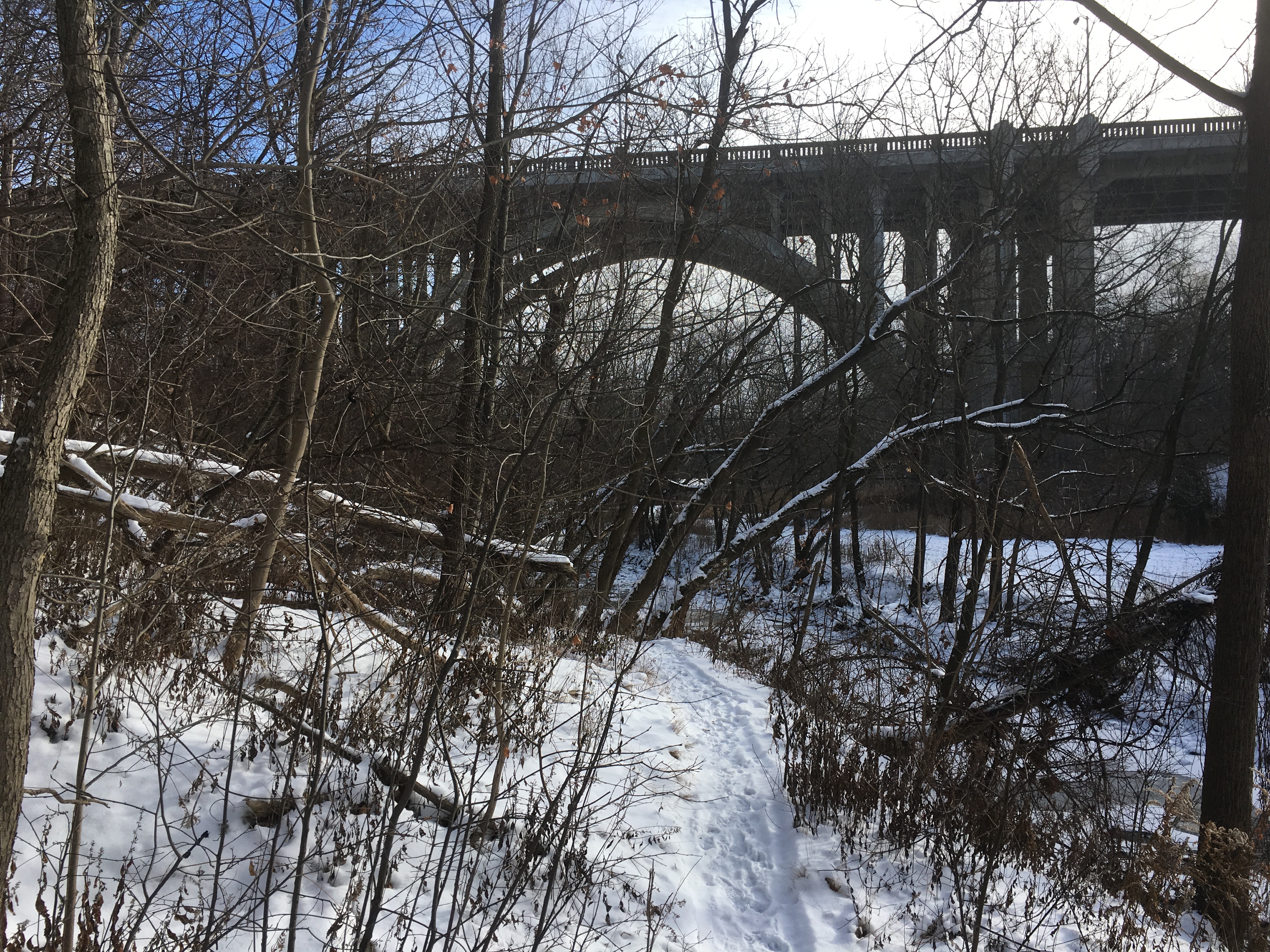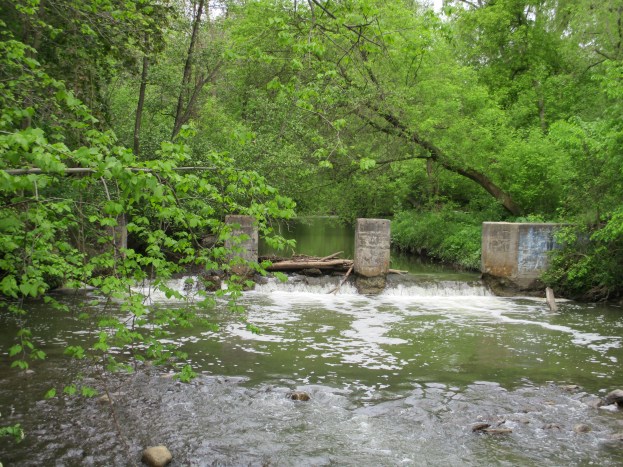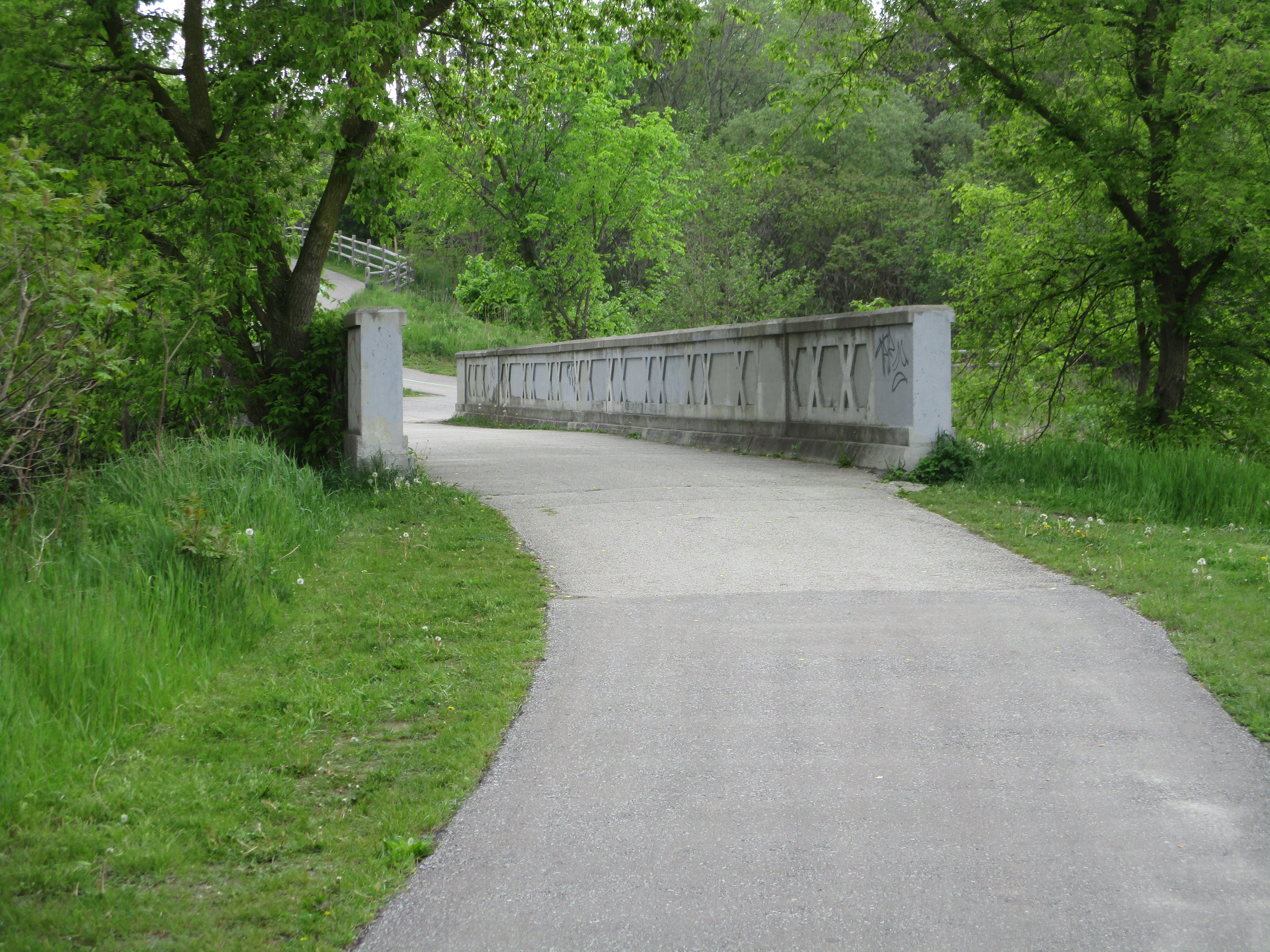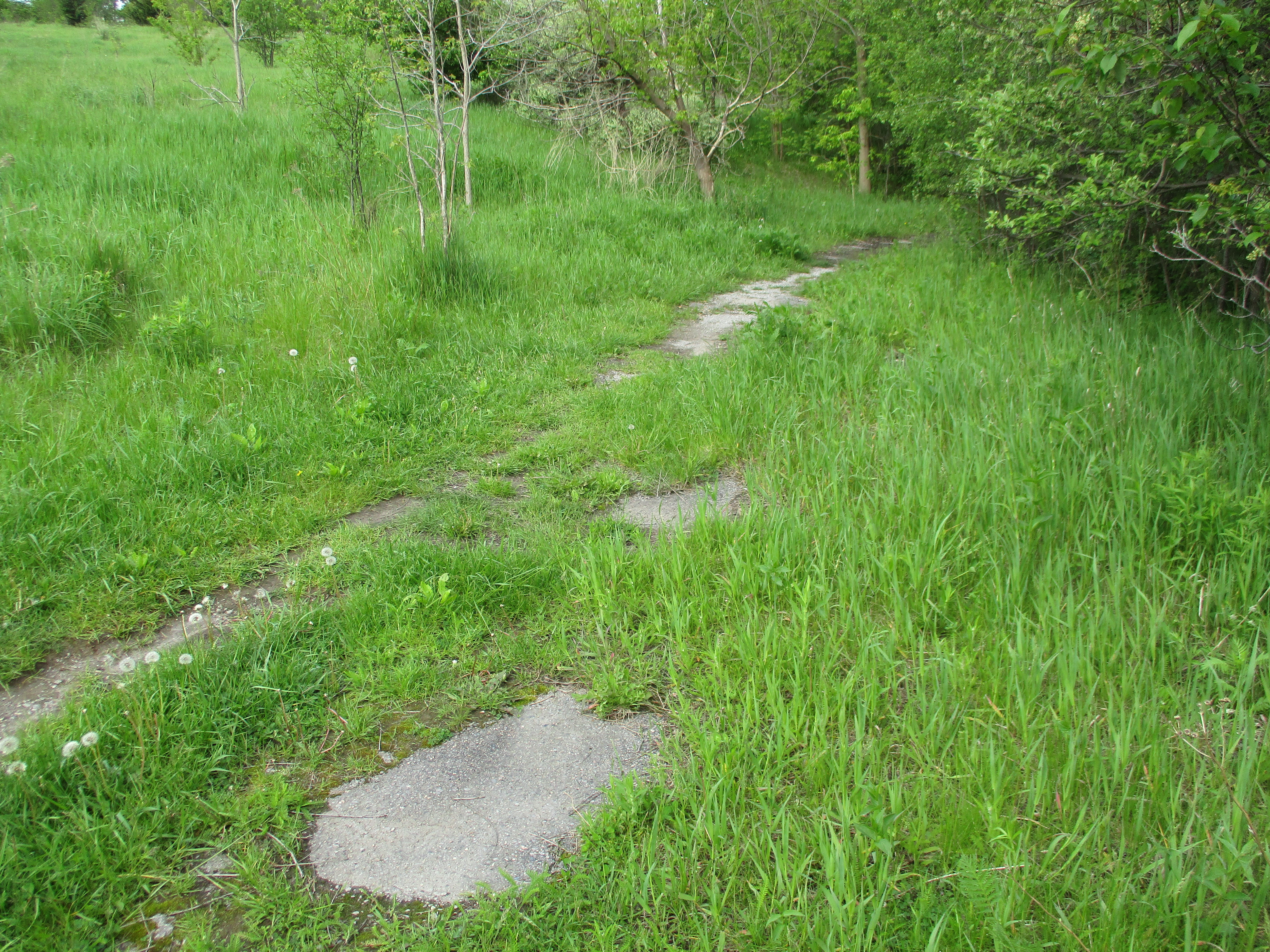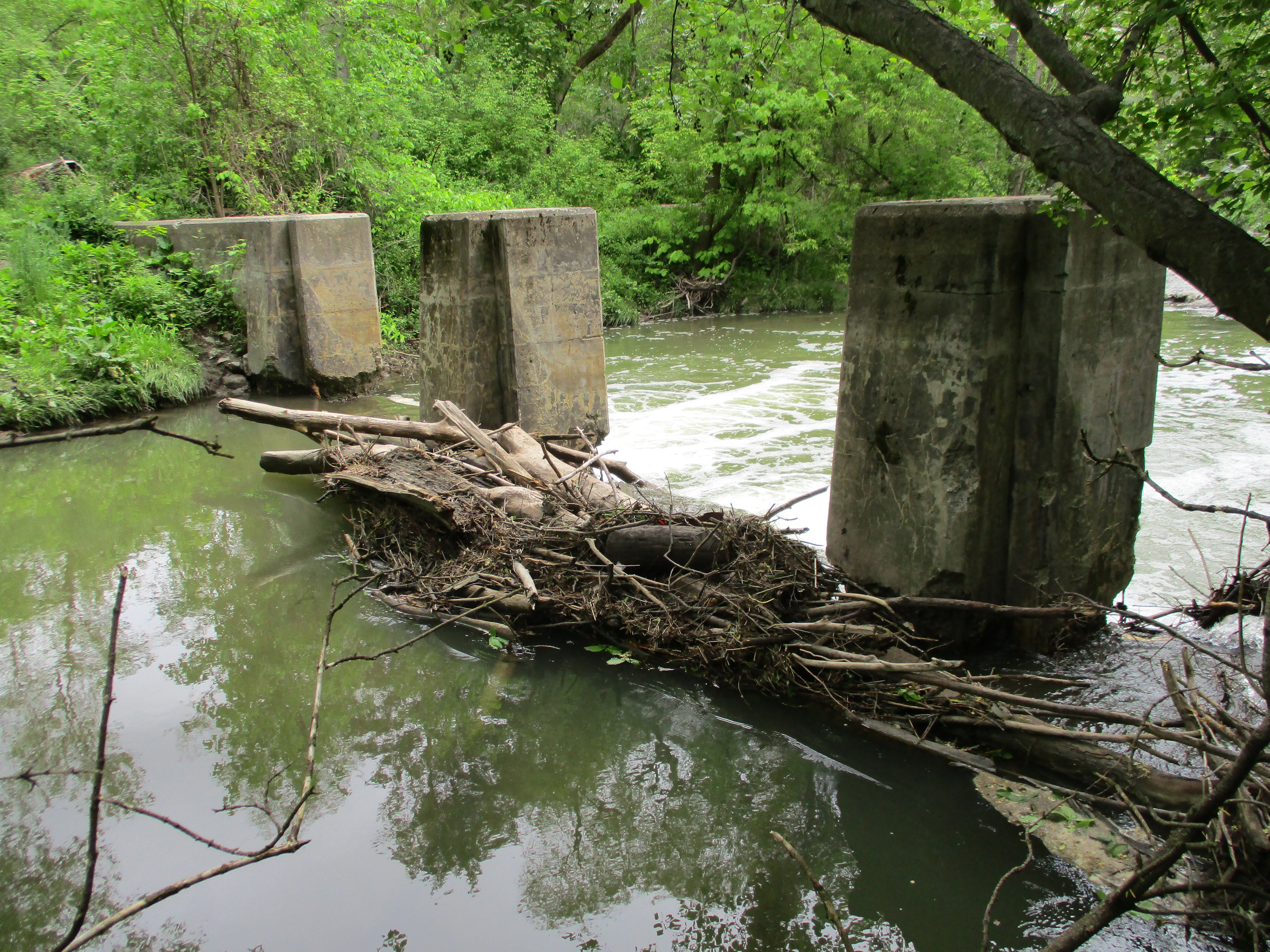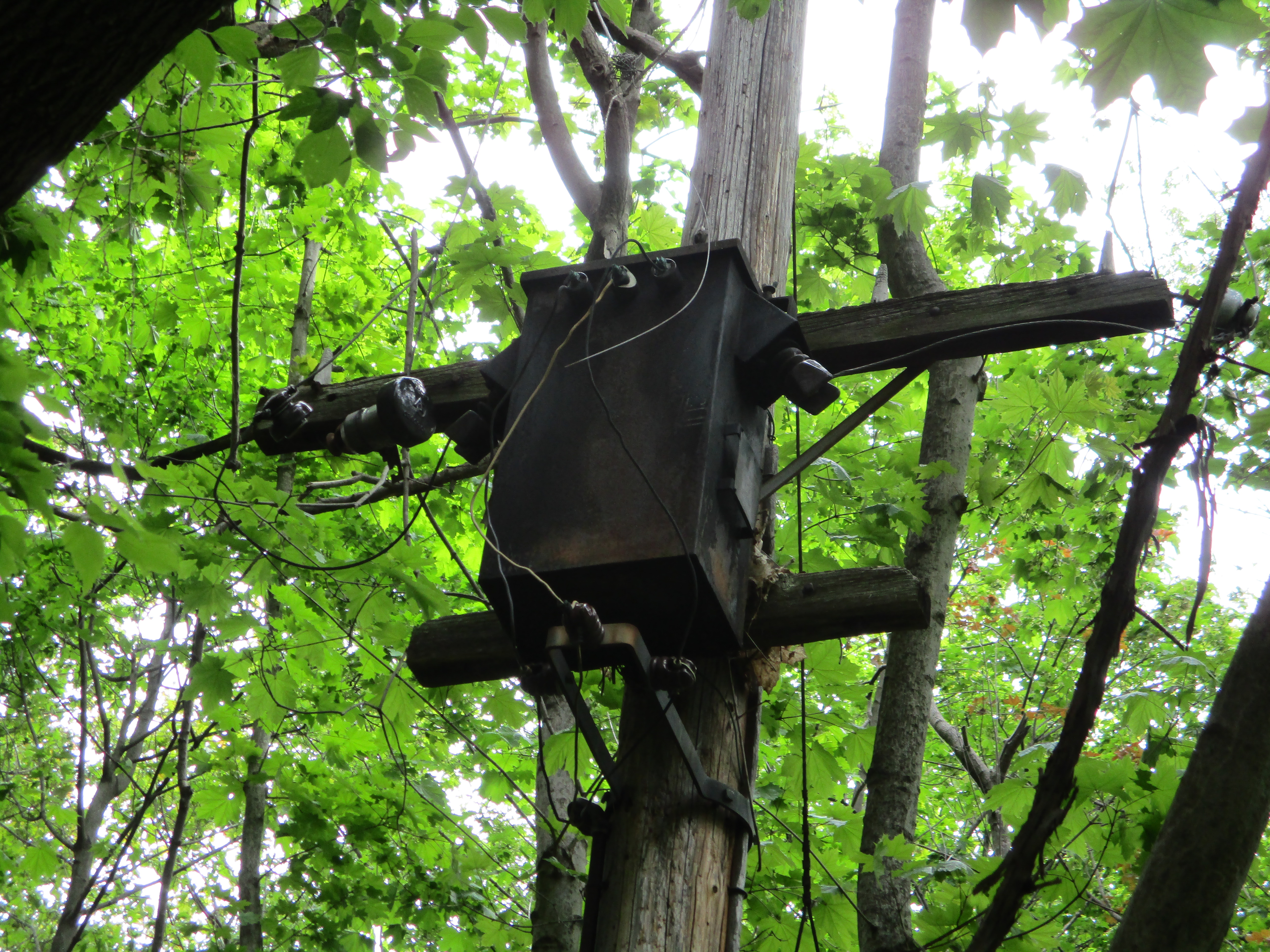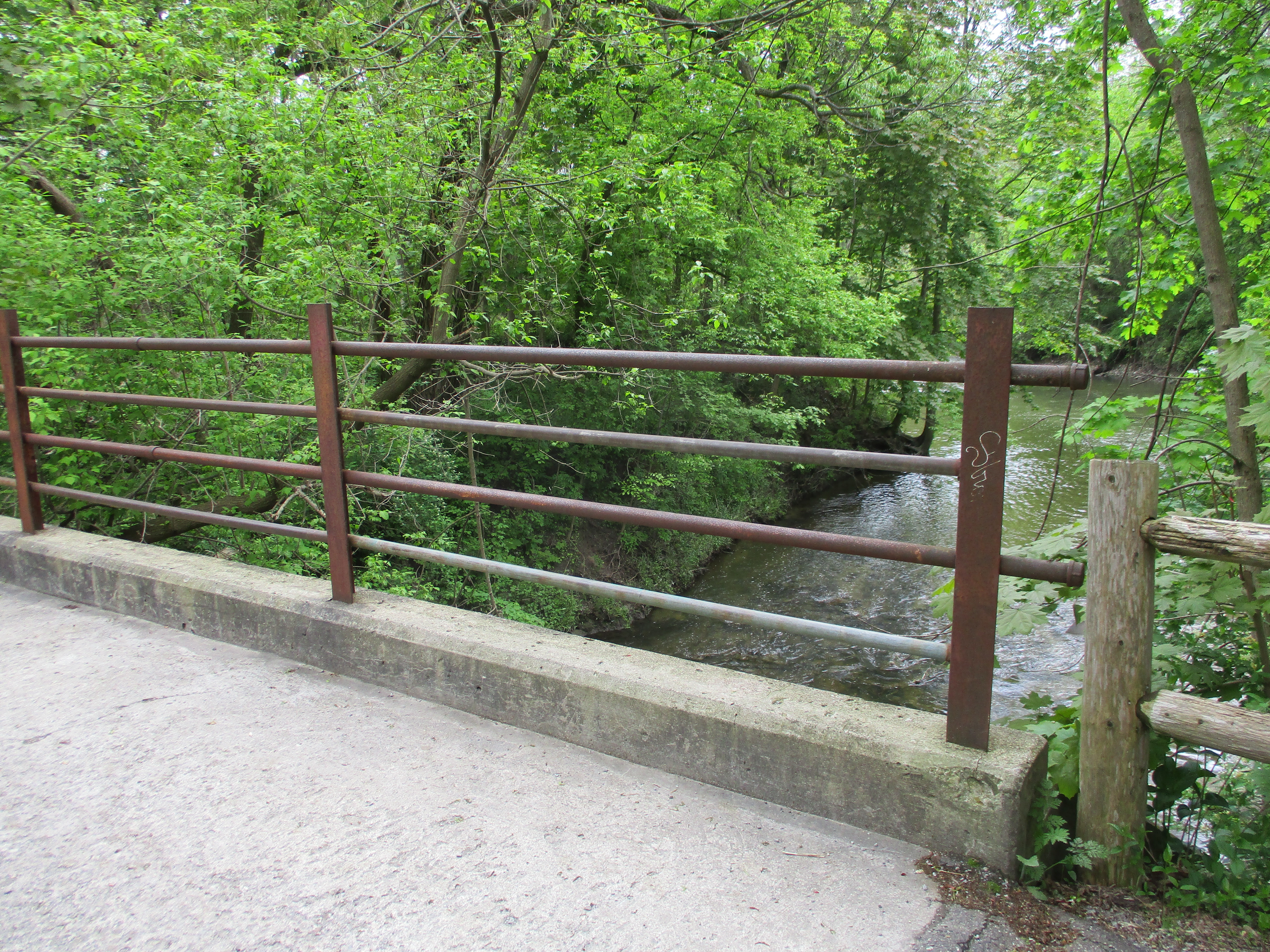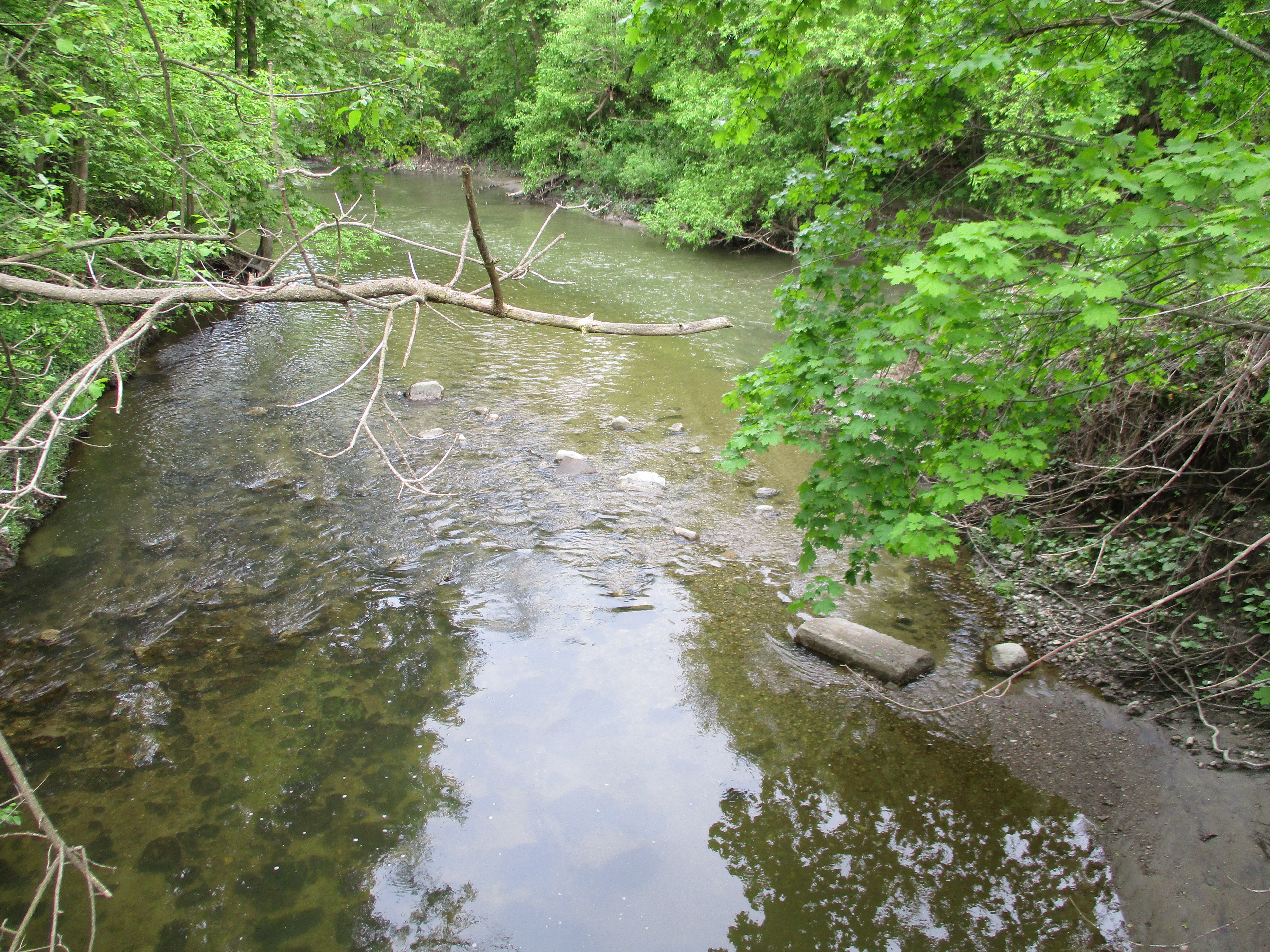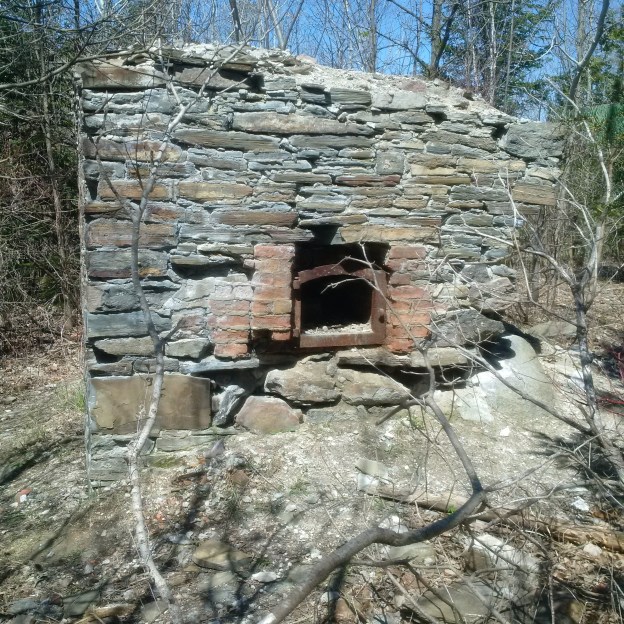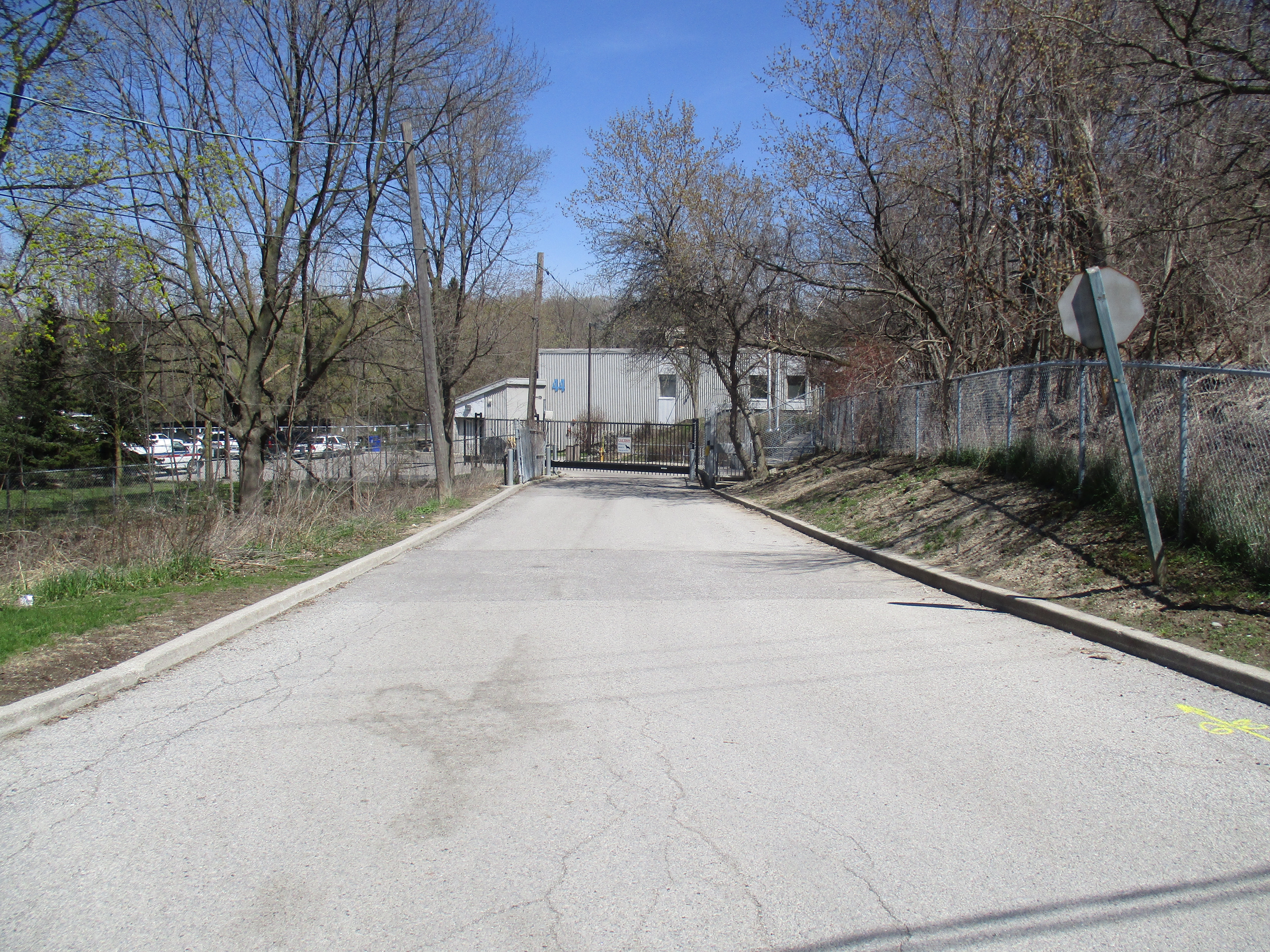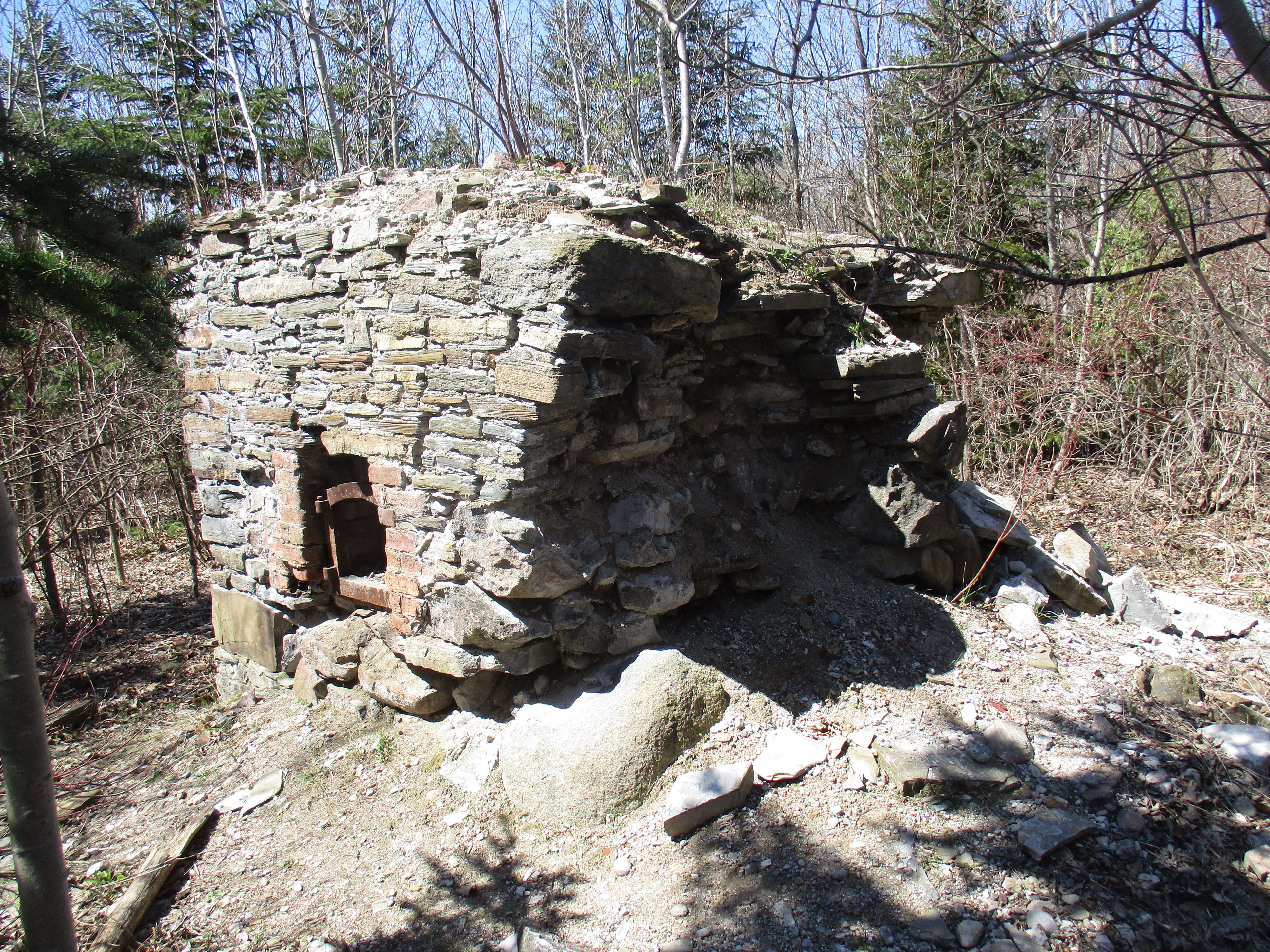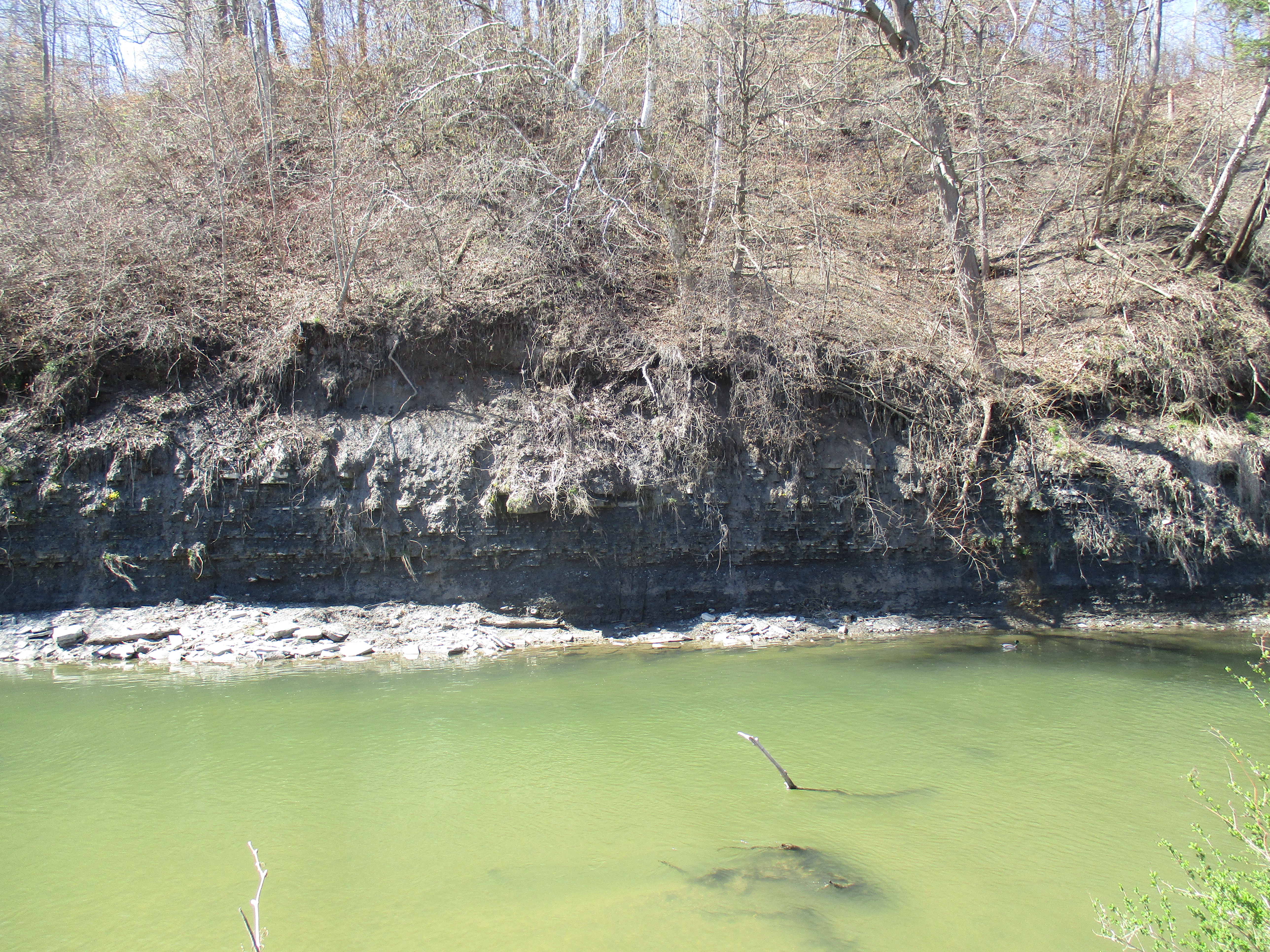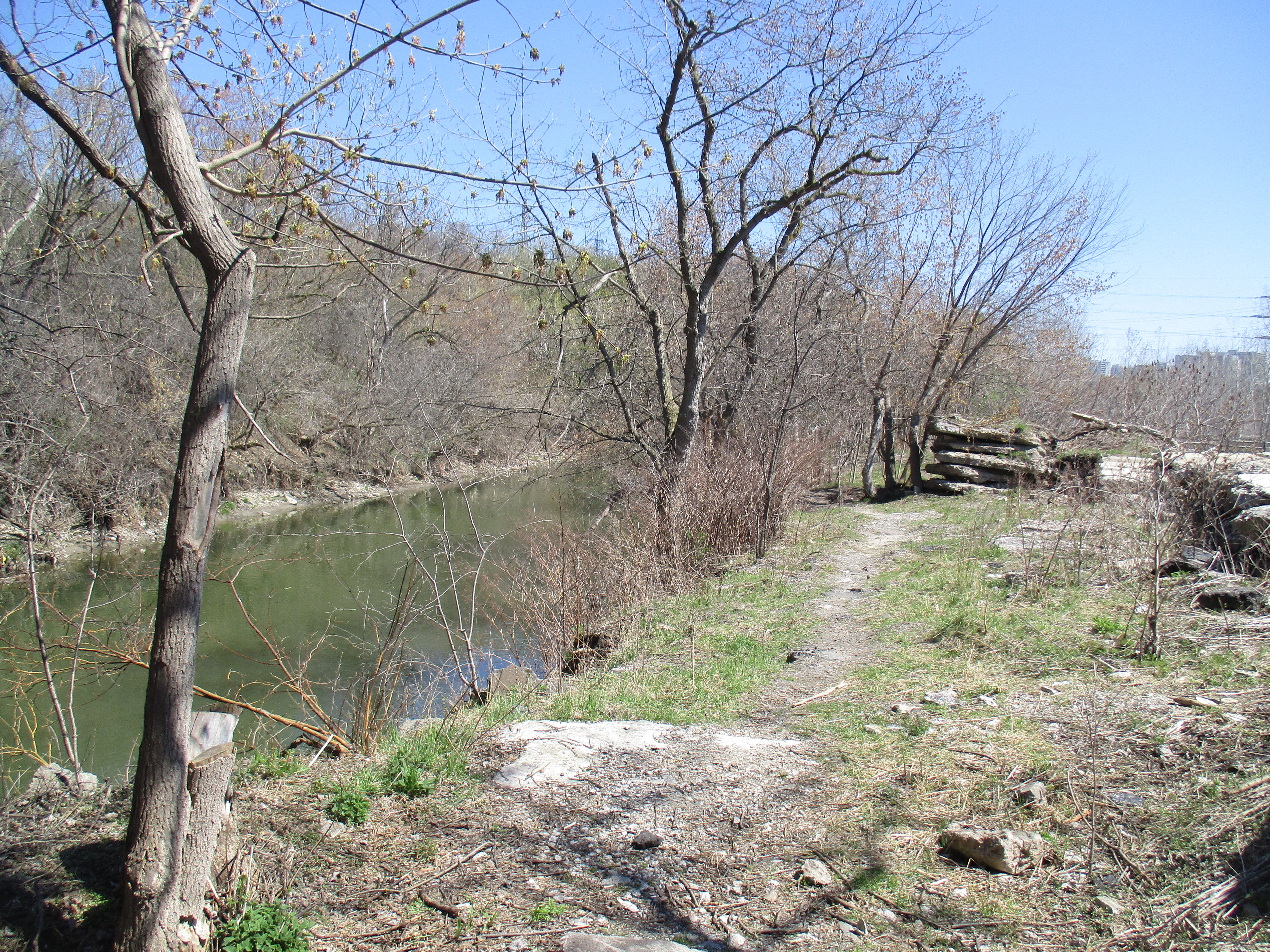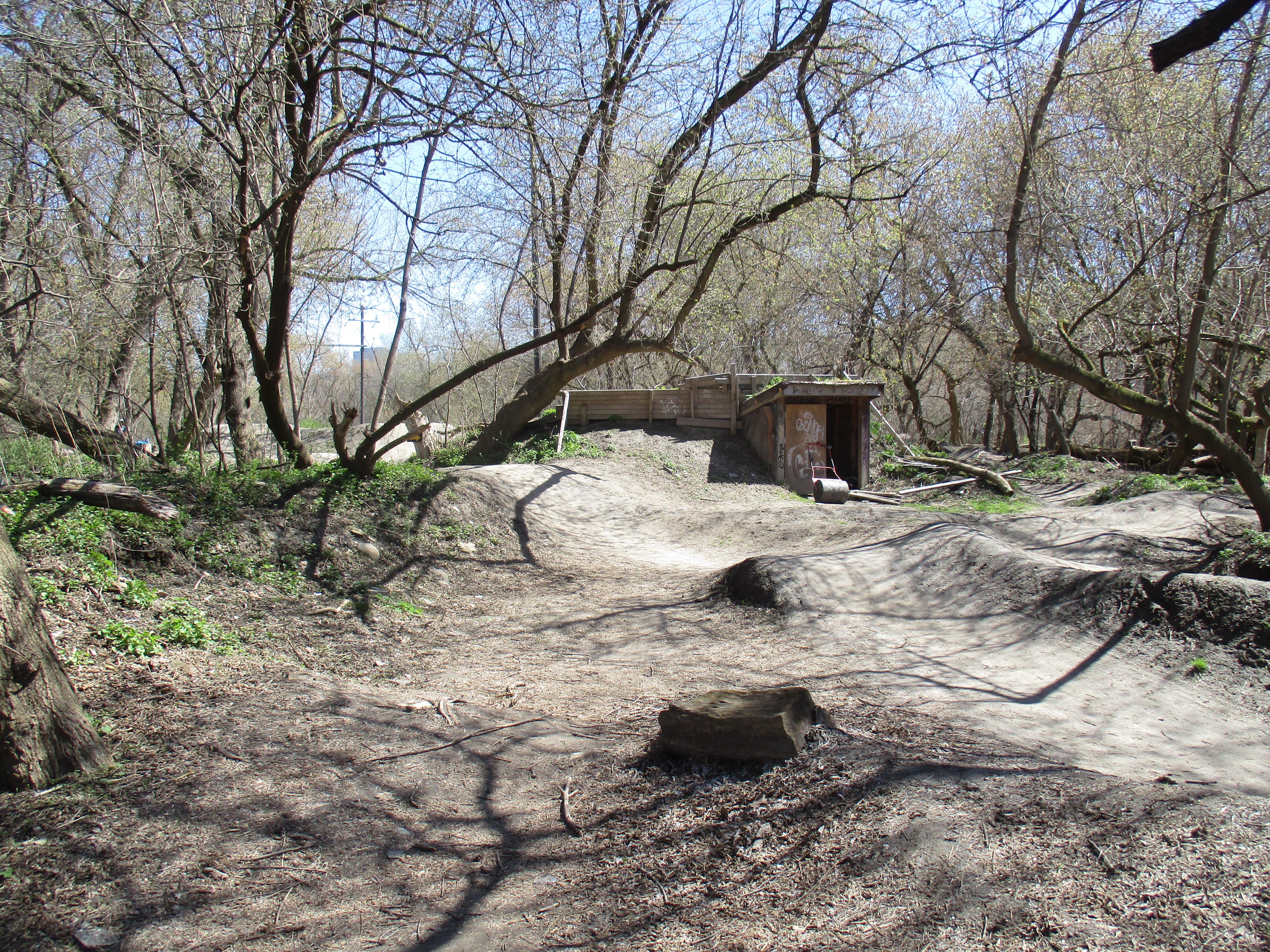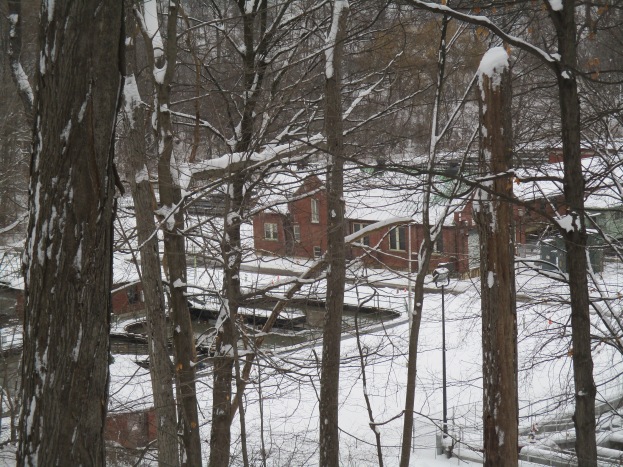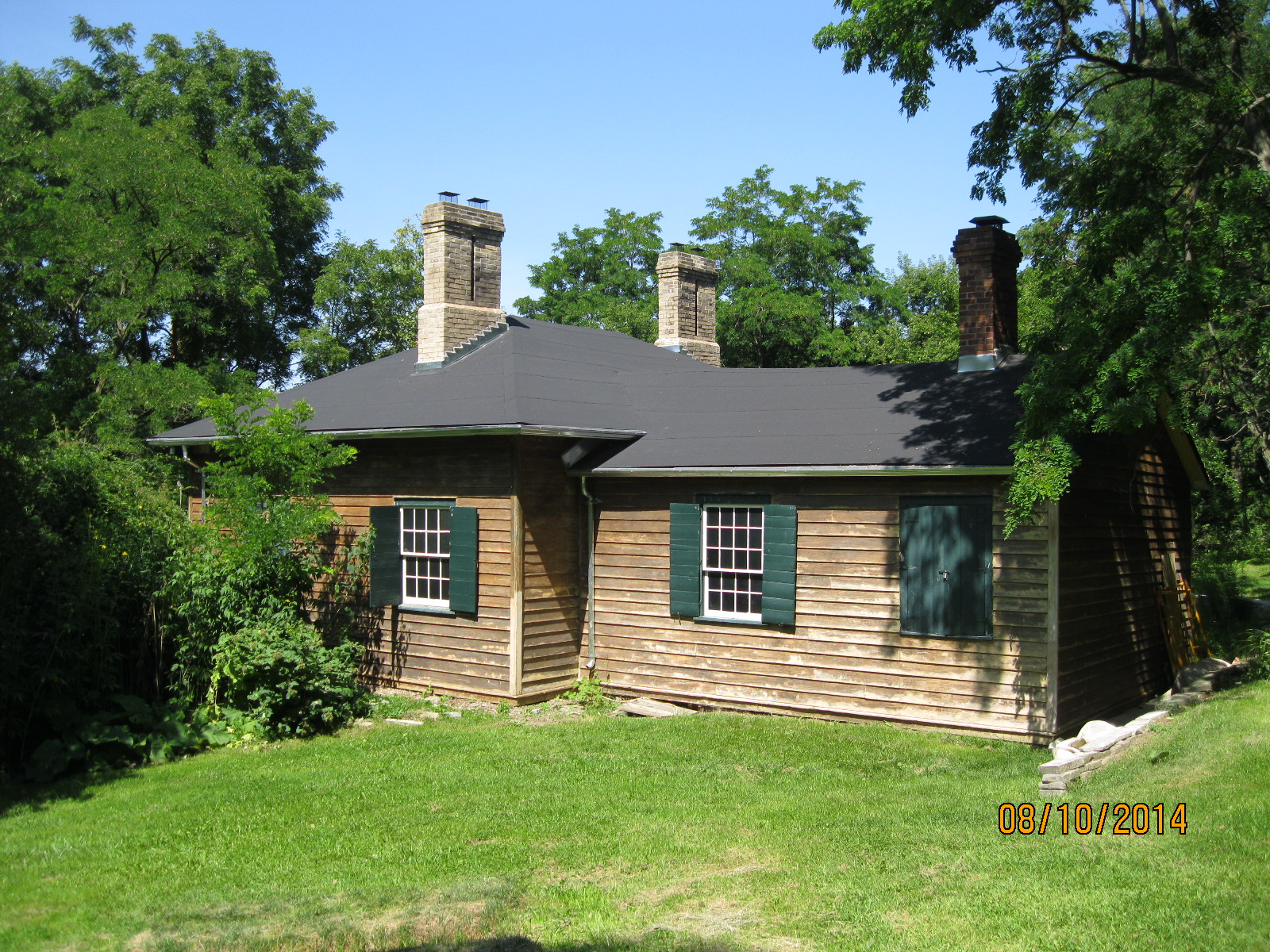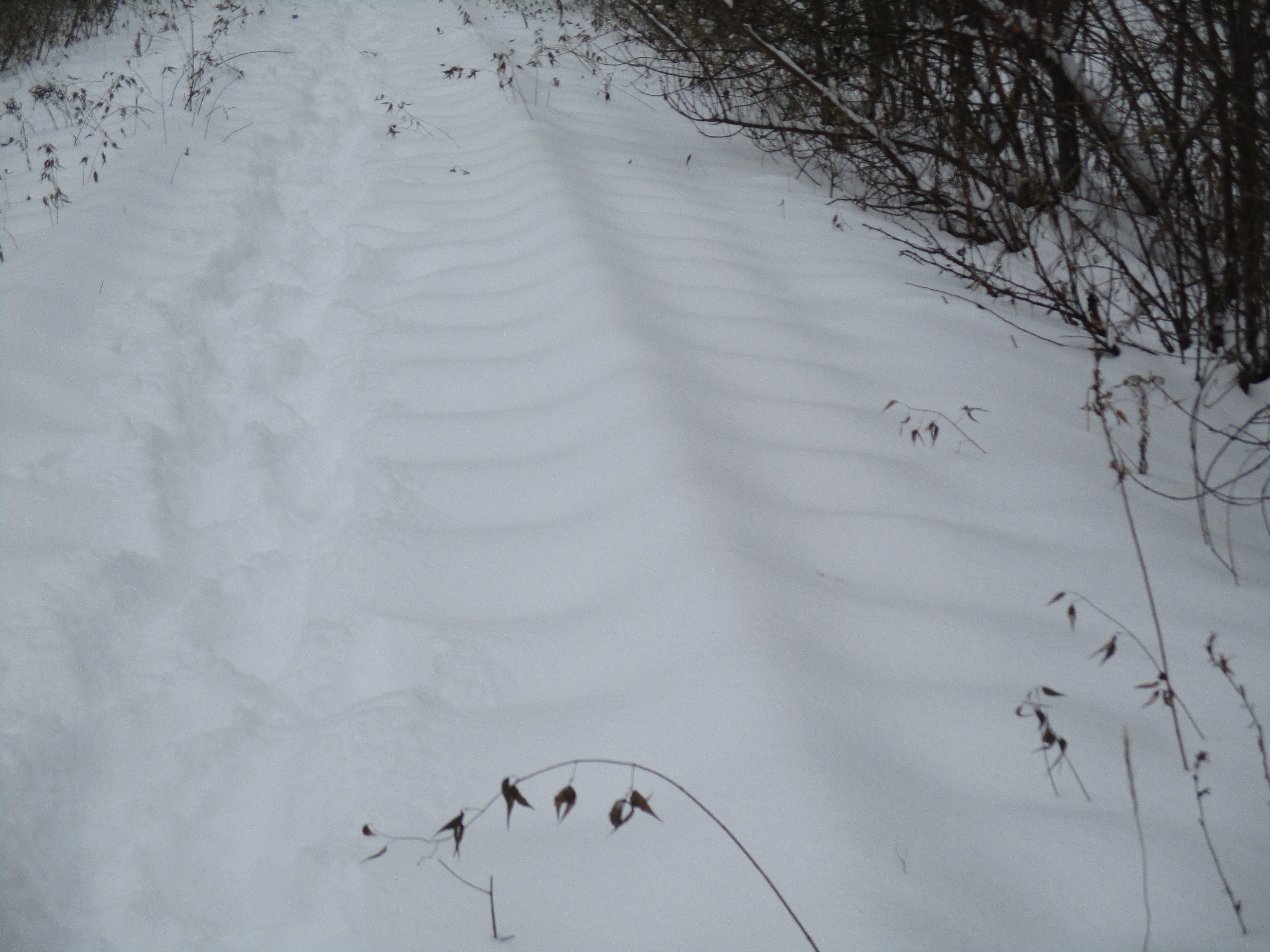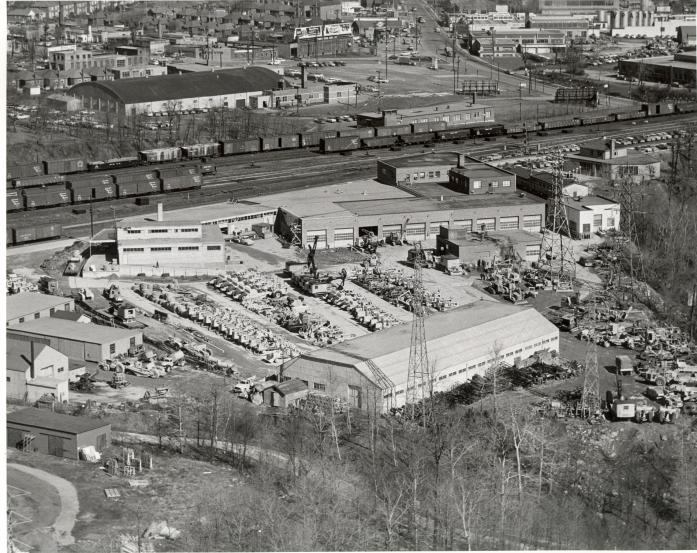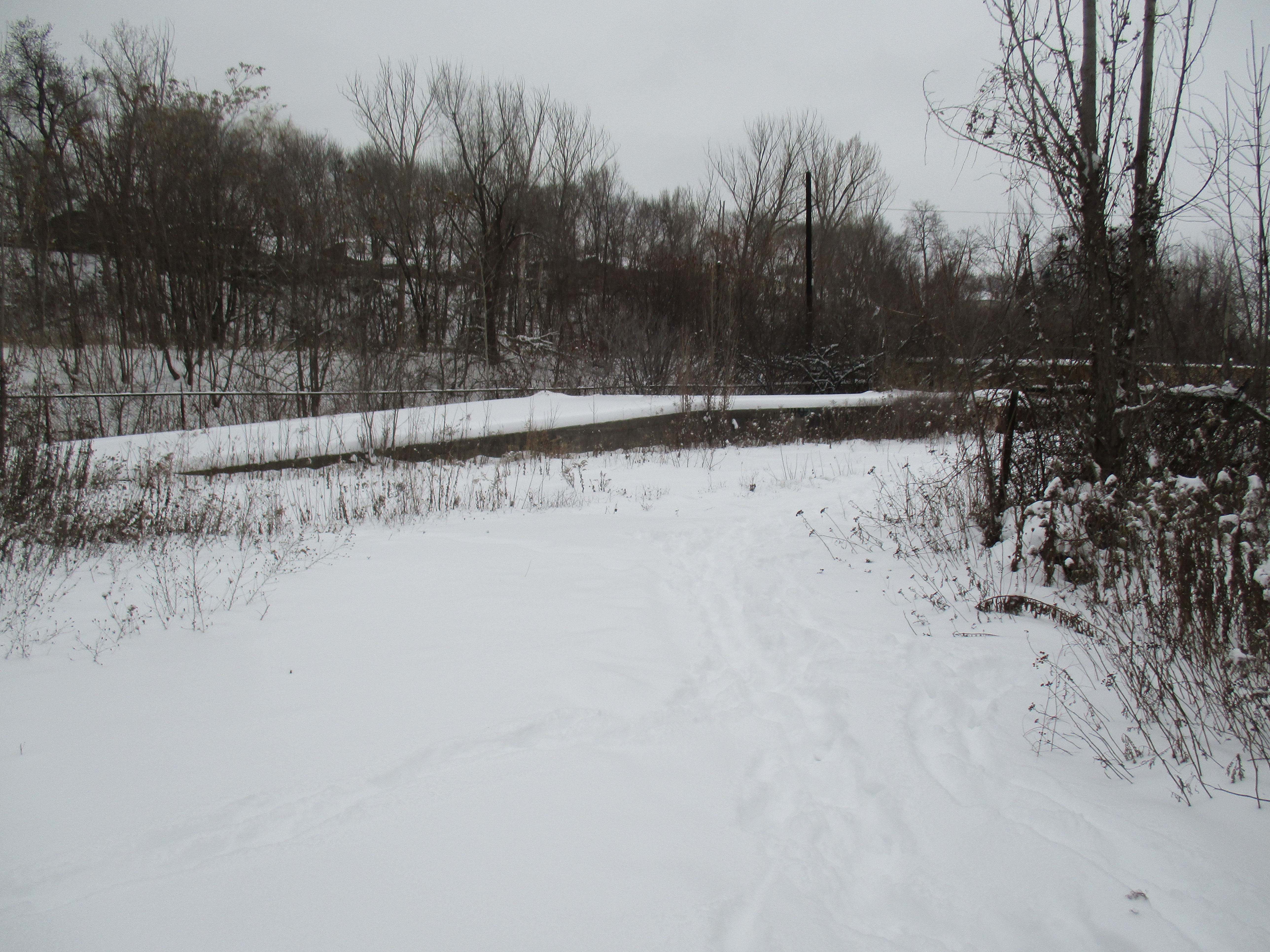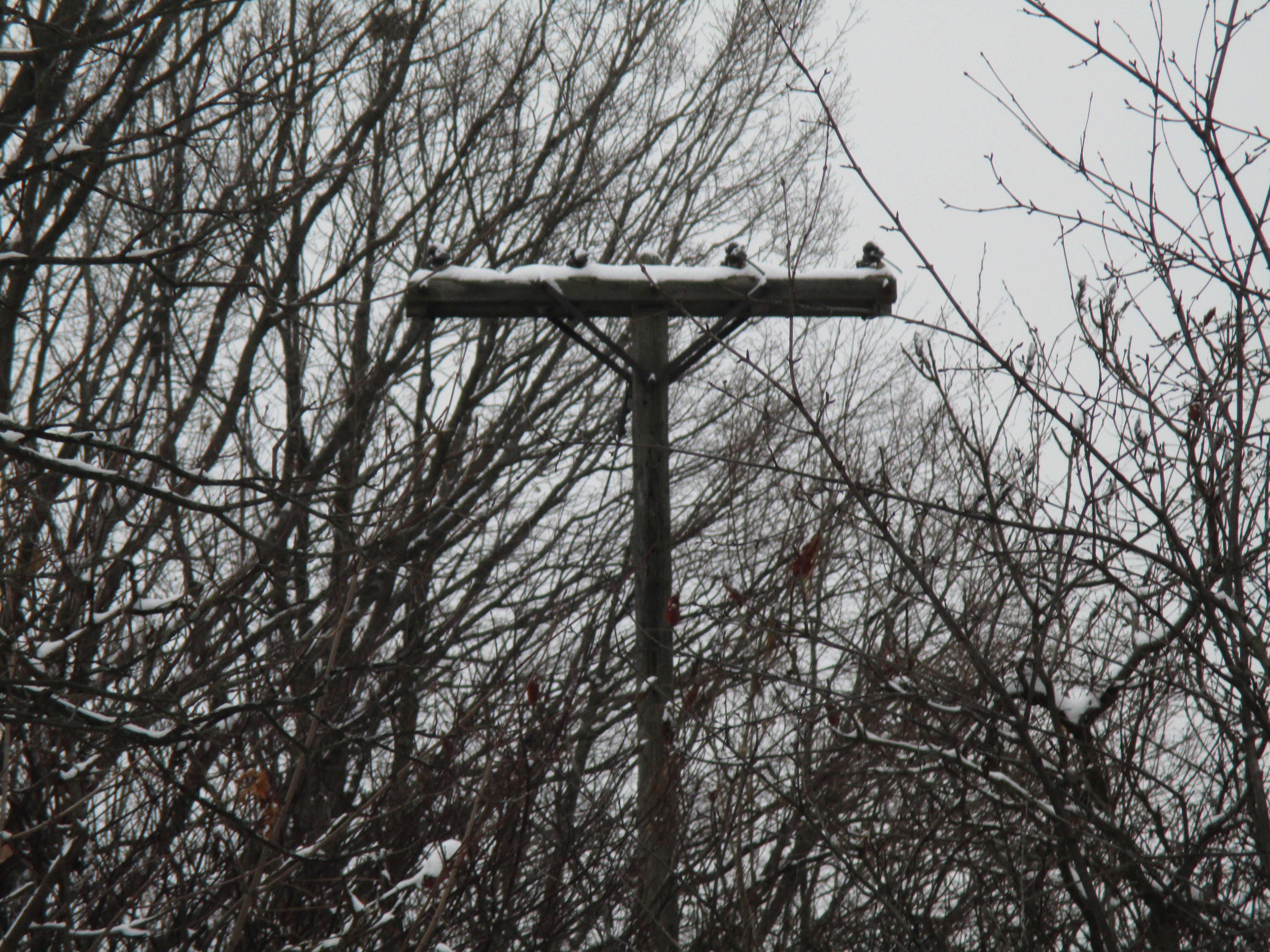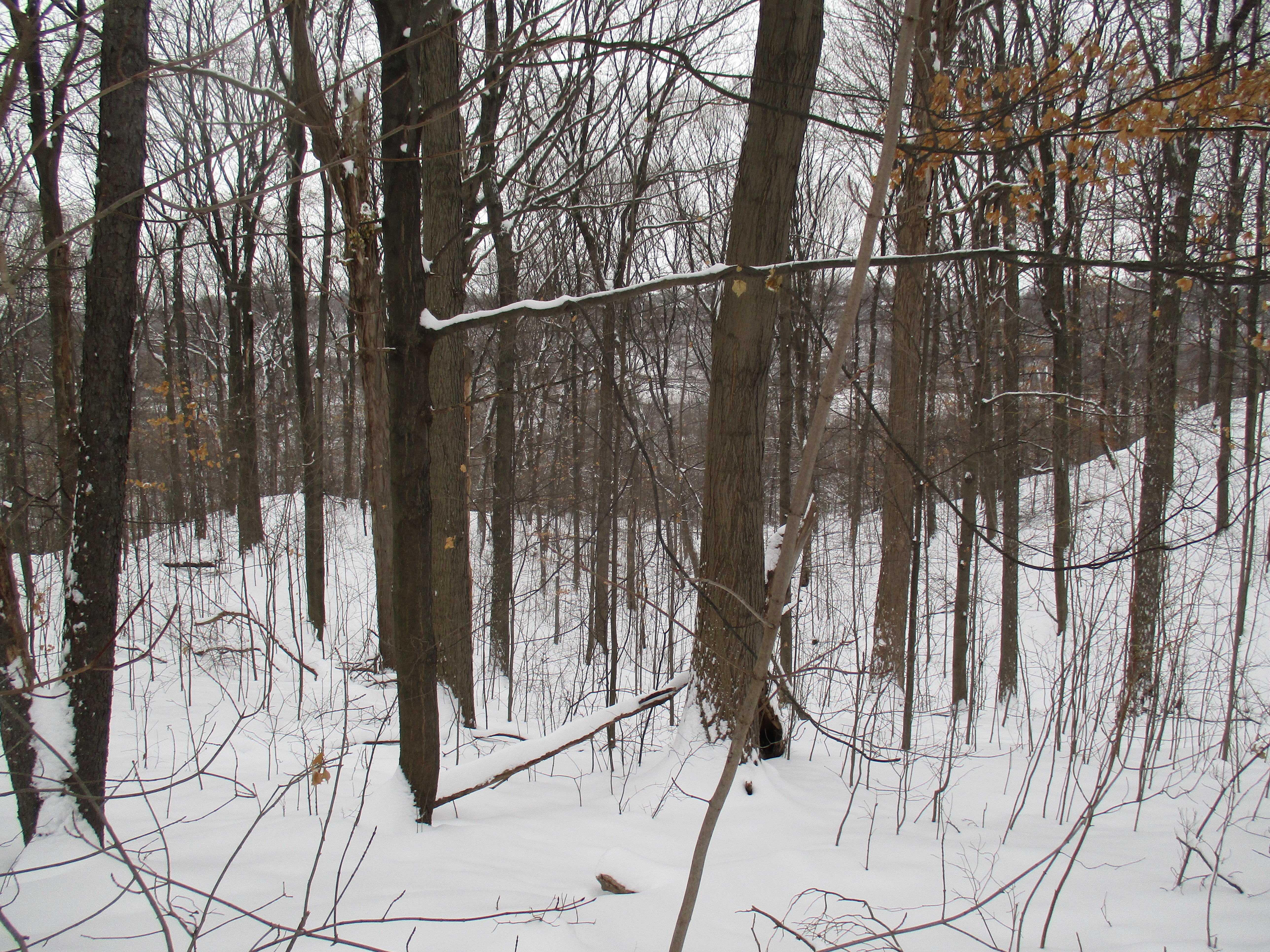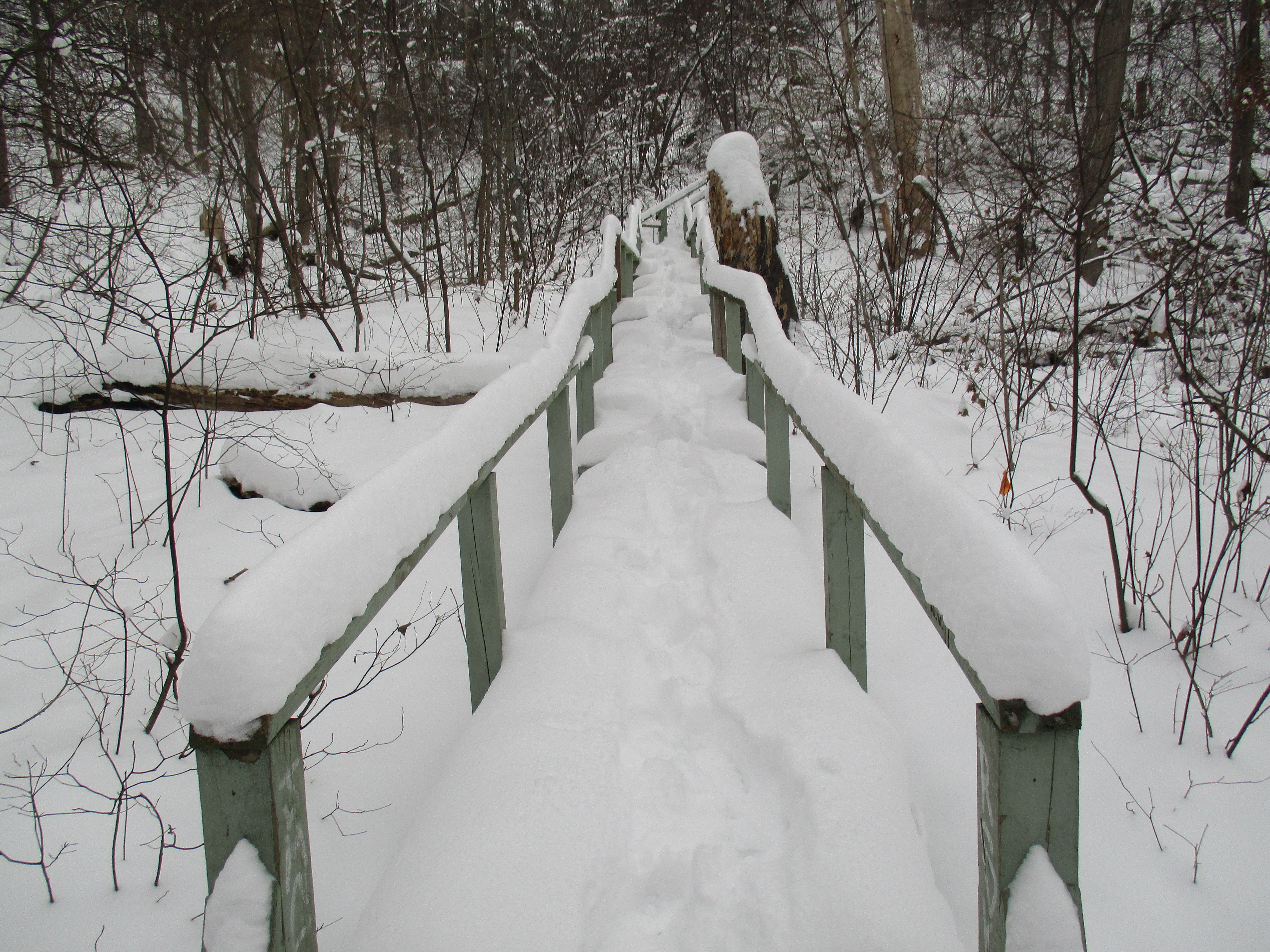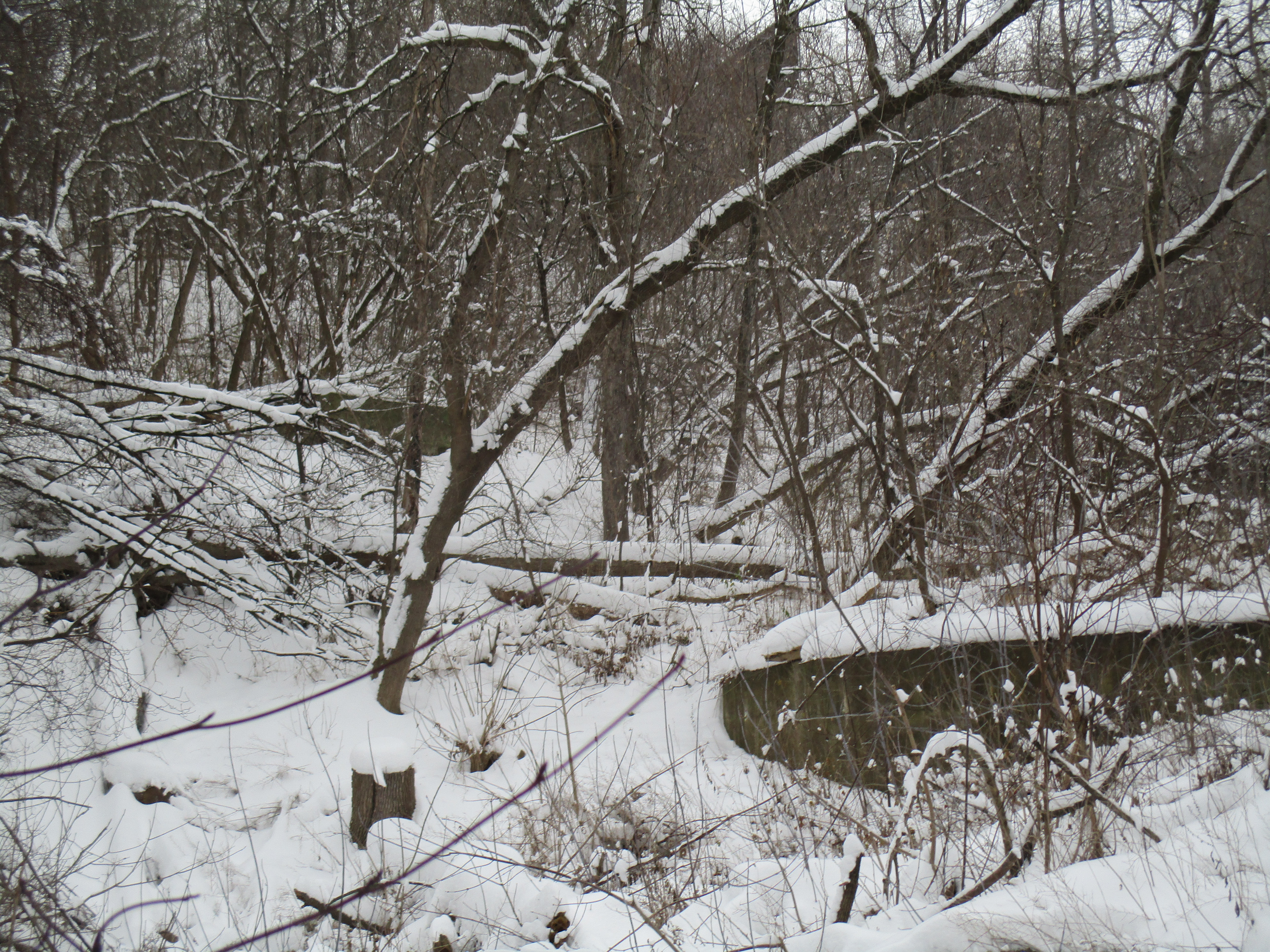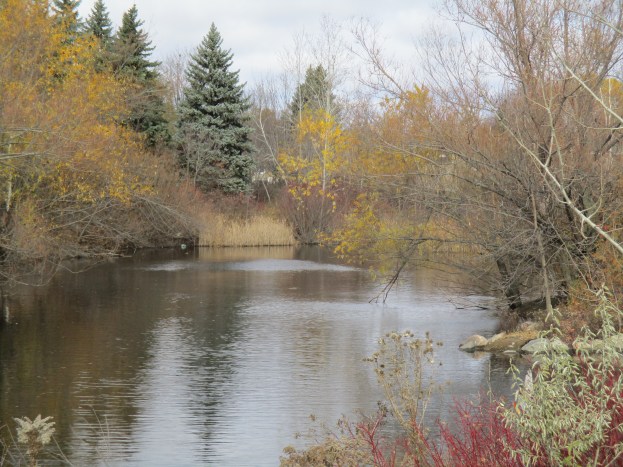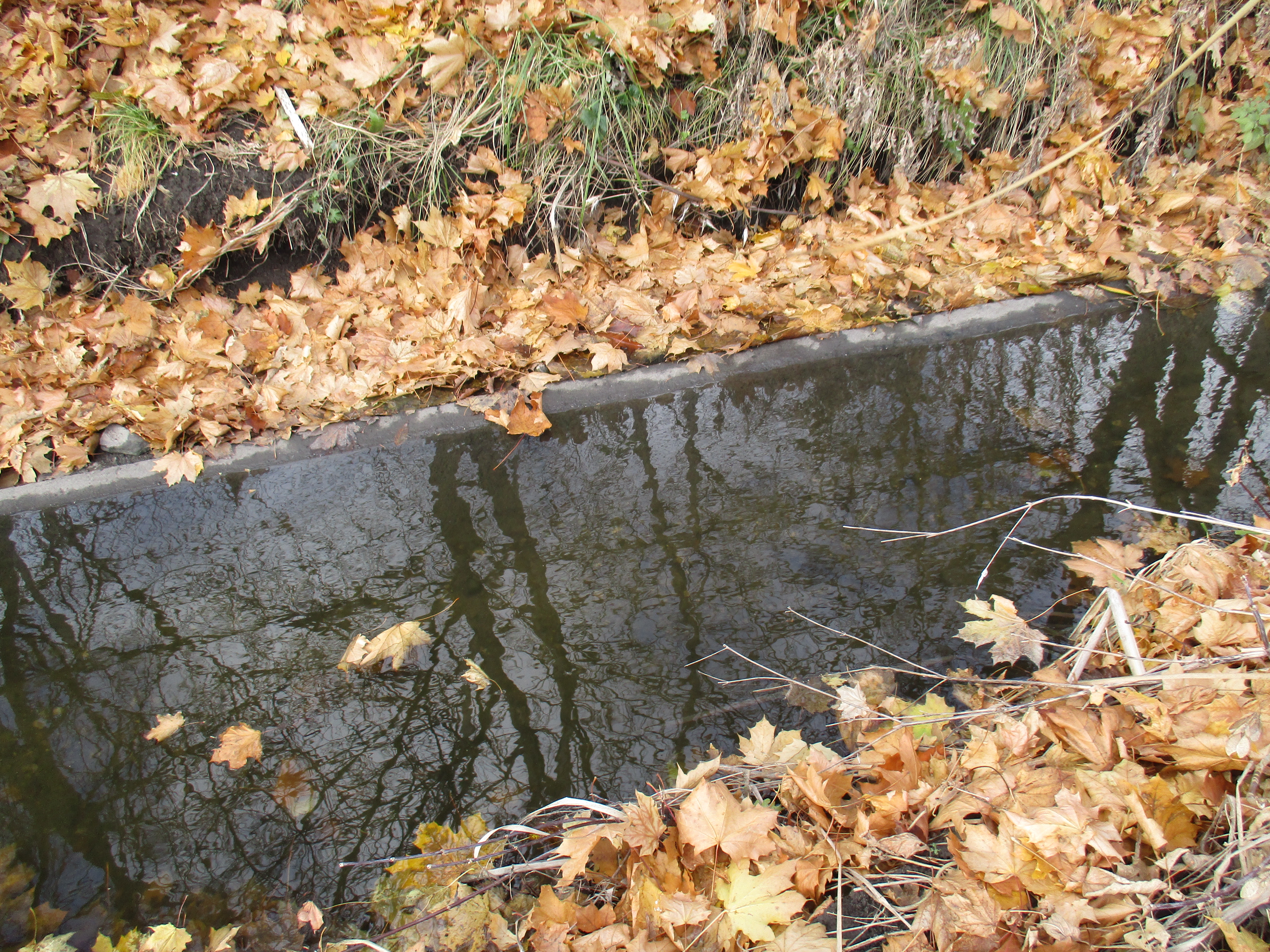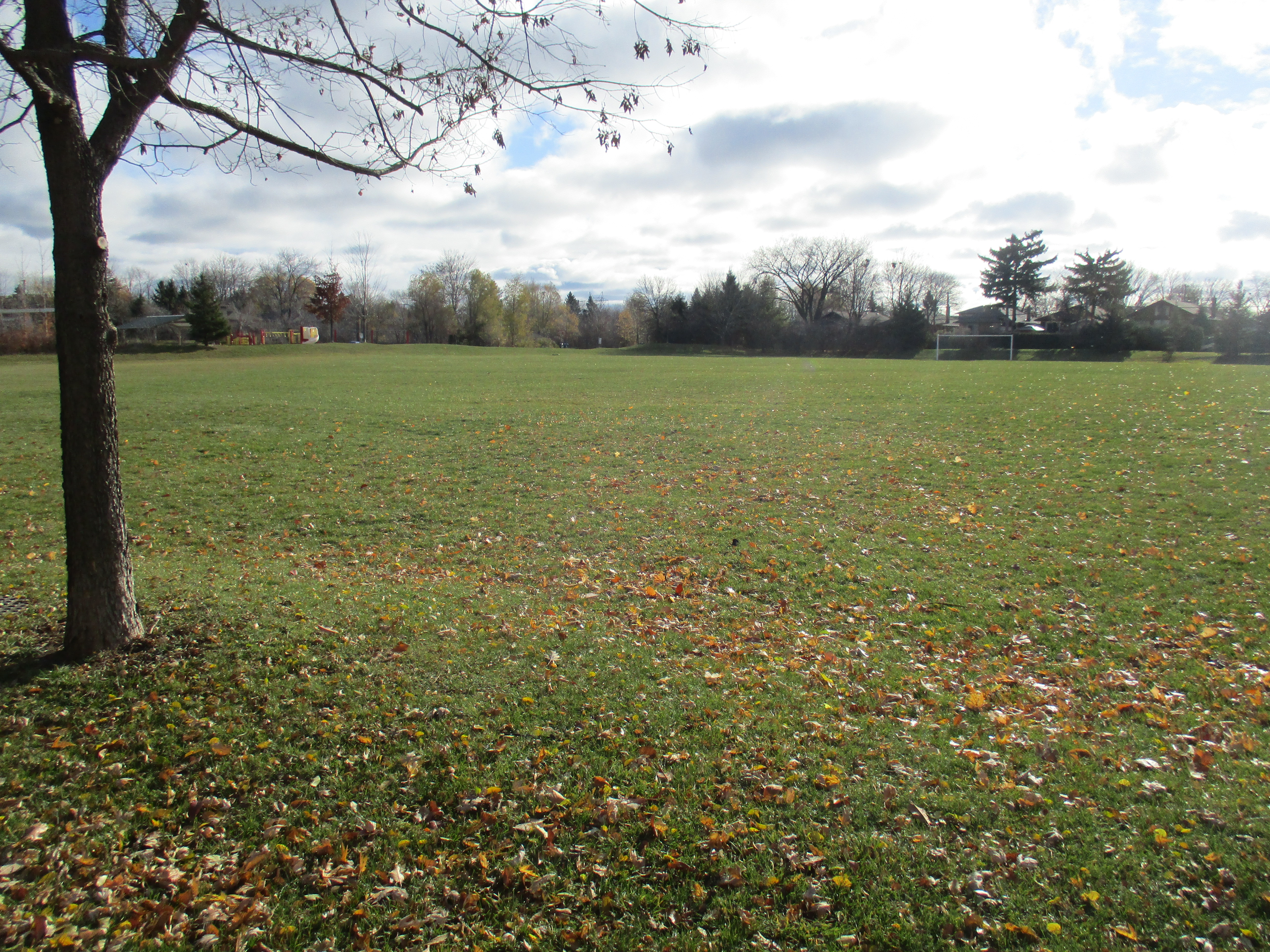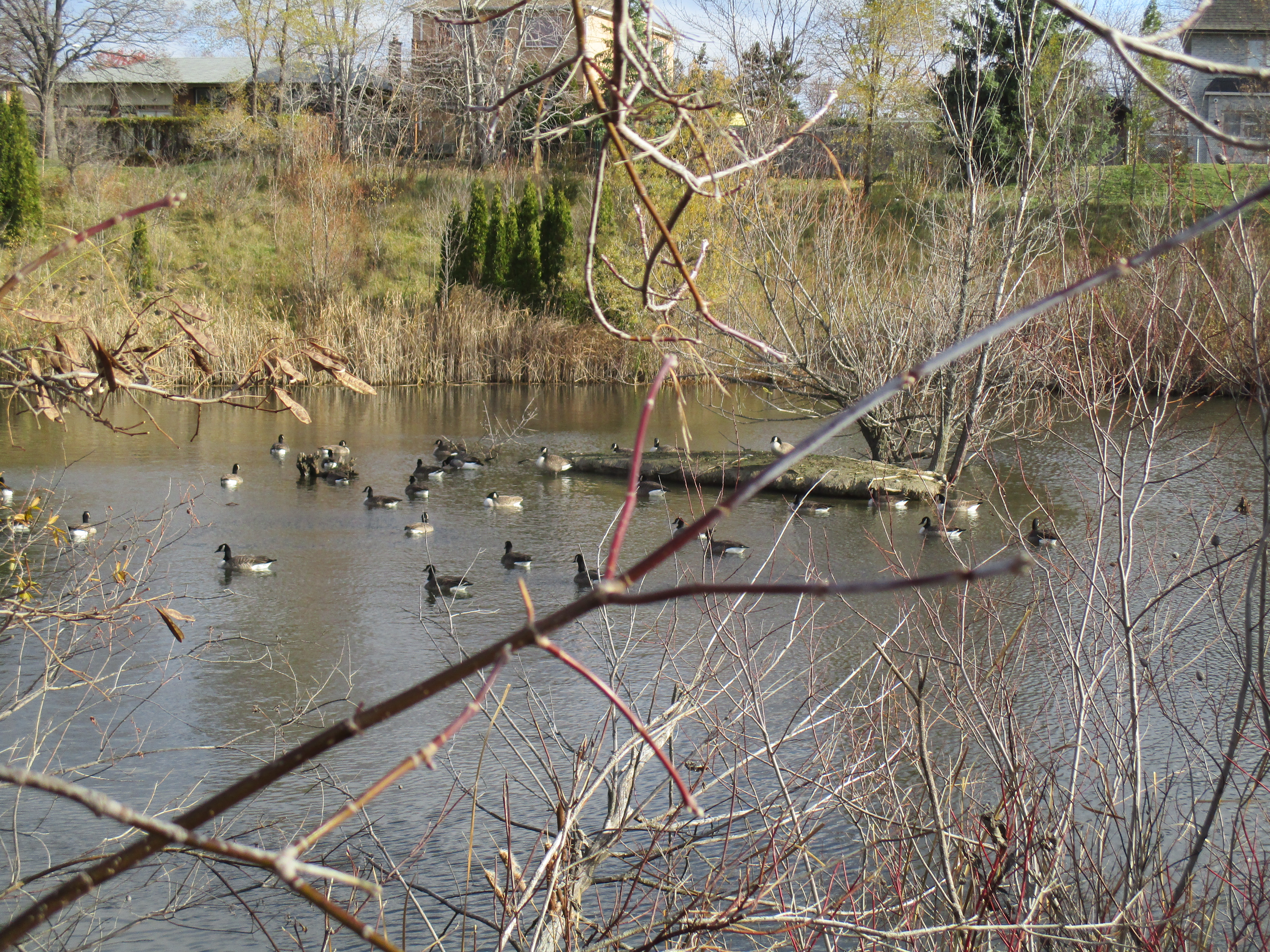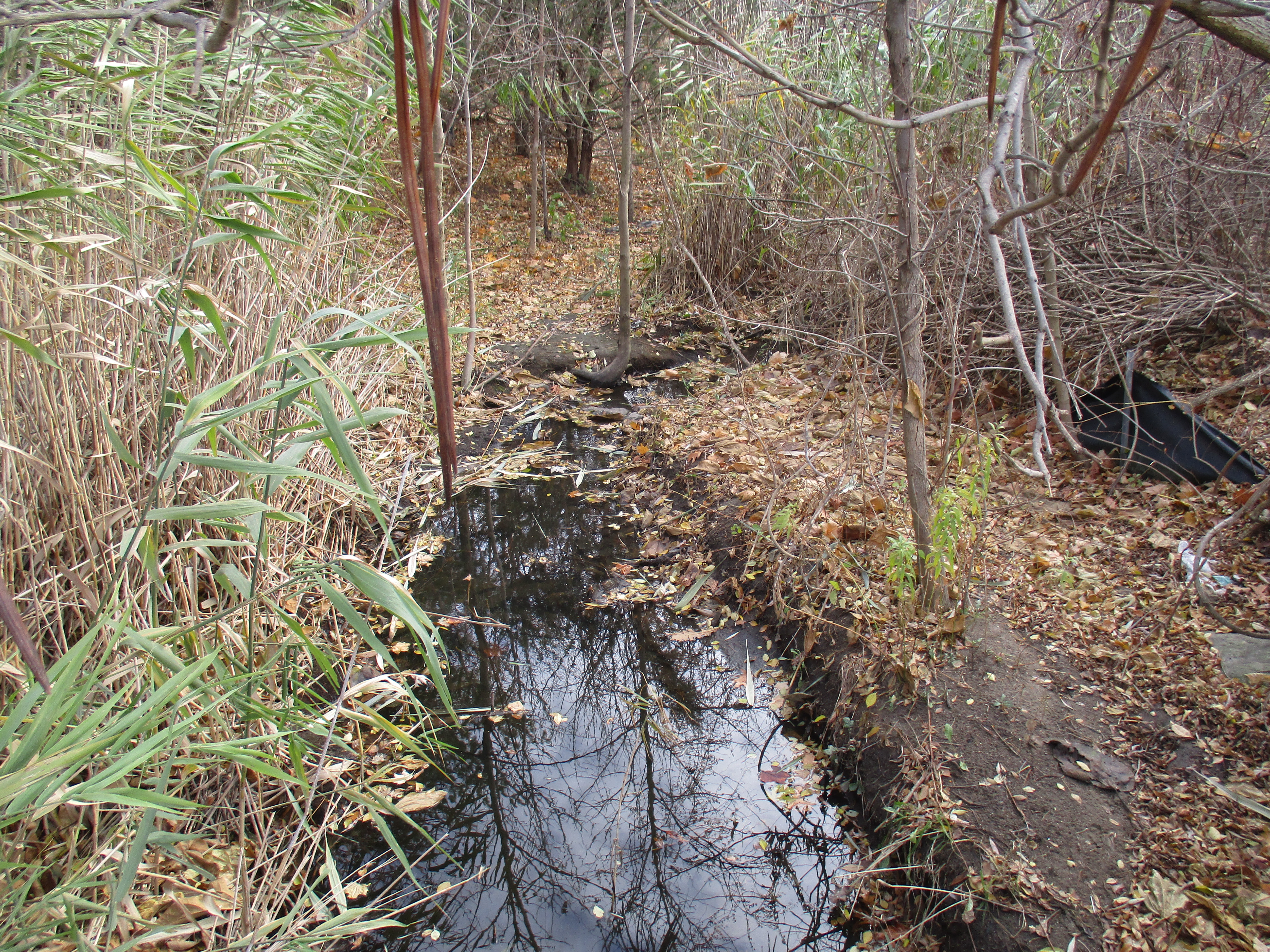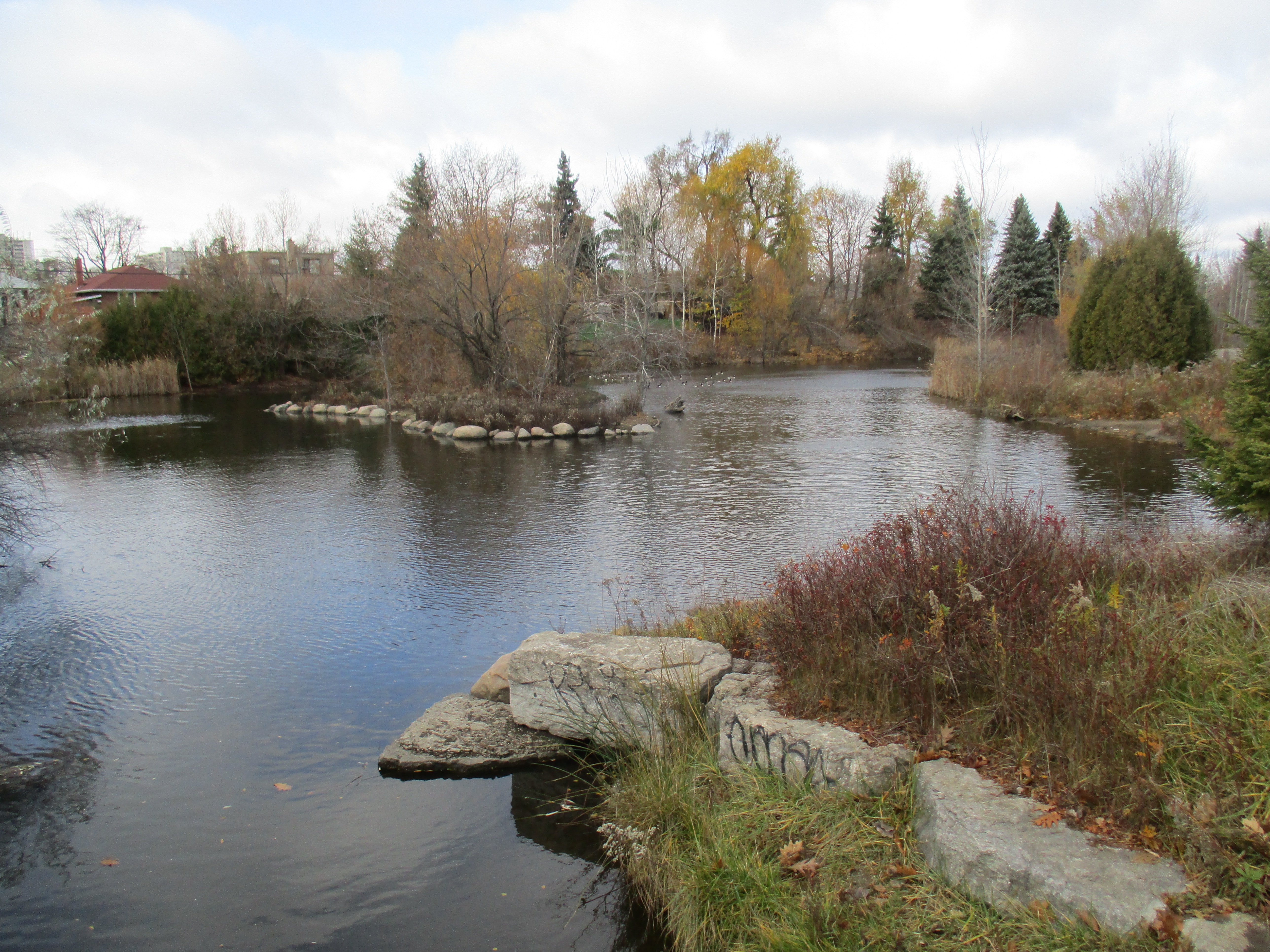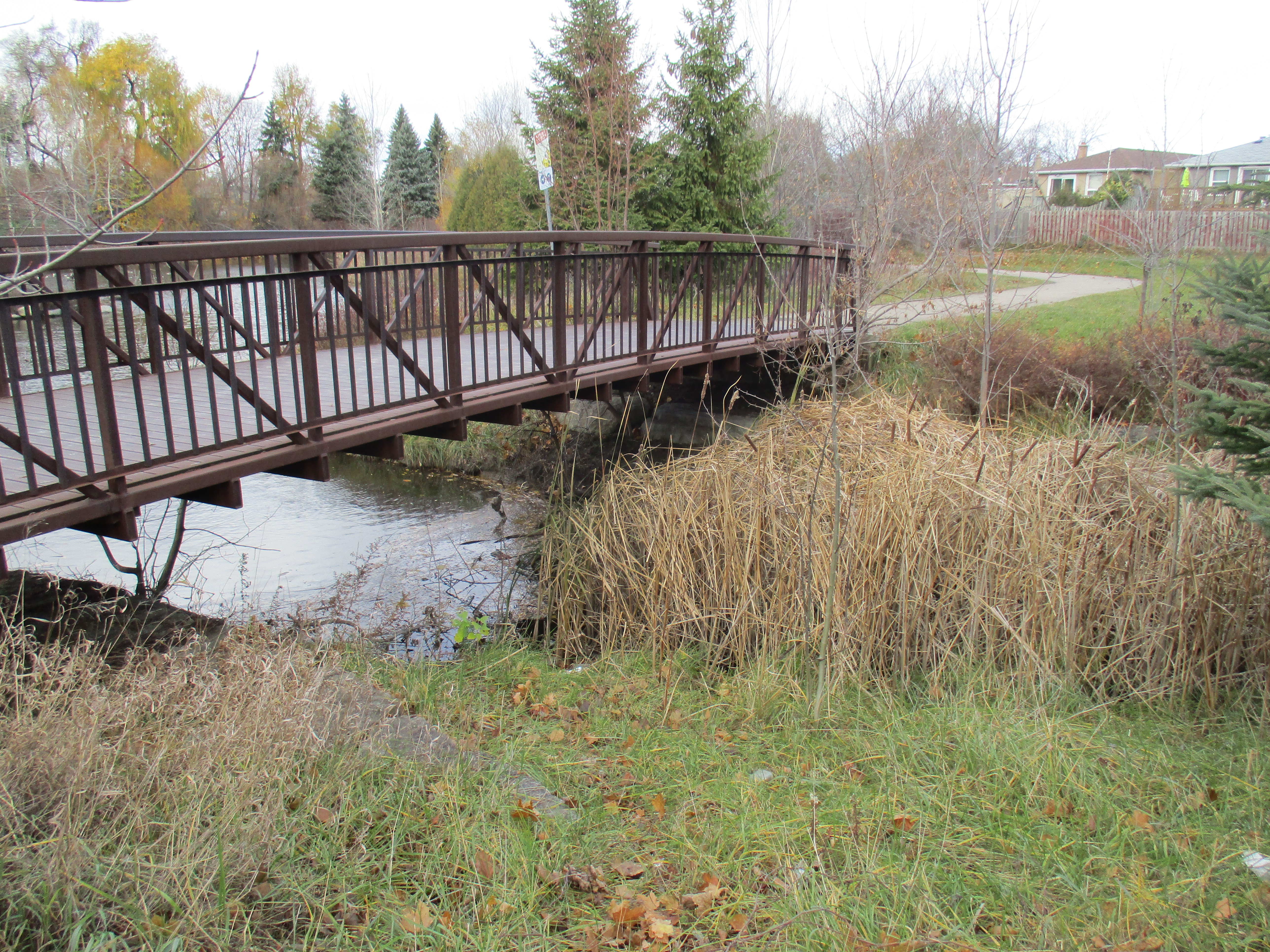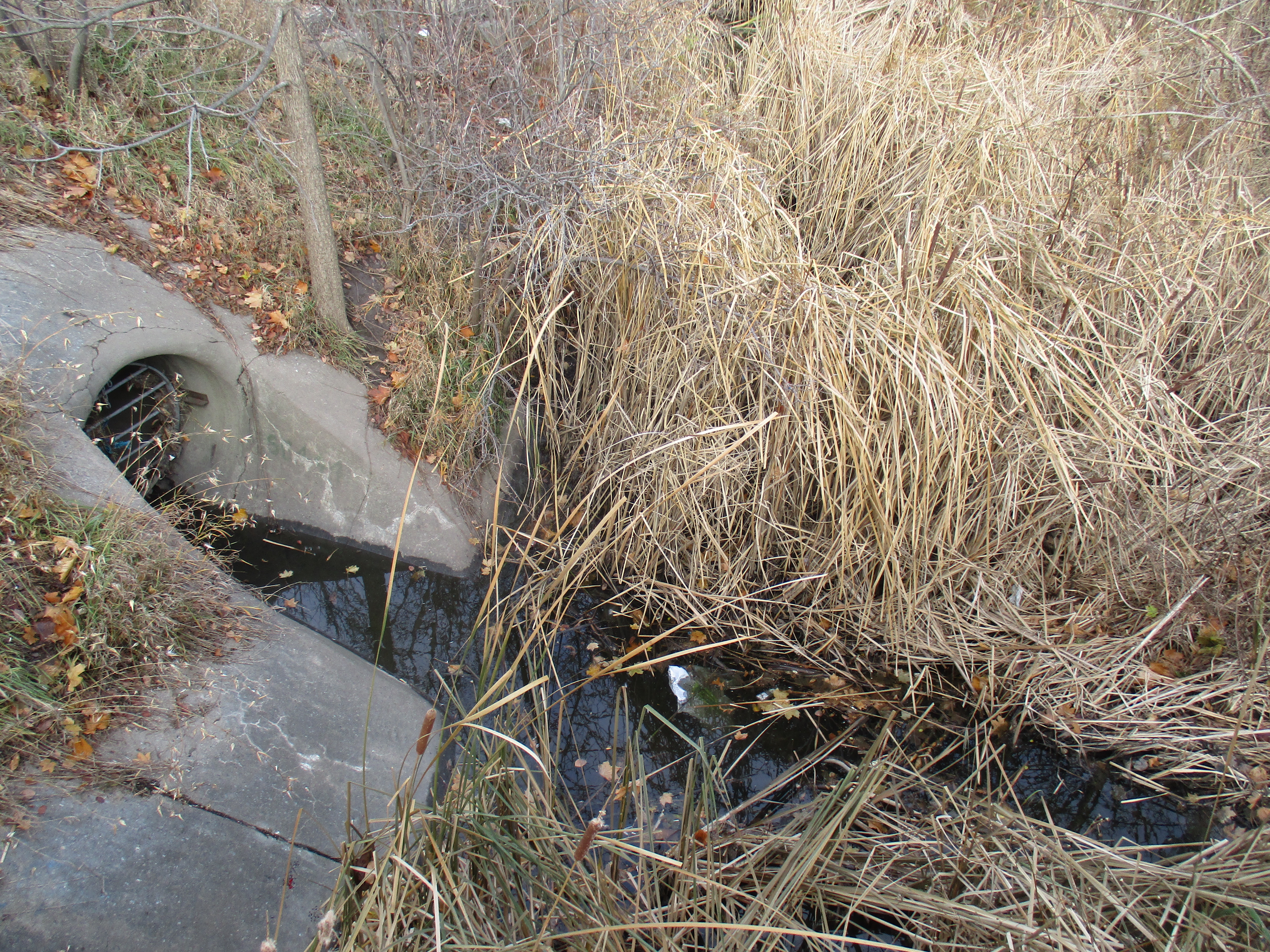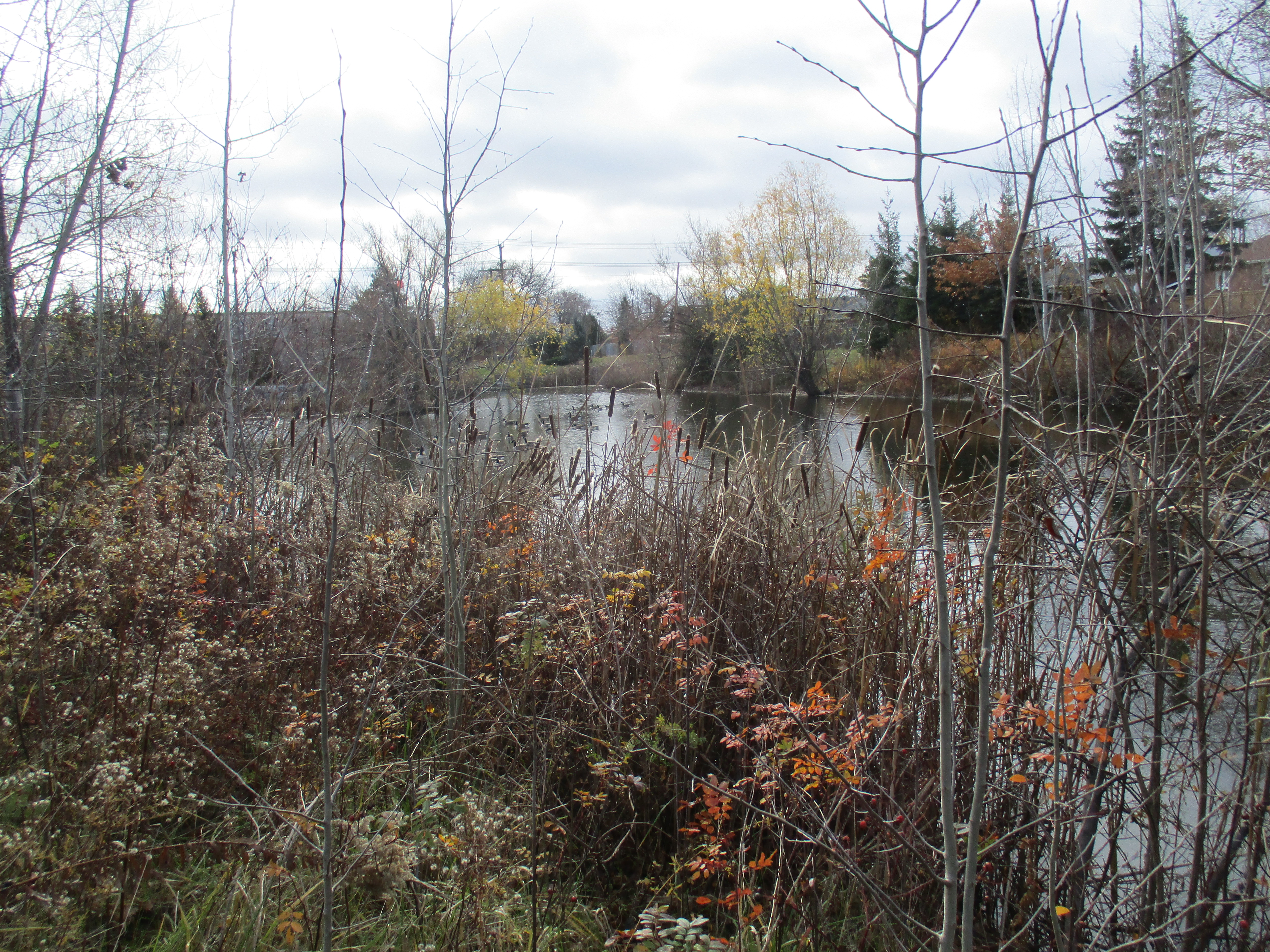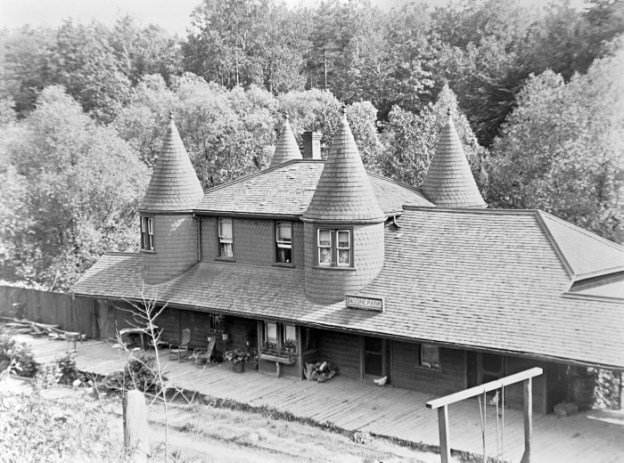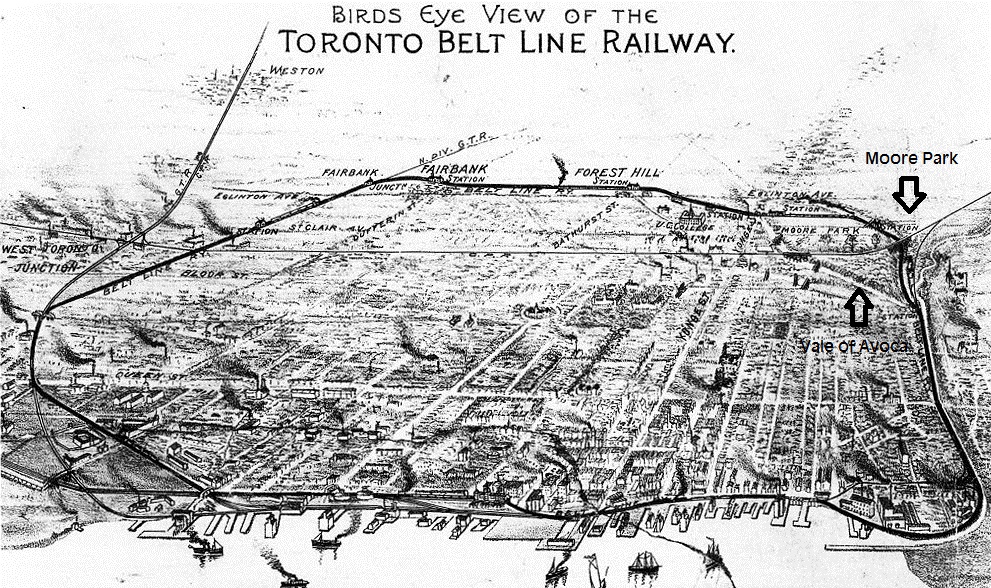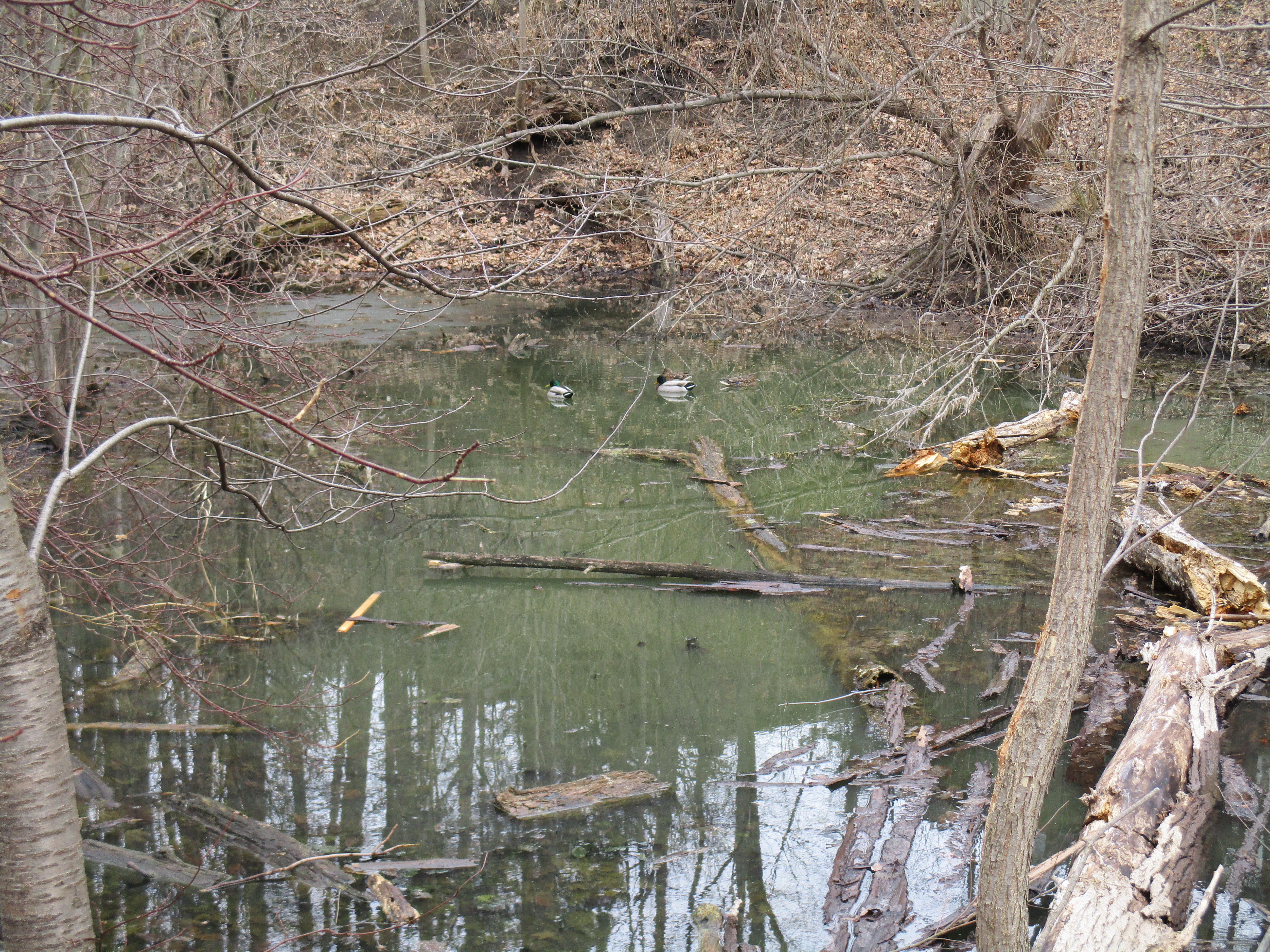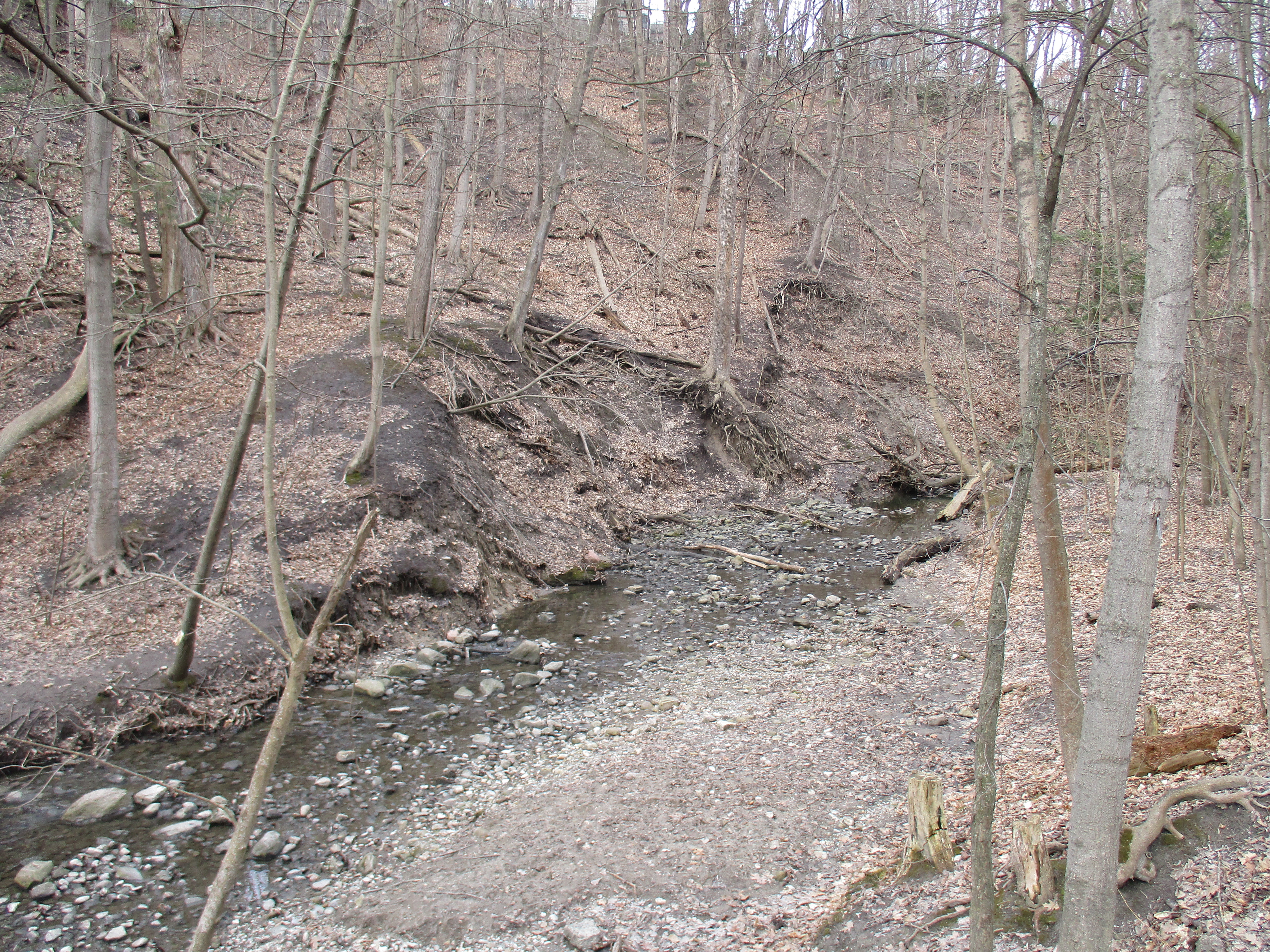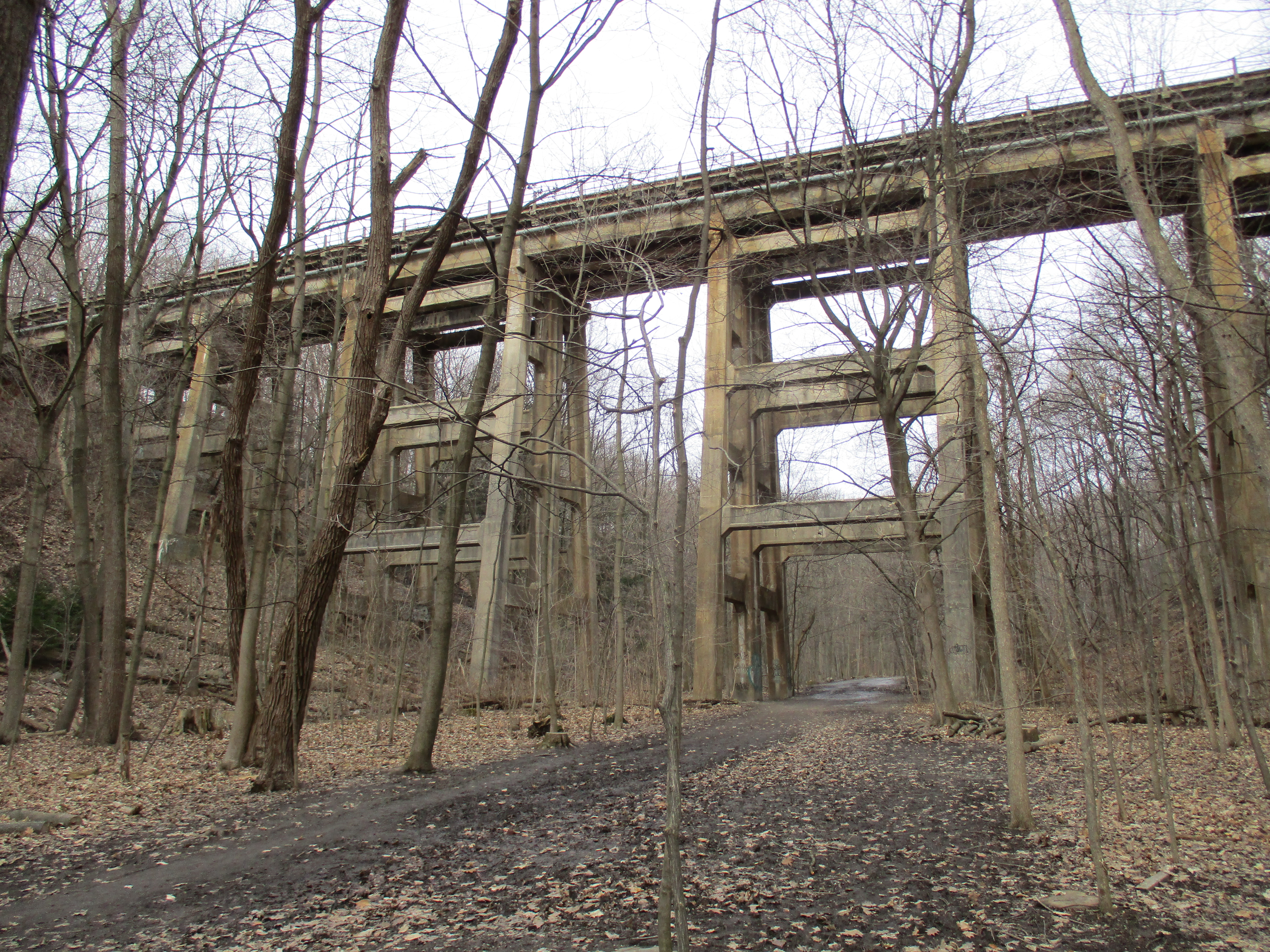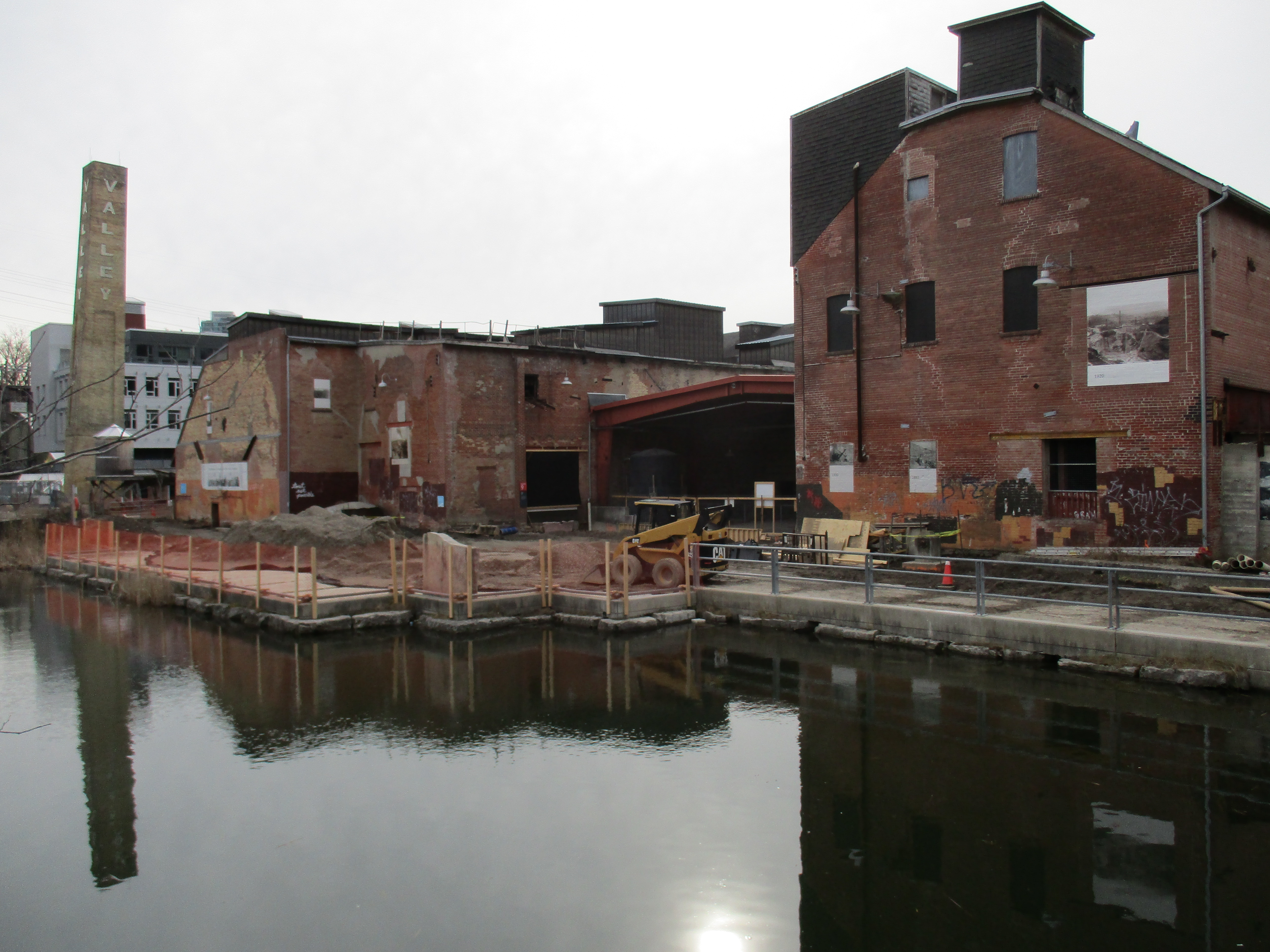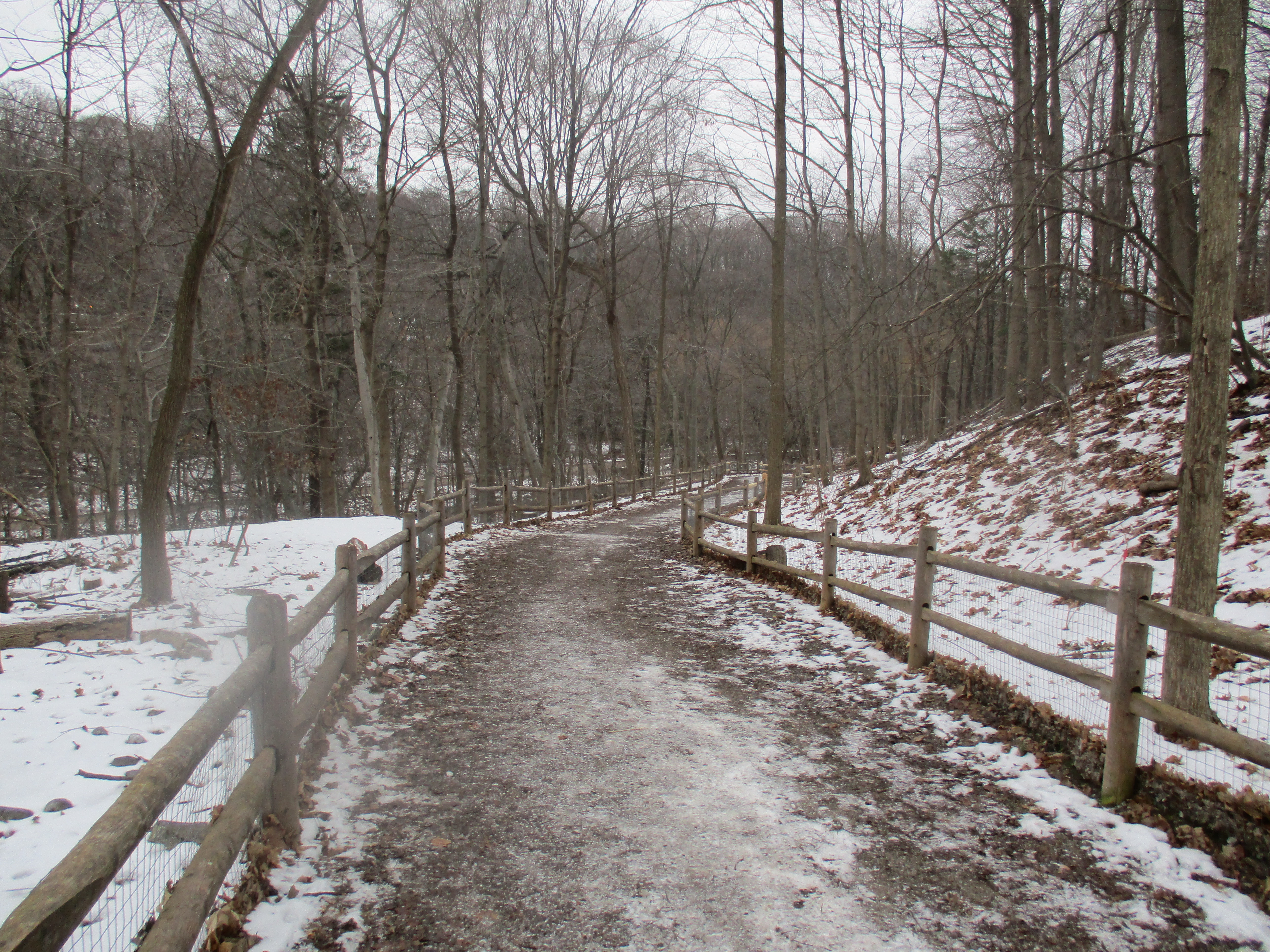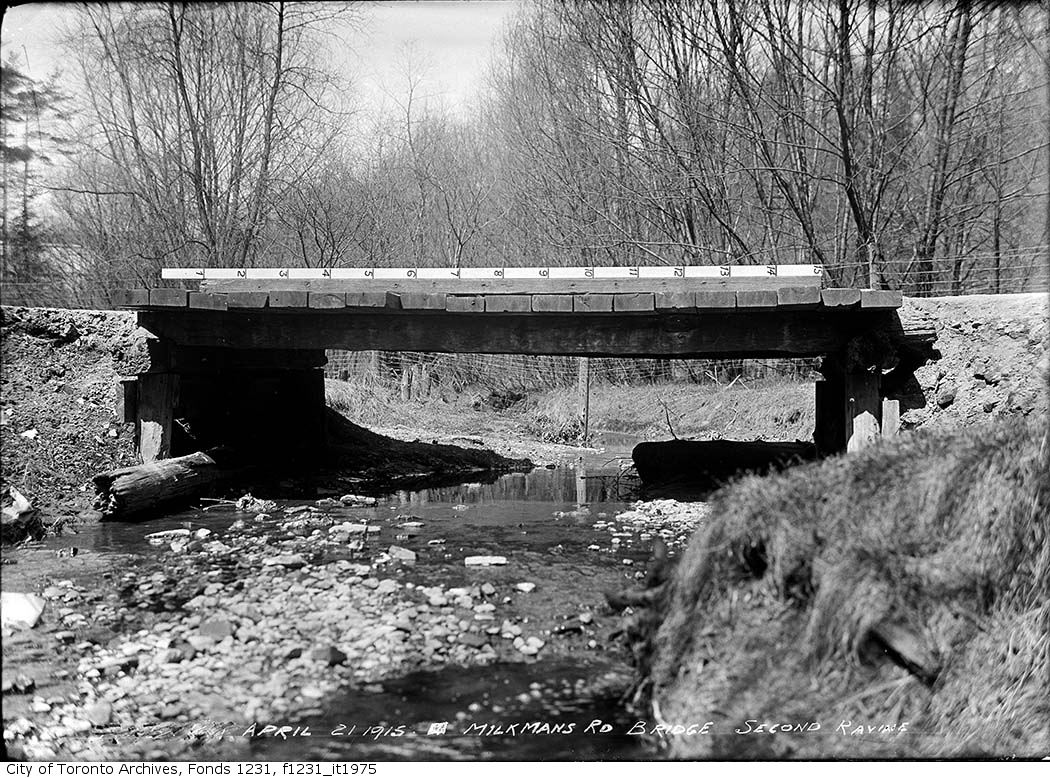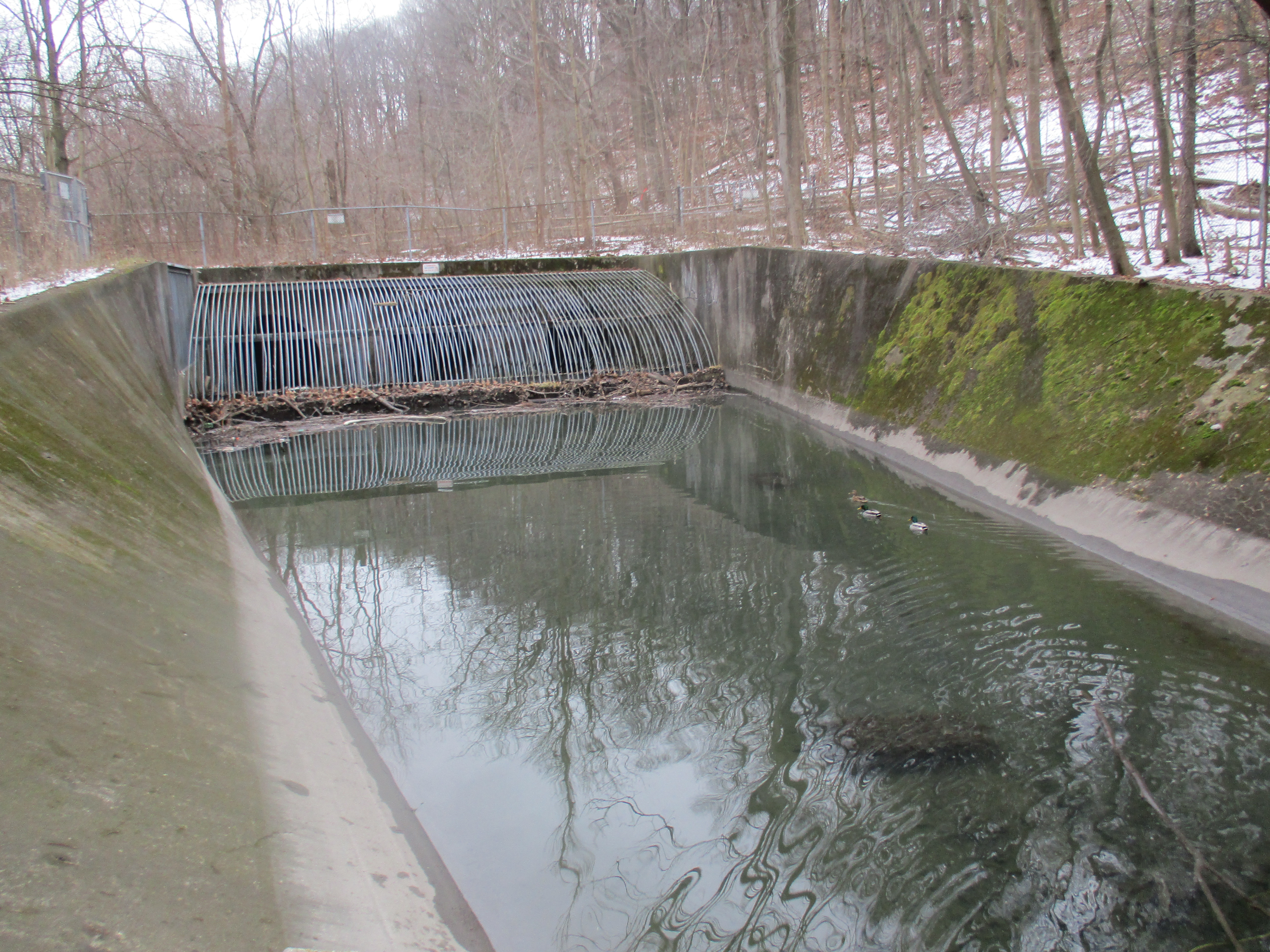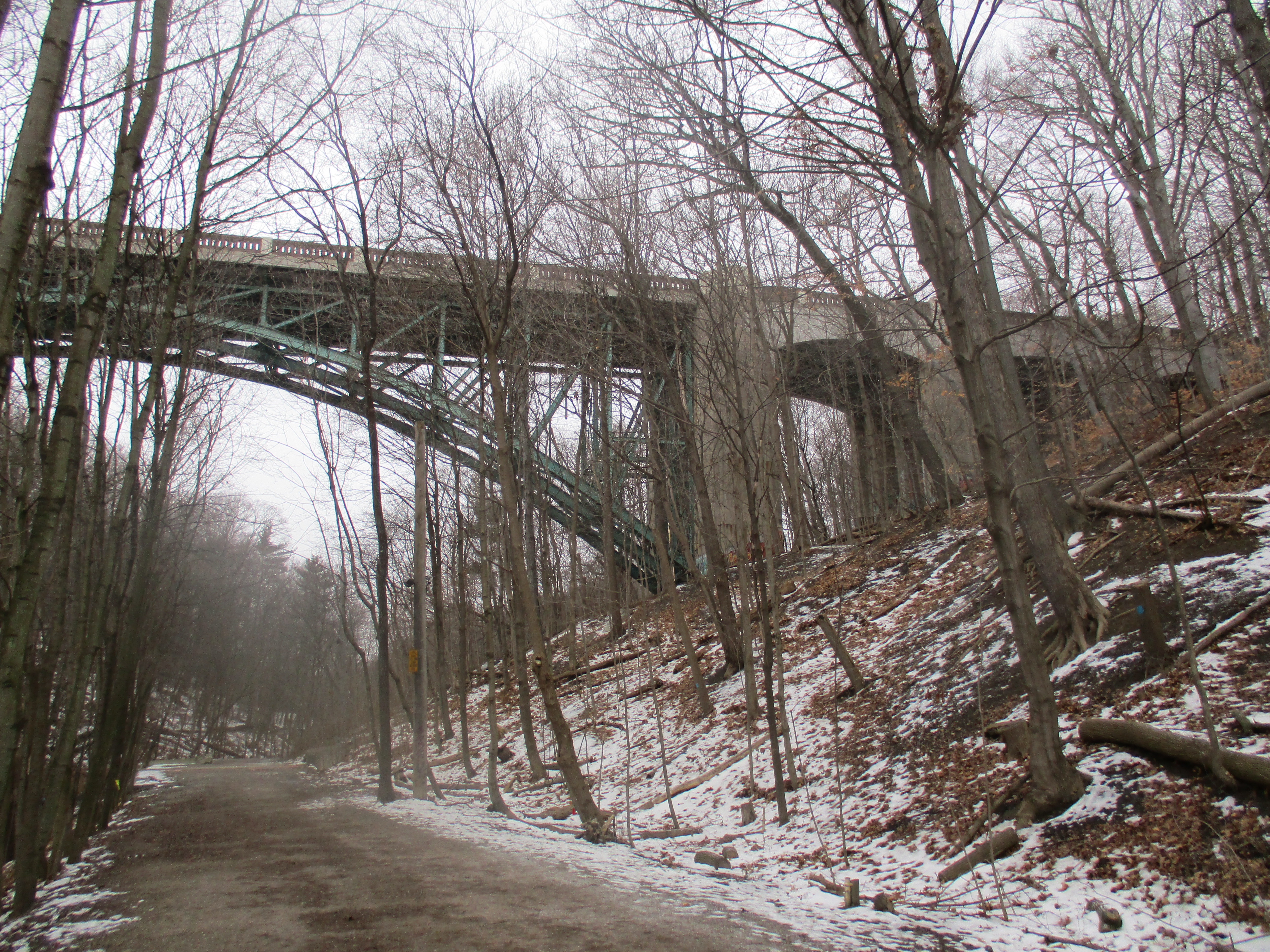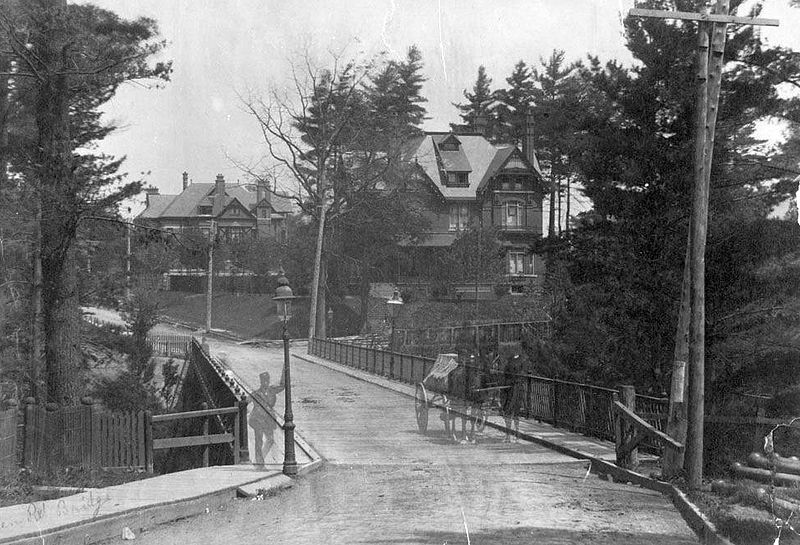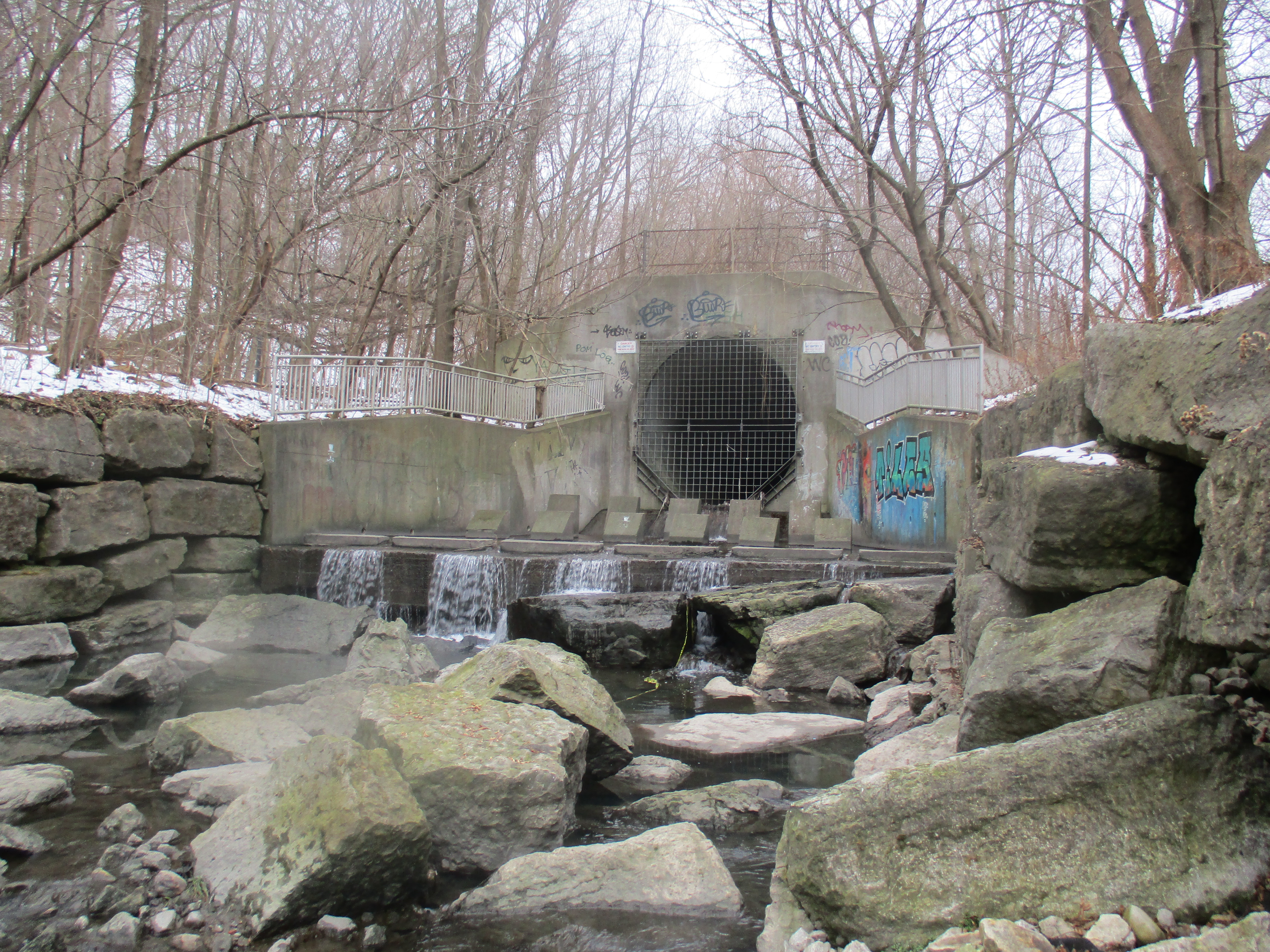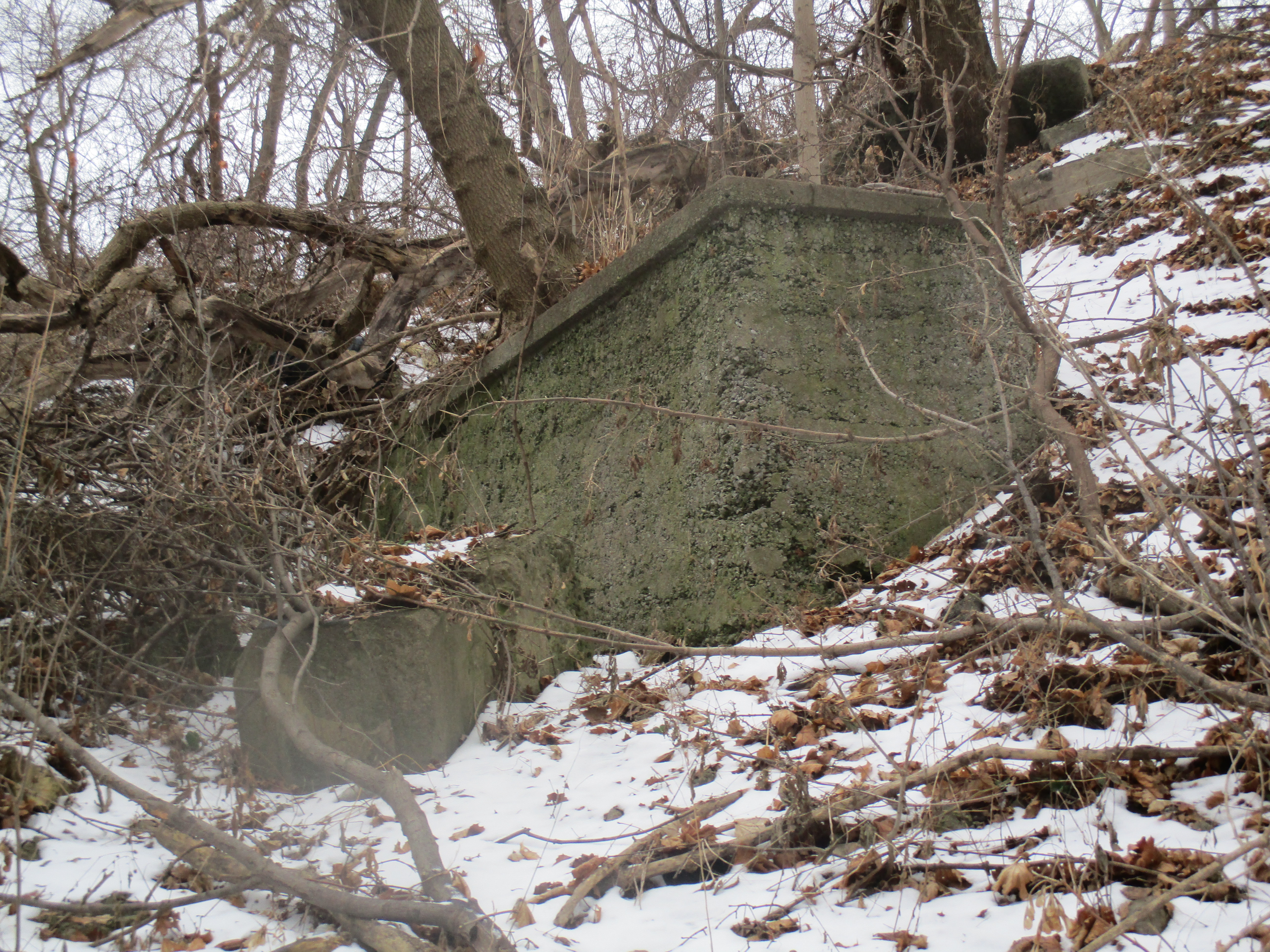August 22, 2021
When Toronto was founded (as York) it was located where it was because it had one of the best sheltered harbours on Lake Ontario. The ship building industry got started early and the nearly completed Sir Isaac Brock warship was a prime motivation for the Battle of York. When the Americans invaded on April 27, 1813 the British burned the ship rather than have it fall into enemy hands. Since that time there have been hundreds of boats and ships built by the dozens of companies that have come and gone. The straightening of the Lower Don in the 1880s followed by the transformation of Ashbridges Bay into The Port Lands after the turn of the century created further opportunities for industry. The Toronto Dry Dock Company Ltd. was one of those new enterprises.
The aerial photograph below is from 1957 and was taken from the Toronto Archives. It shows the straightened Don River making a hard 90 degree turn into the Keating Channel. The buildings of the Toronto Dry Dock Company Ltd and Toronto Ship Building line the south side of the channel with the existing buildings circled in green. At the edge of the channel a ship is currently sitting in dry dock (also circled).
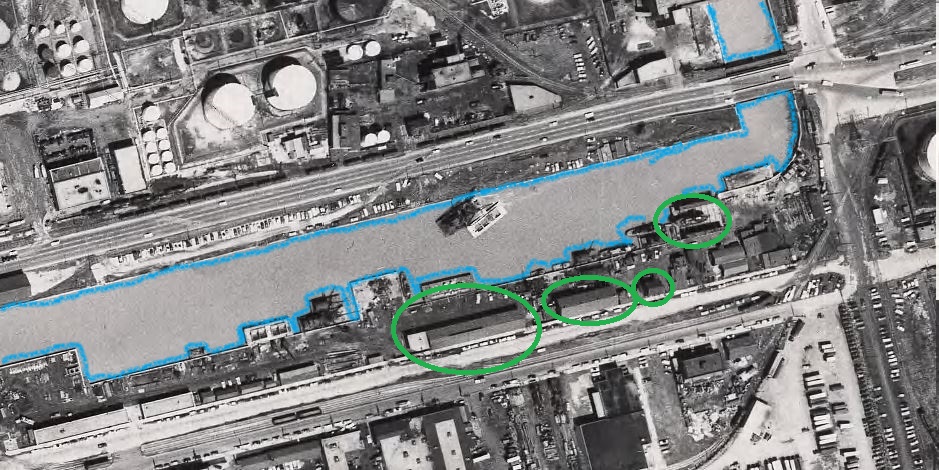
One of the earliest and most successful manufacturers of steam engines and ships was Polson Iron Works. They produced around 150 vessels and were intended to occupy Polson’s Pier in the newly created Port Lands but didn’t move there because of the First World War and then they suffered bankruptcy in 1919. Meanwhile, The Toronto Dry Dock Company and its co-owned Toronto Ship Building Company established themselves along side the Keating Channel. Three of their former buildings can be seen in the picture below.

While Polson was busy pumping out minesweepers for the military, the newly founded Dry Dock and Ship Building enterprise got a contract to build cargo ships for the military. War Ontario and War Toronto were their first two ships. Their facilities faced the Keating Channel with access to Lake Ontario and the Great Lakes but they also faced Villiers Road where a railway spur gave them access to the rest of the province.
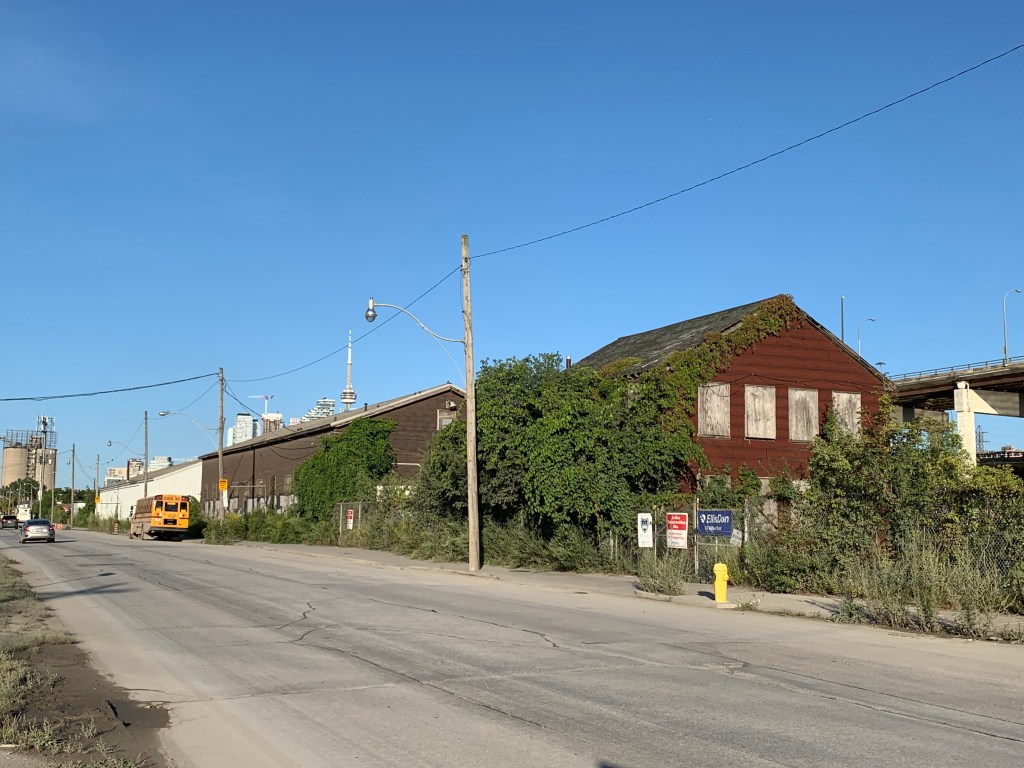
The building at 170 Villiers served as the front office of the business, greeting customers from the street side, rather than the rear which looked out over the work yard.

The side of the building facing Villiers Street was a lot more inviting in 1954 when this Toronto Public Library photo was taken.
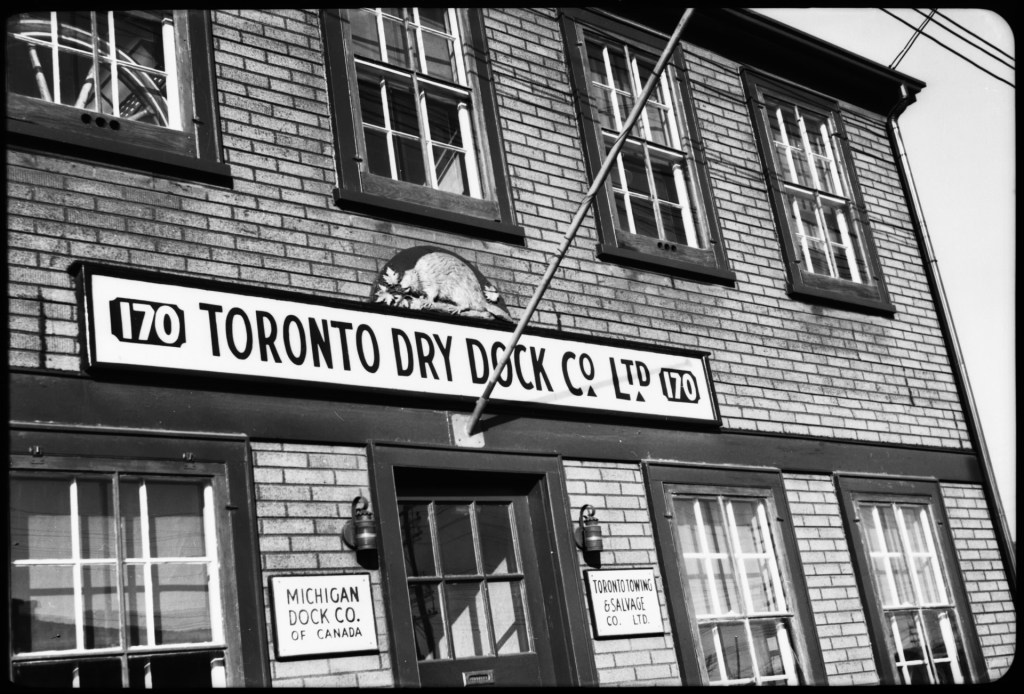
The business would continue until 1964 when it would become part of Port Weller Dry Docks. Following their demise, the property was sold to the Toronto Port Authority. Today, the windows are all boarded over and the front of the building is grown over in ivy.

However, the front door is still there, secretly waiting for dry dock customers who never arrive.

When Toronto Dry Dock Company Ltd. received its charter in 1917 as a vessel repair yards, C.S. Boone was the first president. It was an off-shoot of C.S. Boone Dredging & Construction, of which he was also the president. They started business with a floating dry dock that was 160 feet long that was tethered to the concrete wall in front of the office building.
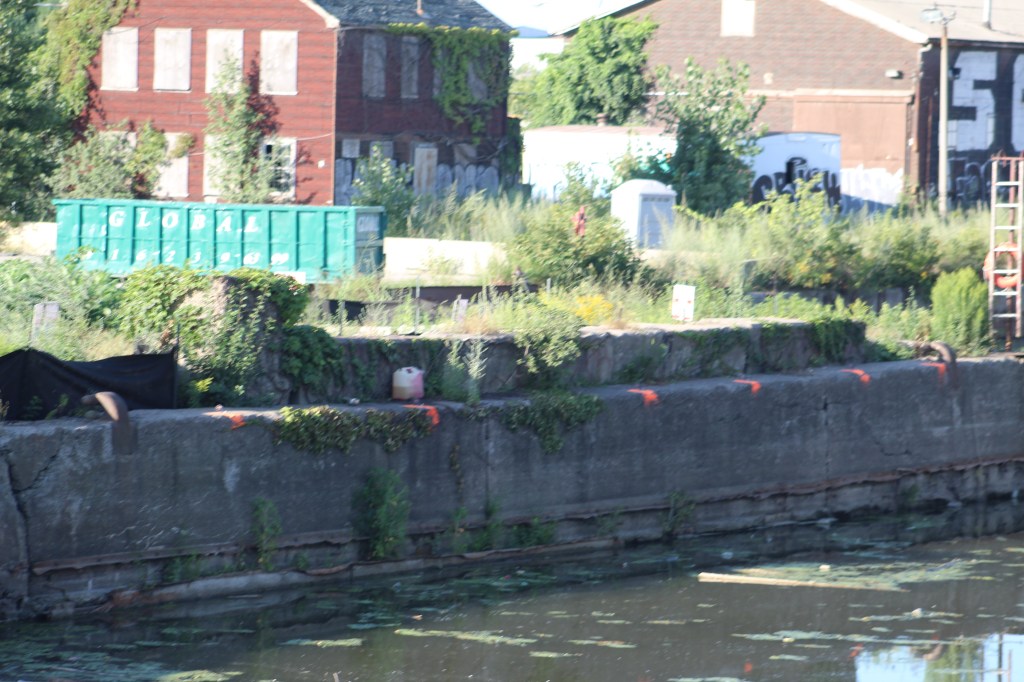
However, they soon found that it wasn’t large enough for many of the vessels they could have worked on. In 1920 they purchased another dry dock which was sitting in Montreal. It had been used during the war to re-assemble ships that had been taken apart and floated through various canals to the St. Lawrence River so that they could be added to the war effort. The dry dock was towed to Toronto where it was added to the existing one. This gave the yards the ability to work on the biggest ships on the Great Lakes. The building below was used to build and repair large boilers and steam engines. It has been the unfortunate victim of someone who doesn’t know how to spell “scarface” and chose to display it in ten foot letters.
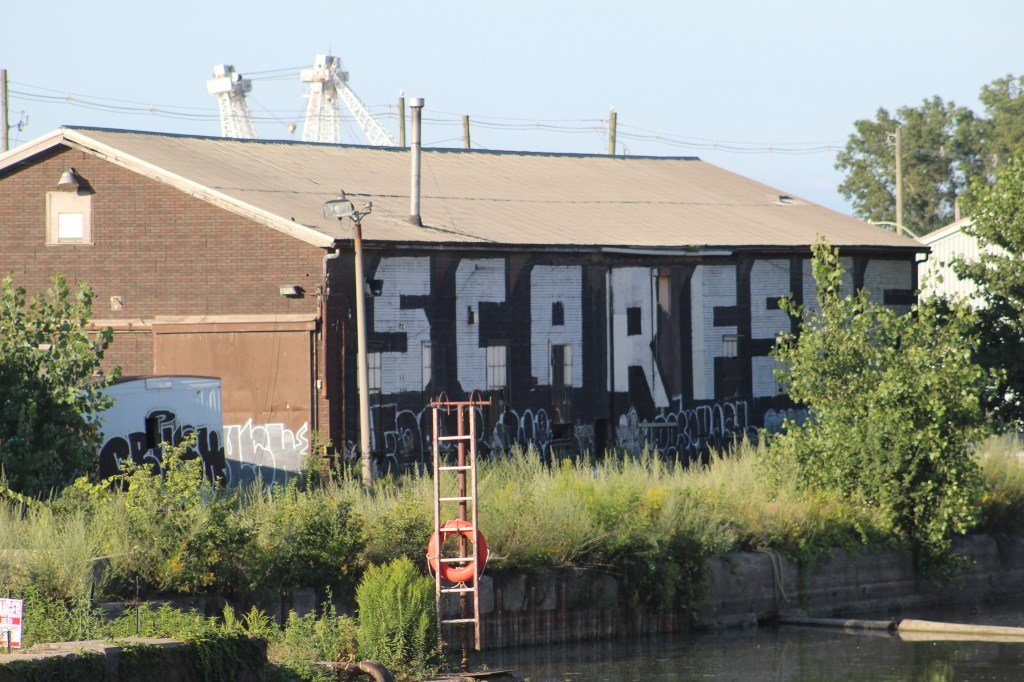
When The Don Narrows were created by straightening the Lower Don River one of the objectives was to create shipping to service the industries along the river. Instead, the 90 degree turn into the Keating Channel led to serious silting problems and the larger ships were often unable to reach the dry docks for repairs. By the early 1940s Henry J. Dixon had become the principal owner and he started Toronto Towing and Salvage Ltd. and moved away from the dry dock business. Villiers Street was formerly serviced by a rail line that ran down the middle of the street and it provides the vantage point for the picture below.

Over the years the company had bought up scrap vessels and salvaged a large number of parts which they used in repair of other ships. When the company went into liquidation in January 1964 a lot of the left over items were sold for scrap metal. The buildings became part of the Toronto Harbour Commission properties but the dock facilities on the Keating Channel in front of the third building have been left to deteriorate.

Fortunately, not everything in the yard was sold for scrap. The Marine Museum of Upper Canada had been opened in Stanley Barracks on the CNE grounds in 1957 and a large number of local marine artifacts were donated to the museum. In 2000 the museum, now known as Toronto Maritime Museum, was relocated to Pier 4 in Queens Quay West. In 2008 the museum was closed and all the artifacts have been in storage ever since.
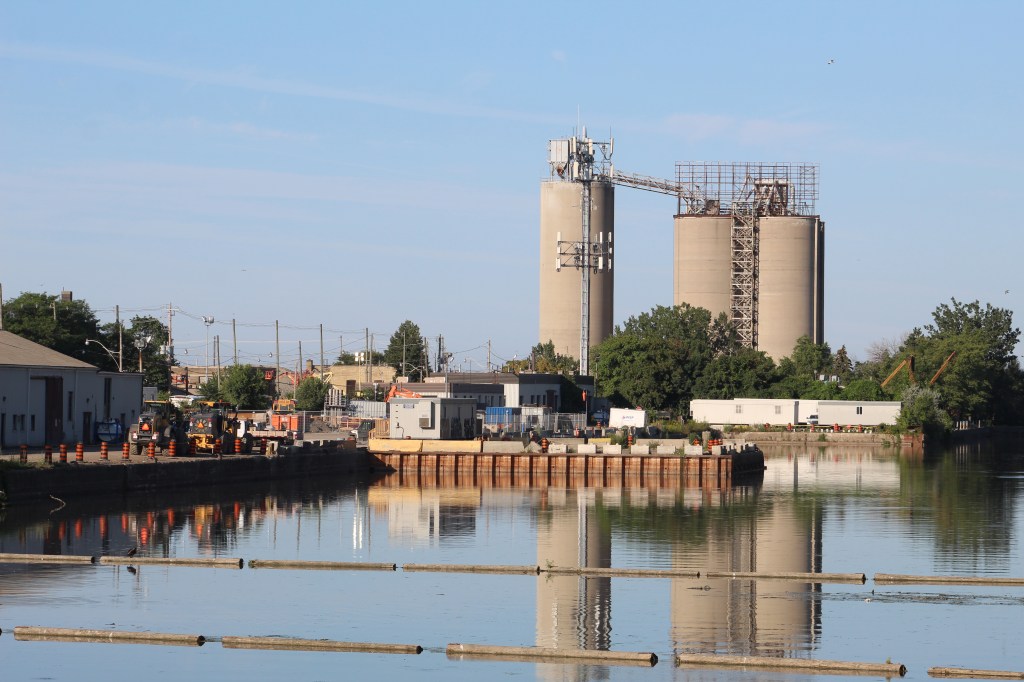
The first two ships built in the yards were sisters named War of Ontario and War of Toronto. Both were completed in 1918 in time for the last of the Great War in Europe. The picture below is part of the Bowling Green State University collection and shows the wooden hull of the War of Toronto as it was being launched into the Keating Channel.
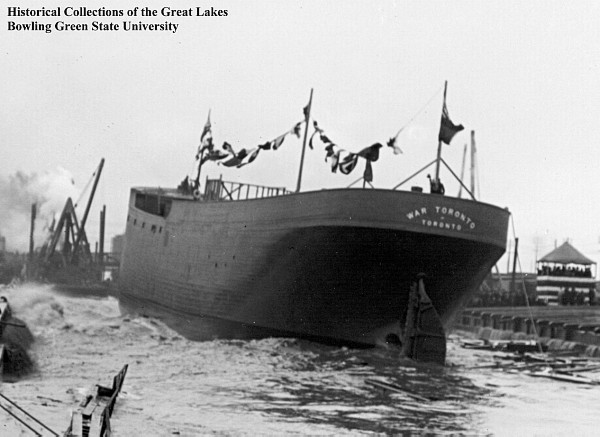
The island Ferry “Sam McBride” was built in 1939 by Toronto Dry Dock Limited and remains in service to Toronto Islands today. Sam McBride was born in Toronto in 1866 and was mayor from 1928-1929 and again in 1936. He passed away before completing his second term. This image is taken from Wikipedia.
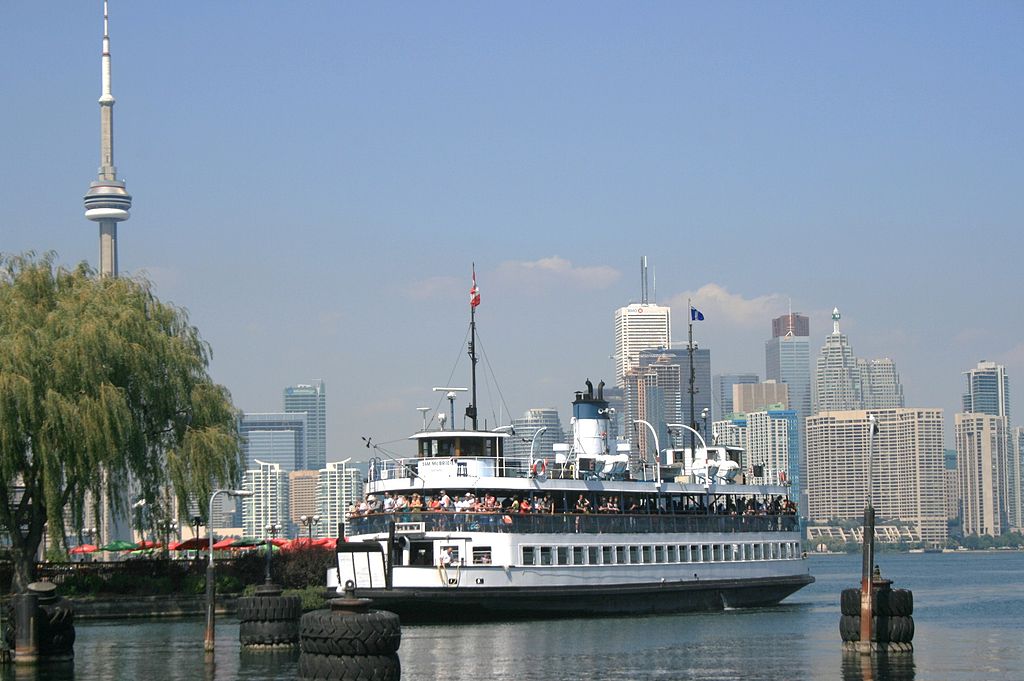
Toronto needs a new home for our Marine Museum and these few remaining buildings could be the perfect place for it. It would be a sort of homecoming for many of the artifacts and historic vessels could be tied up along the Keating Channel for museum guests to explore.
Related articles: The Battle of York, The Don Narrows, The Port Lands
Google Maps Link: 170 Villiers Road
Like us at http://www.facebook.com/hikingthegta
Follow us at http://www.hikingthegta.com
Also look for us on Instagram
